Welcome to the ultimate list. We did the work and found the 100 Most Extreme Animals in the USA. It can’t get more extreme in the animal kingdom (we didn’t list humans).
Please follow us on MSN, share, like and comment here!
#1 Grizzly Bear – One of the most powerful predators
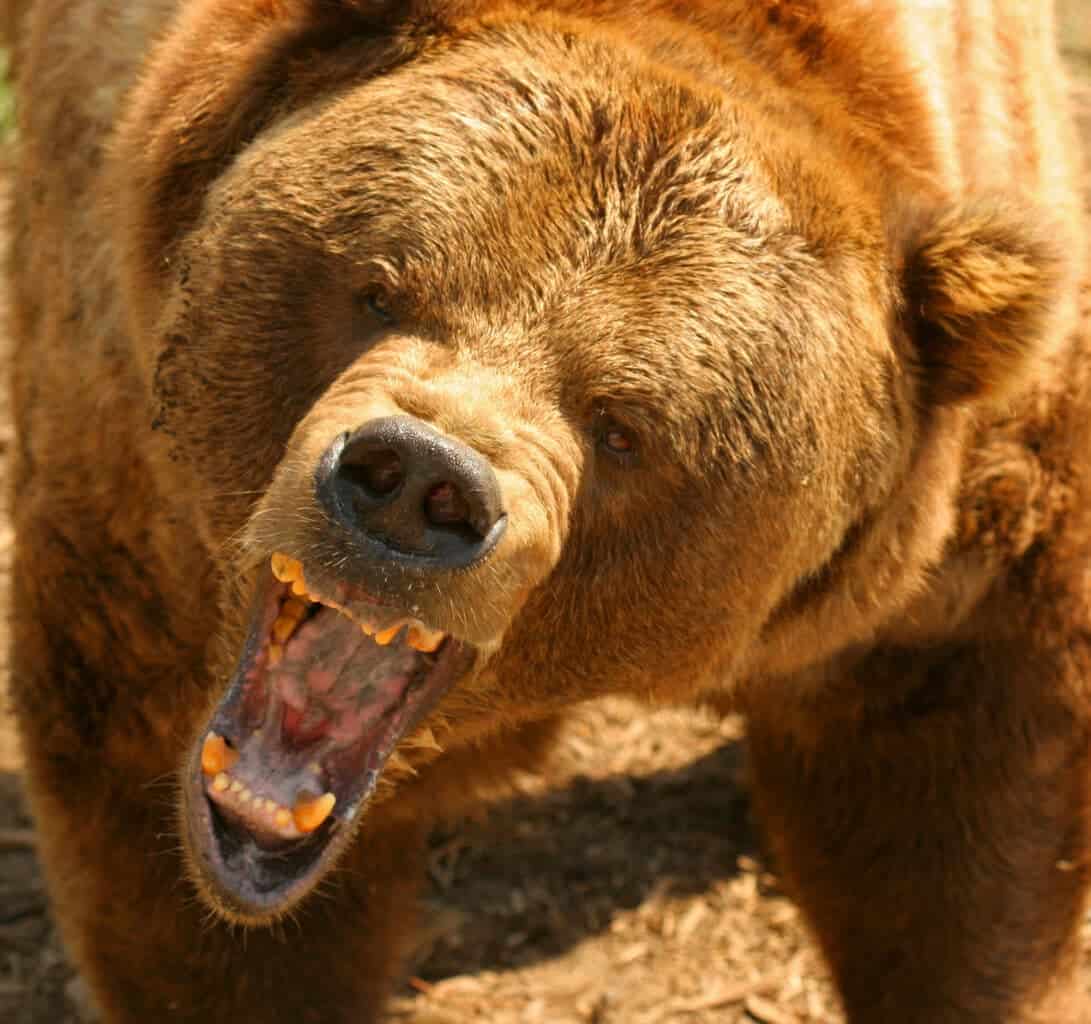
#2 American Bison – The largest land animal in North America
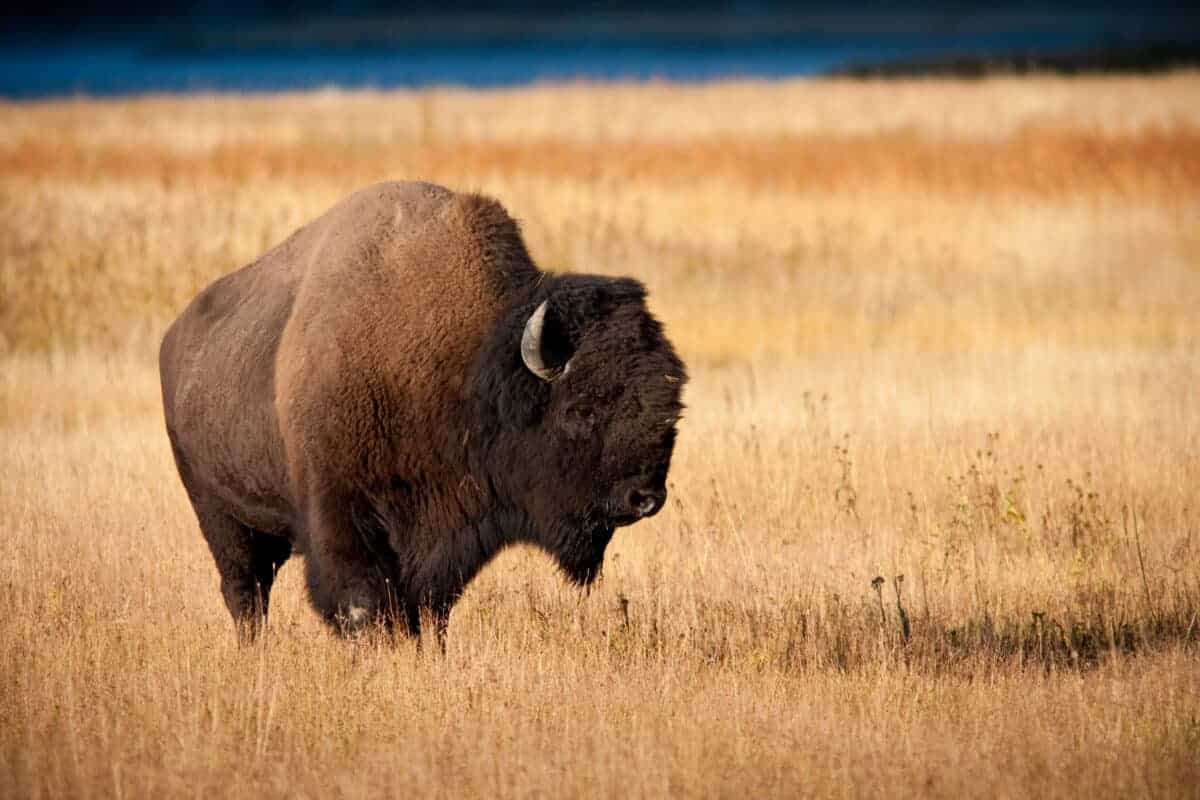
#3 Moose – The largest member of the deer family with impressive antlers
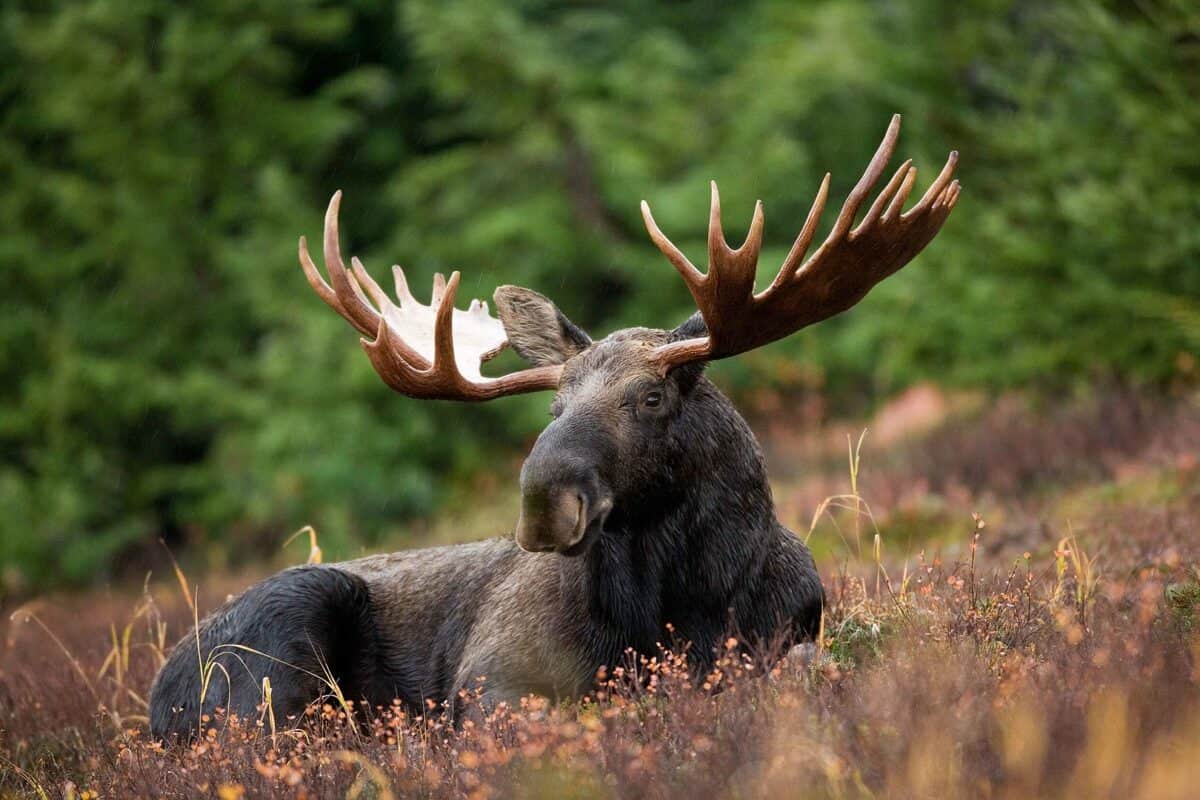
#4 California Condor – One of the world’s largest birds with an impressive wingspan
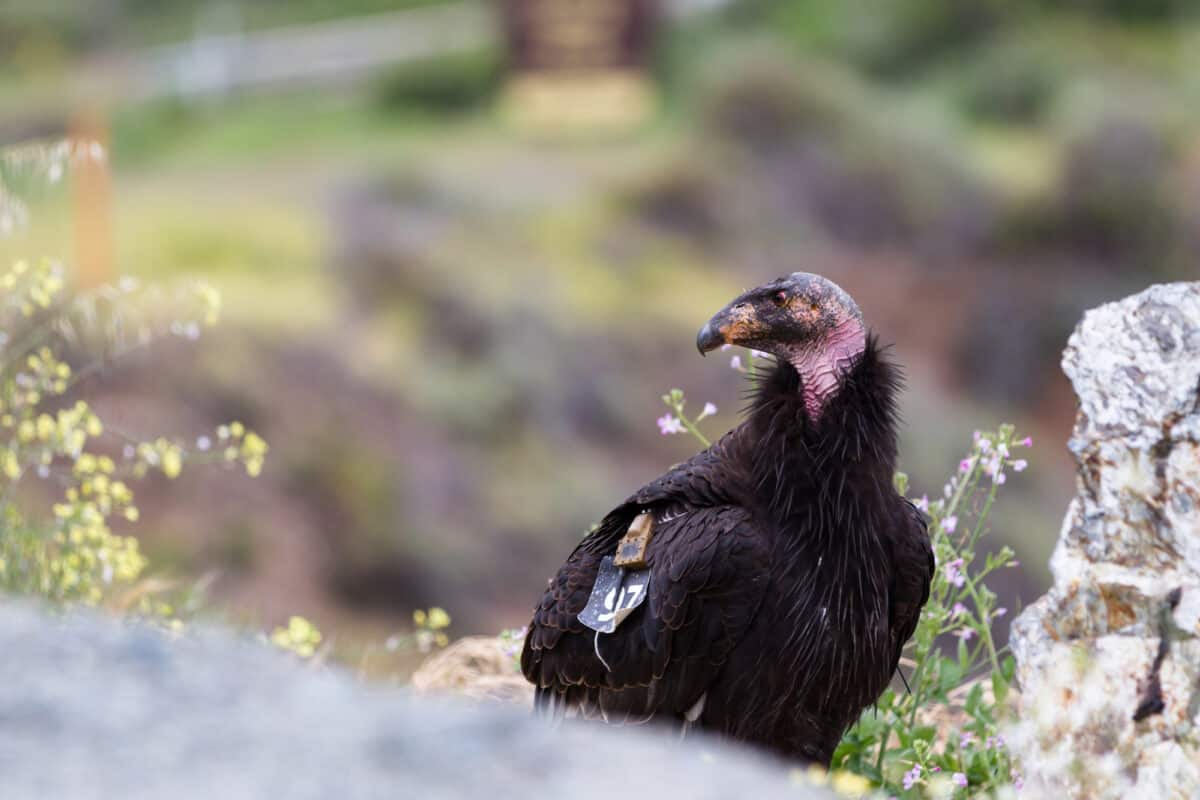
#5 Peregrine Falcon – The fastest bird, capable of reaching speeds over 200 mph during dives
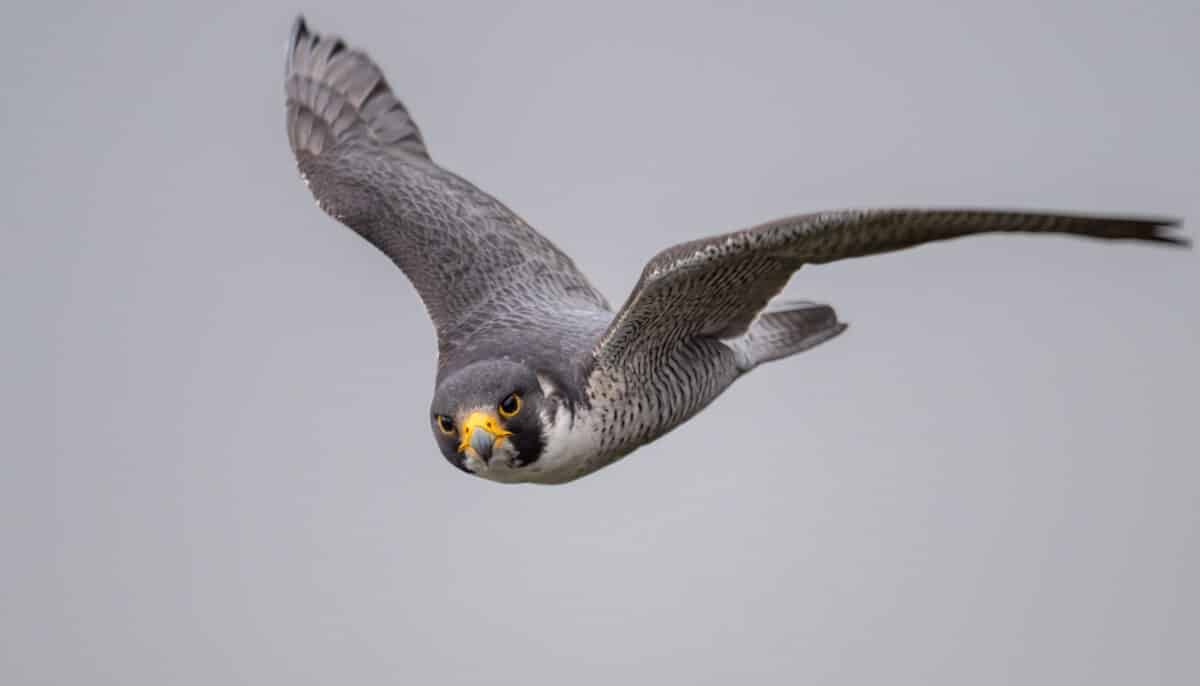
#6 Polar Bear – The largest carnivore on land, adapted to Arctic life
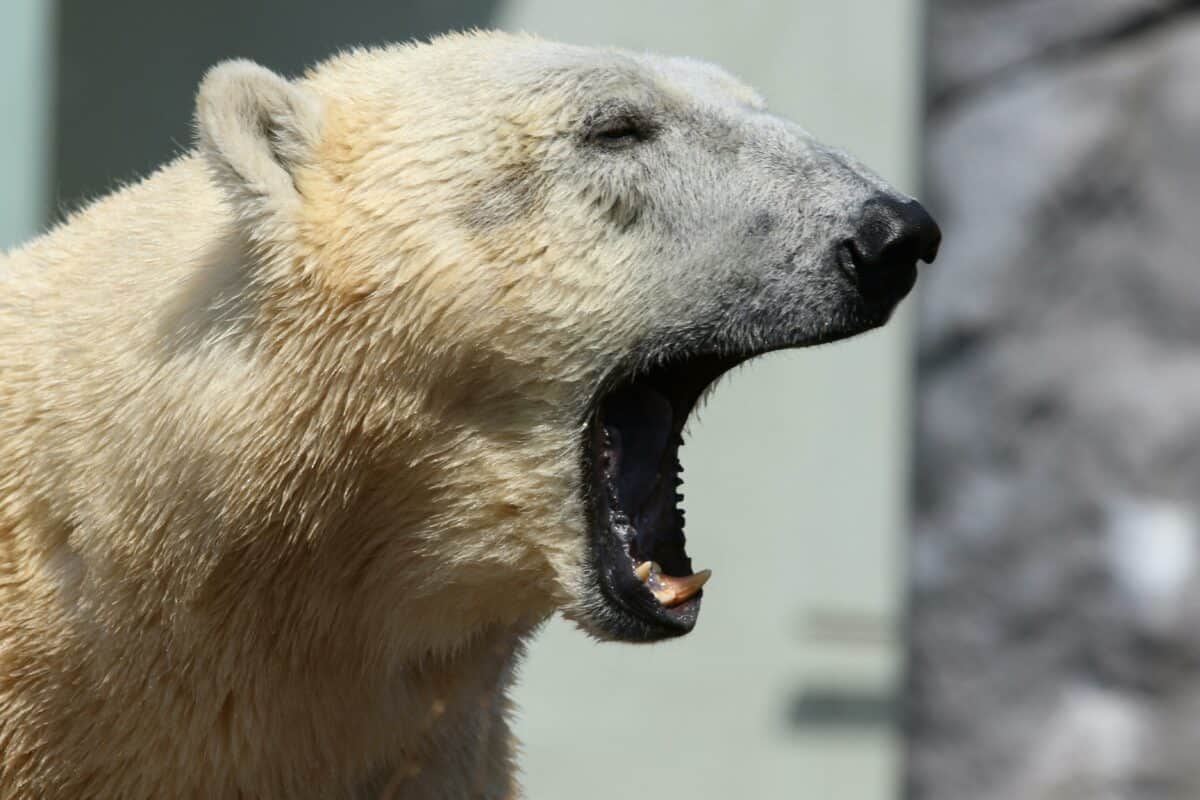
#7 Alligator Snapping Turtle – A large freshwater turtle with a strong bite
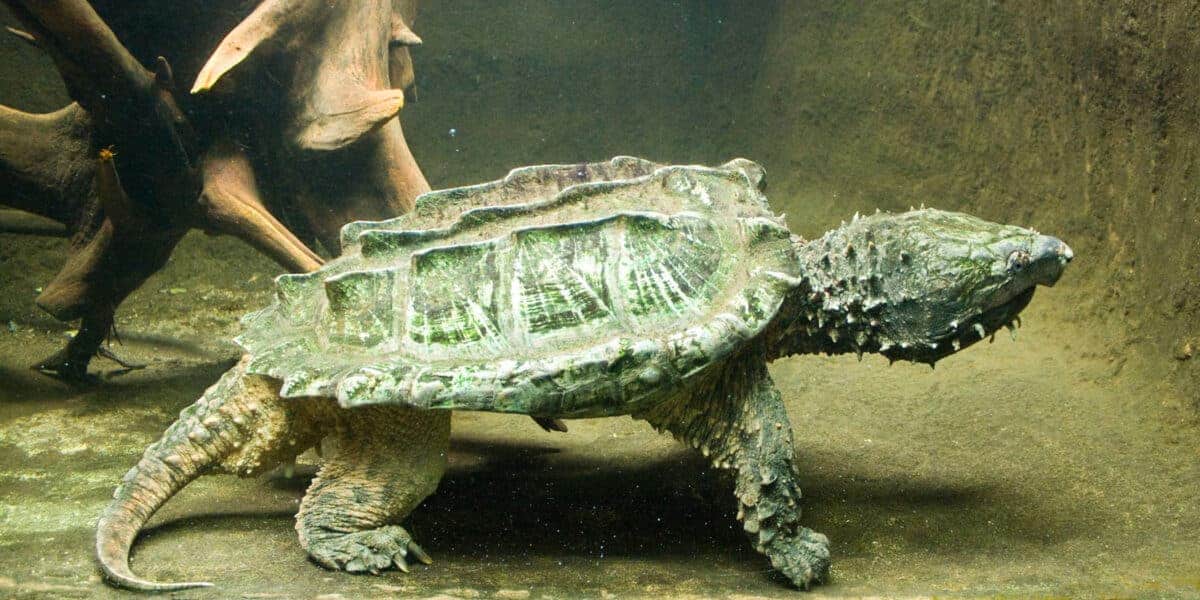
#8 American Alligator – A large and formidable predator in southern swamps
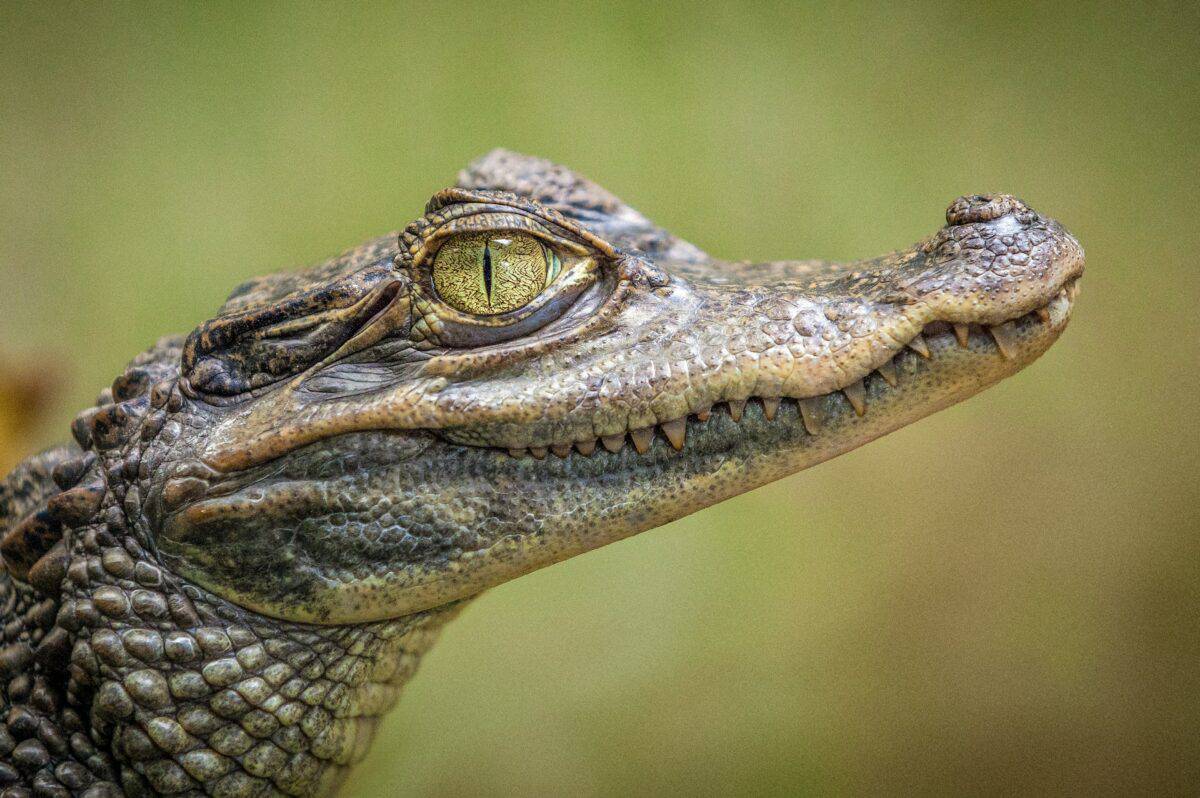
#9 Mountain Lion (Cougar) – A skilled predator with a wide range across the continent
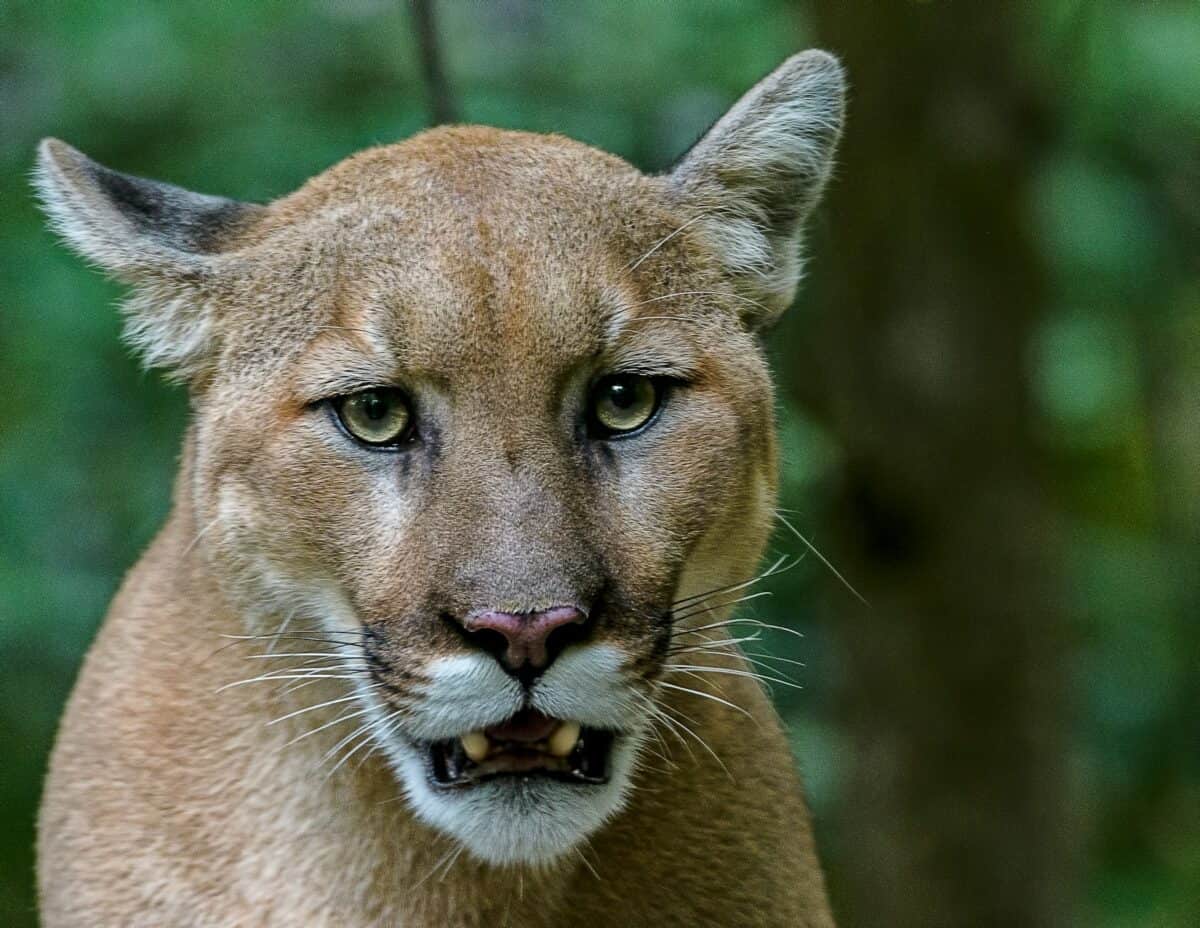
#10 Wolverine – Known for its strength and ferocity, despite its size
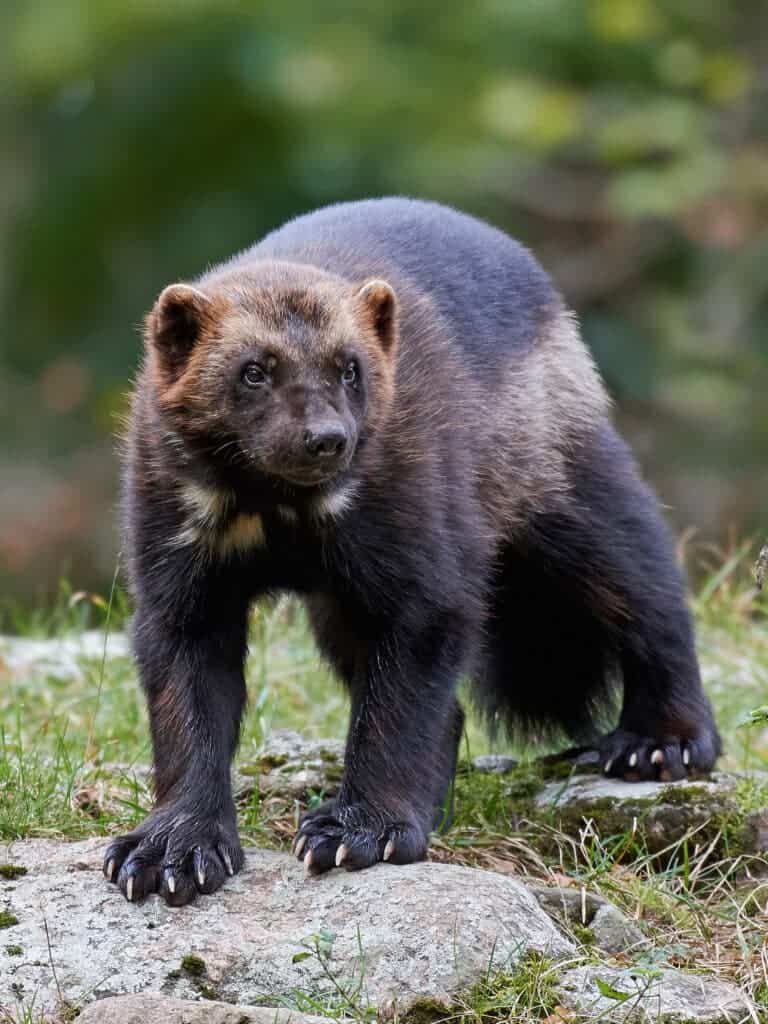
#11 Bald Eagle – The national bird of the United States, known for its size and powerful build
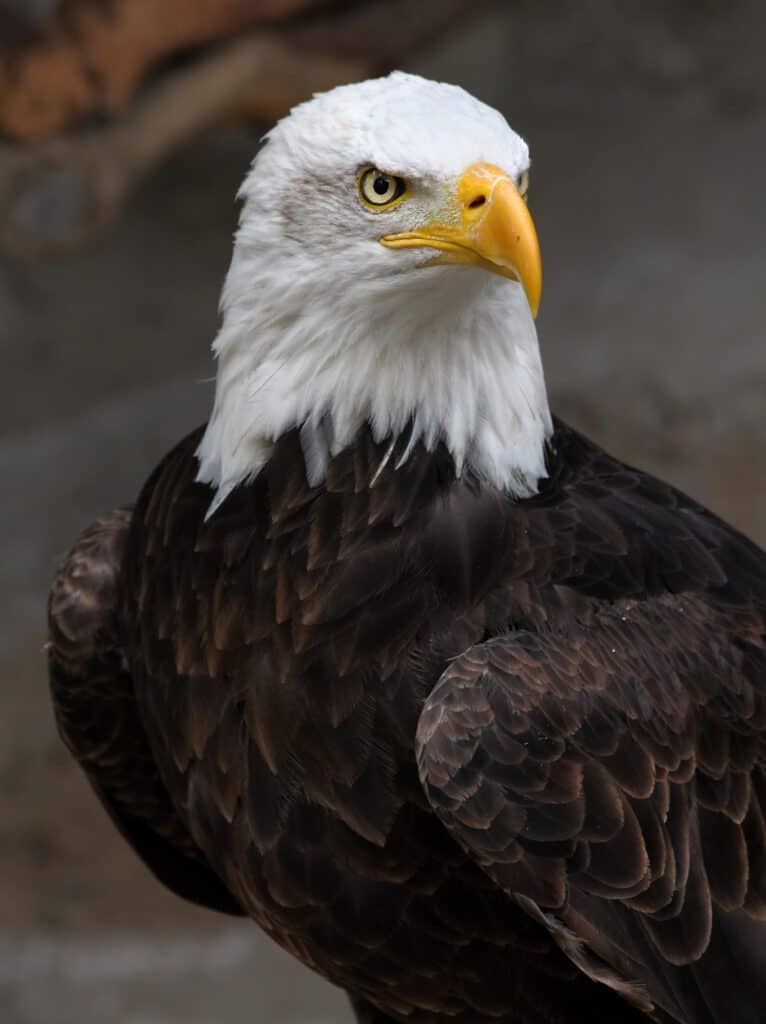
#12 Great White Shark (off the coasts) – A powerful predator in the oceans around North America
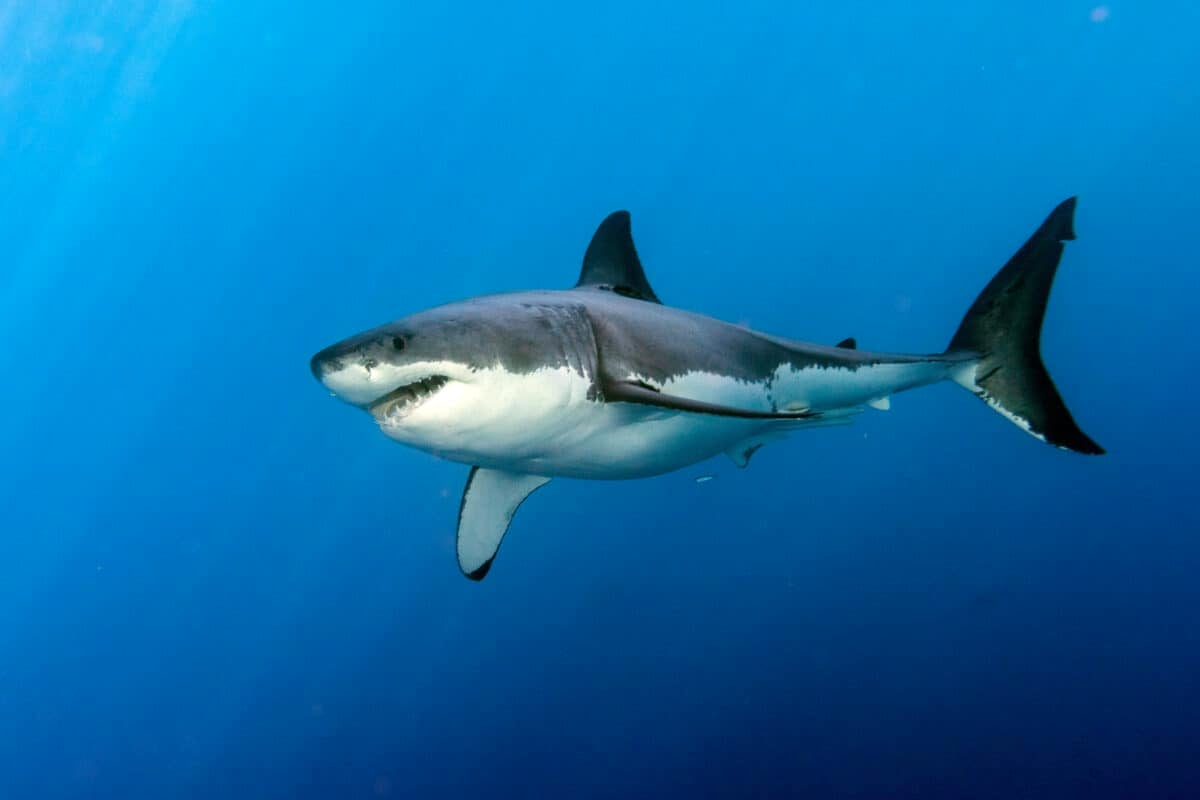
Patrolling the coastal waters, the Great White Shark is one of the ocean’s most renowned predators, known for its size, strength, and sharp teeth.
#13 Elk – Known for their impressive size and antlers
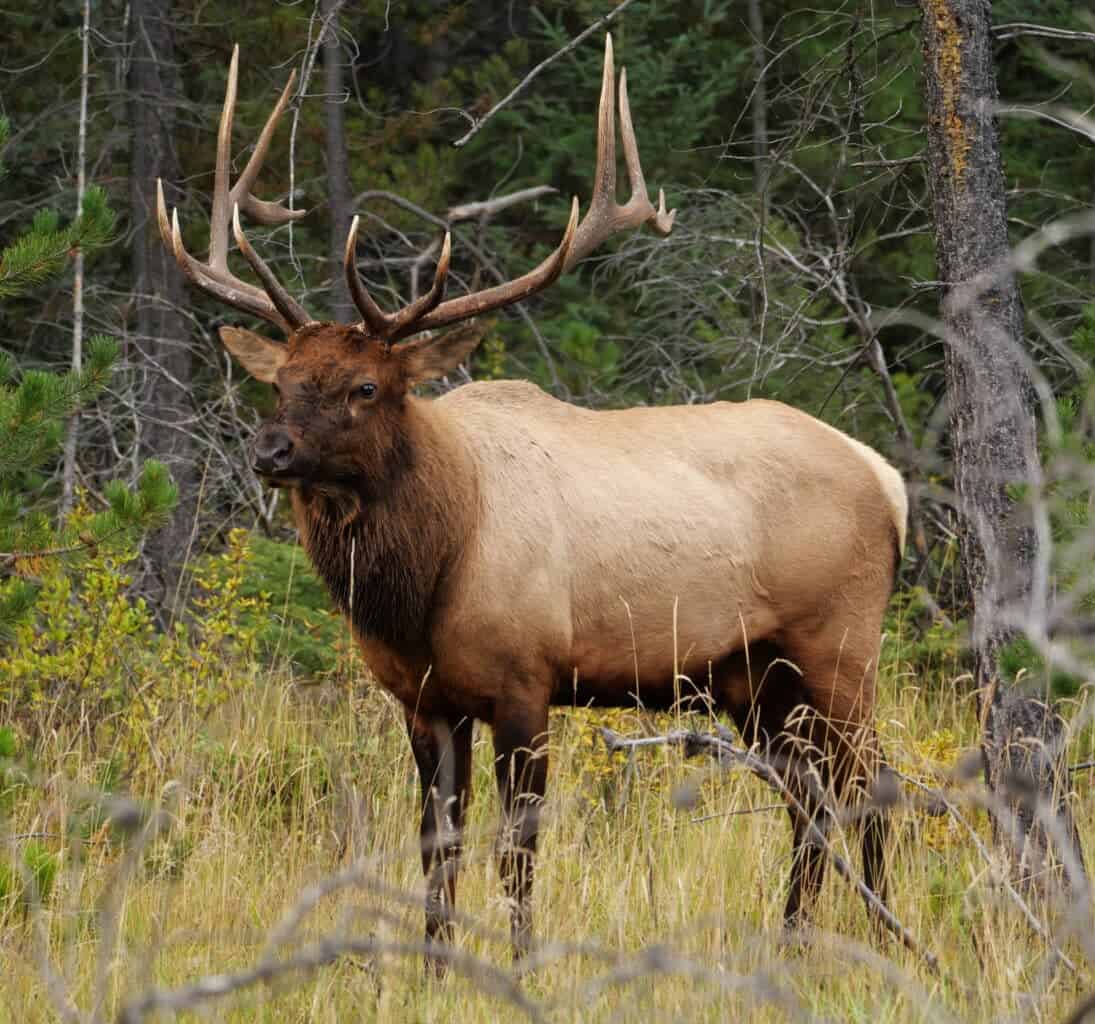
#14 Pronghorn – The fastest land animal in North America
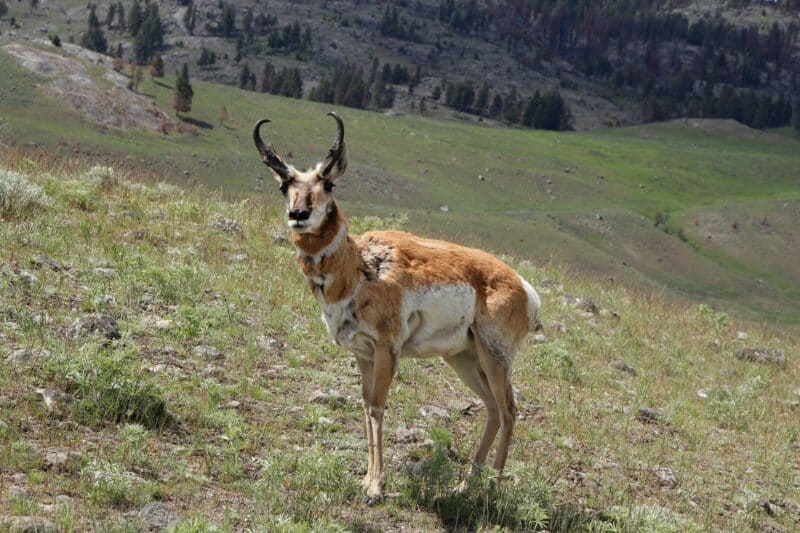
The pronghorn is celebrated as the fastest land mammal in North America, capable of reaching speeds that rival African antelopes.
#15 Gray Wolf – A top predator with a complex social structure
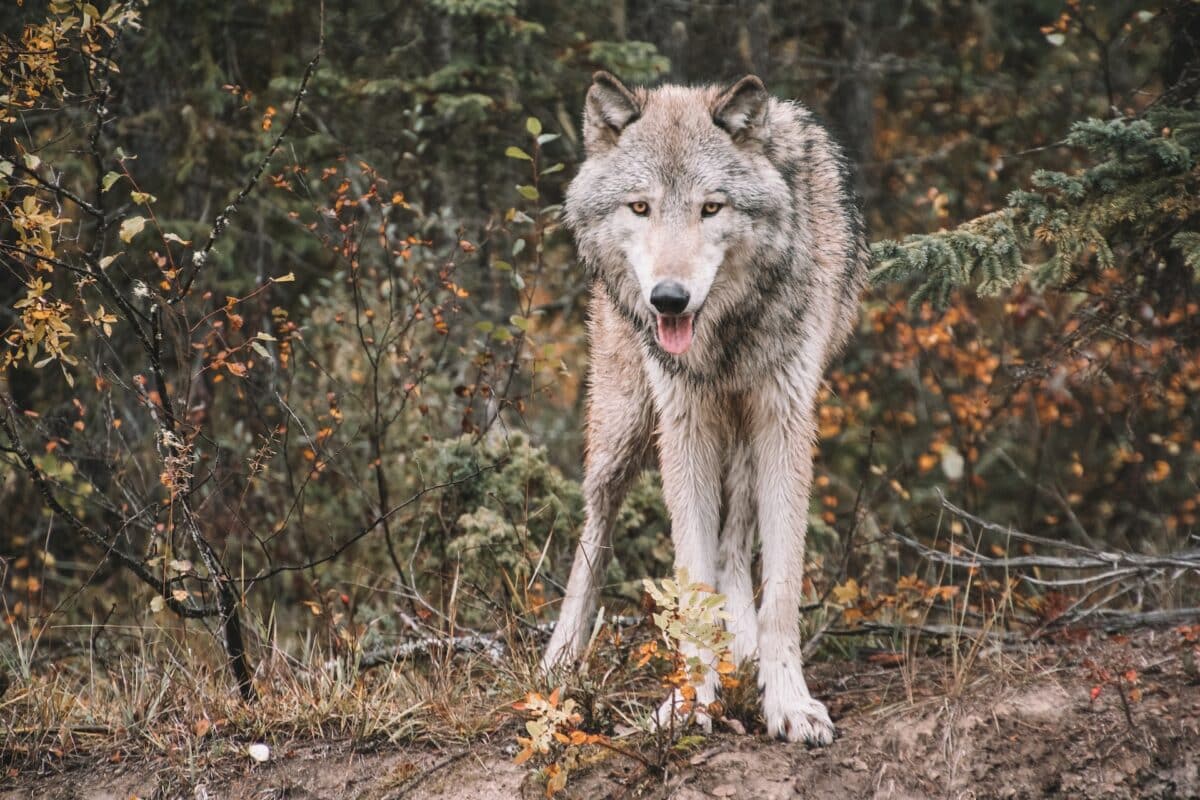
#16 American Crocodile – Less common than alligators but equally formidable
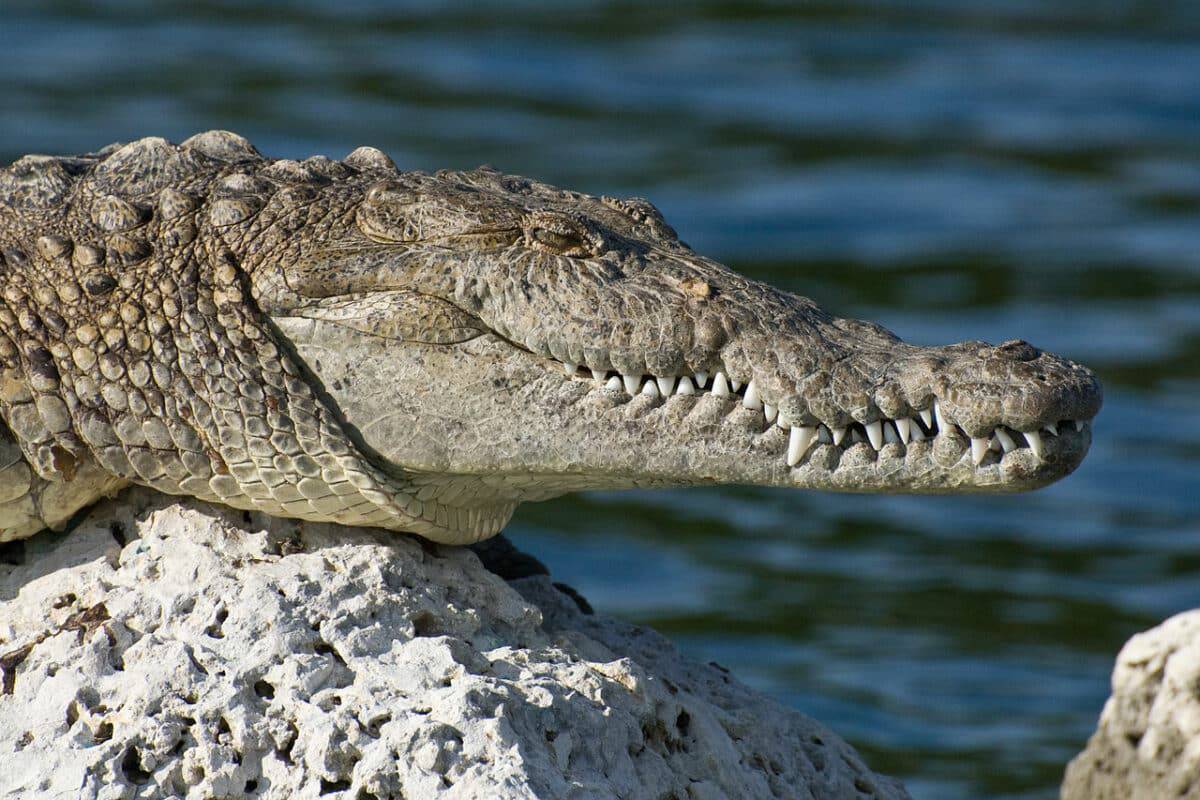
#17 Jaguar – The largest cat in the Americas, primarily found in the south
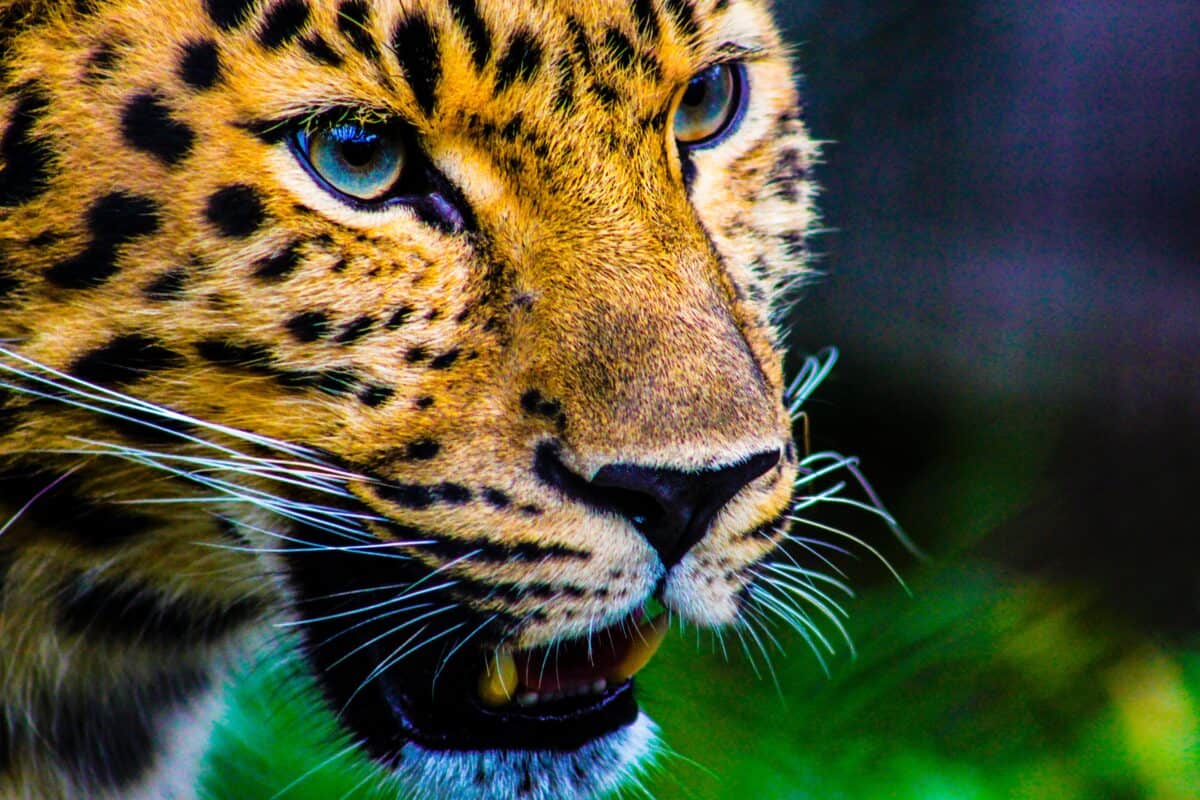
#18 Anaconda (in the southern fringe) – One of the largest and most powerful snakes
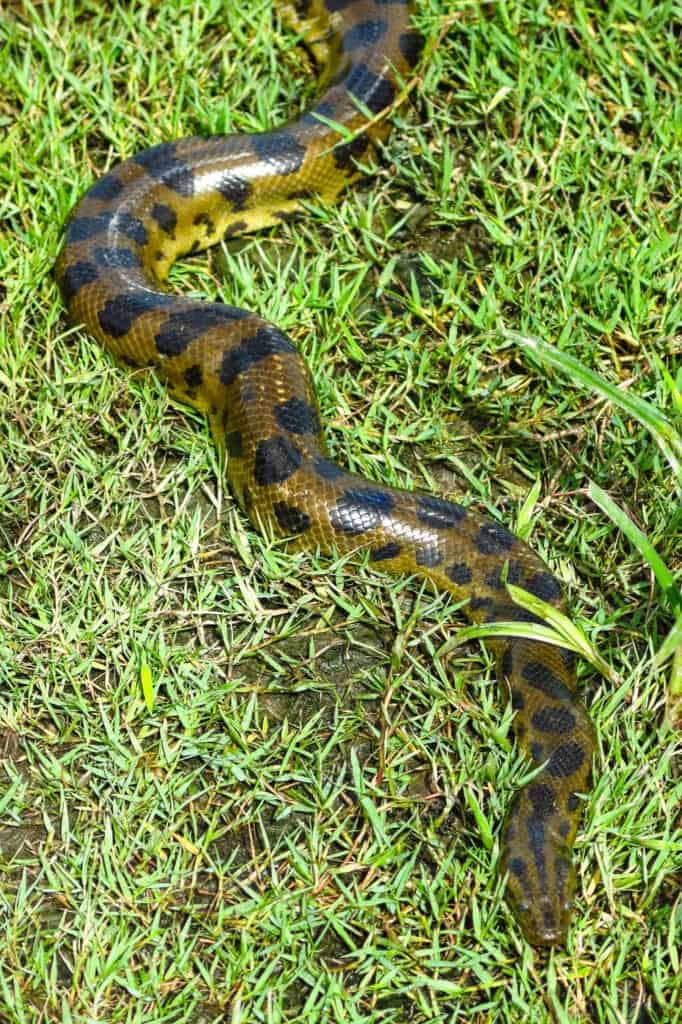
#19 Kodiak Bear – One of the largest bear species, found in Alaska
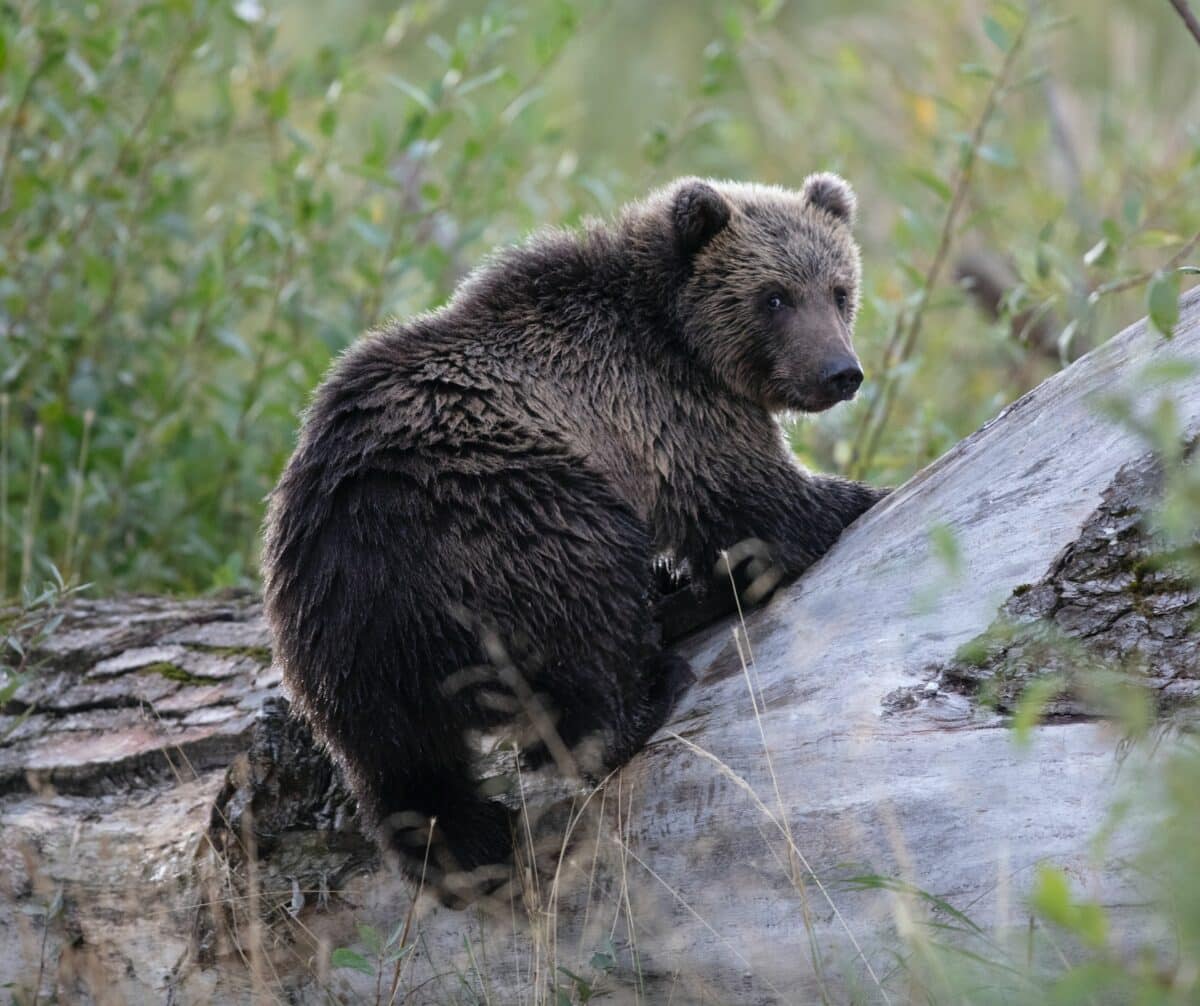
#20 North American Porcupine – Known for its protective quills
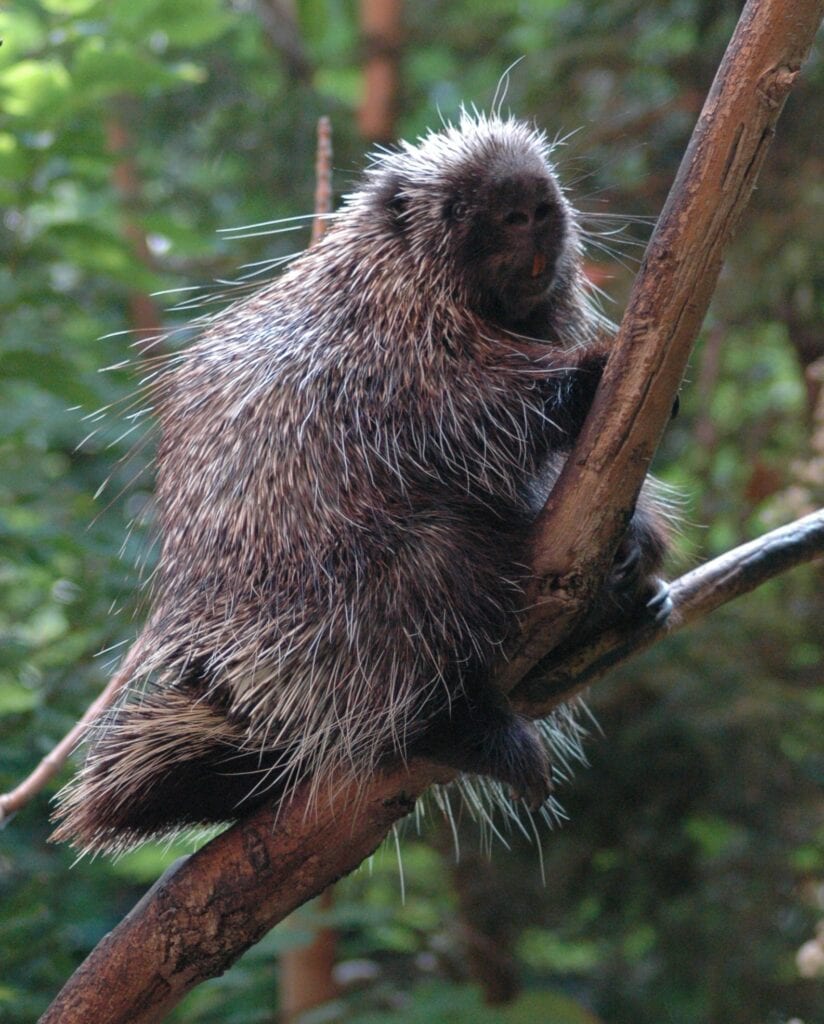
#21 Rattlesnake – A venomous snake known for the rattling sound it uses as a warning
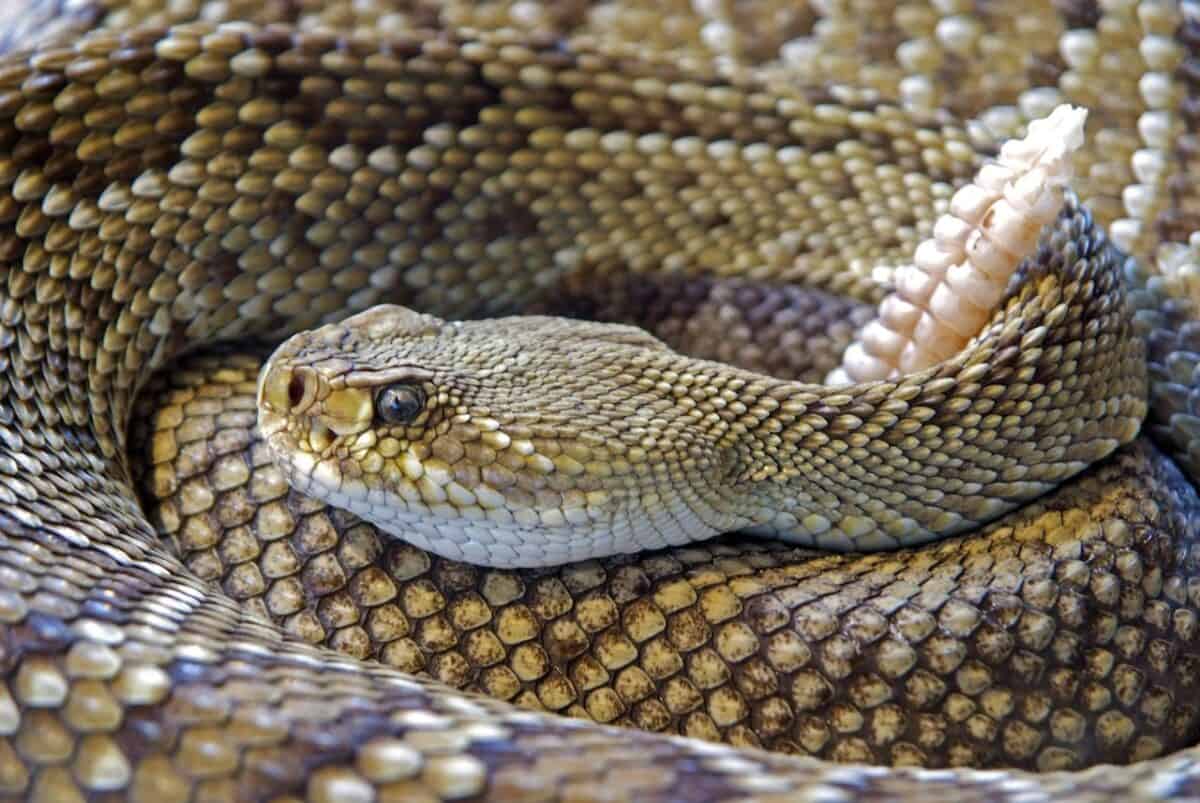
#22 Gila Monster – One of the few venomous lizards in North America
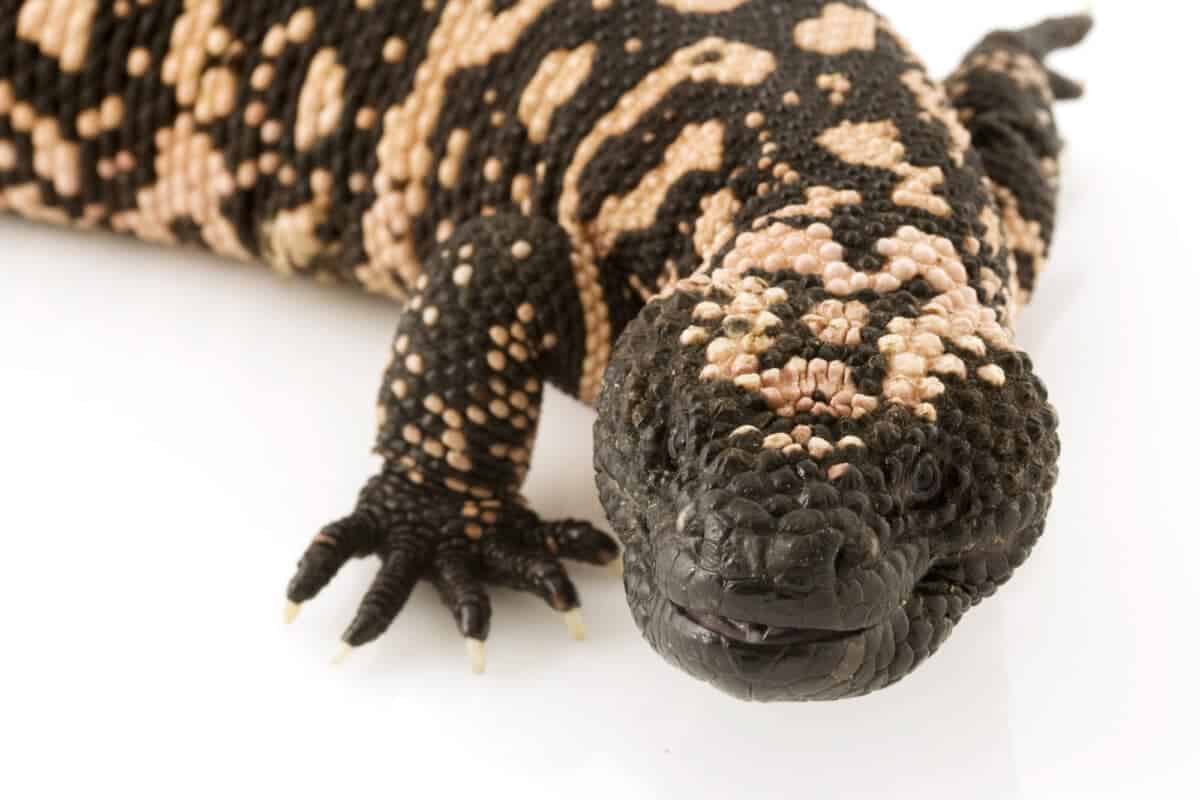
#23 American Black Bear – The most common bear species on the continent
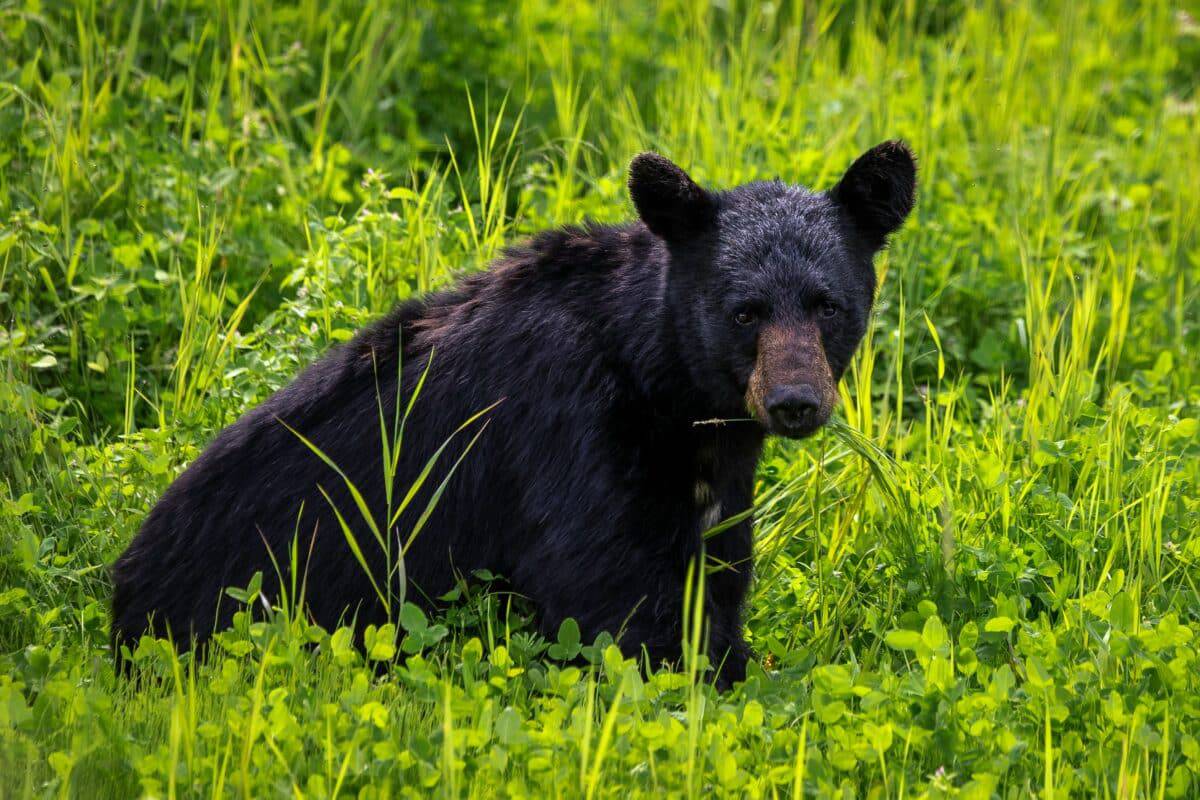
#24 Ocelot – A small but fierce predator found in southern parts
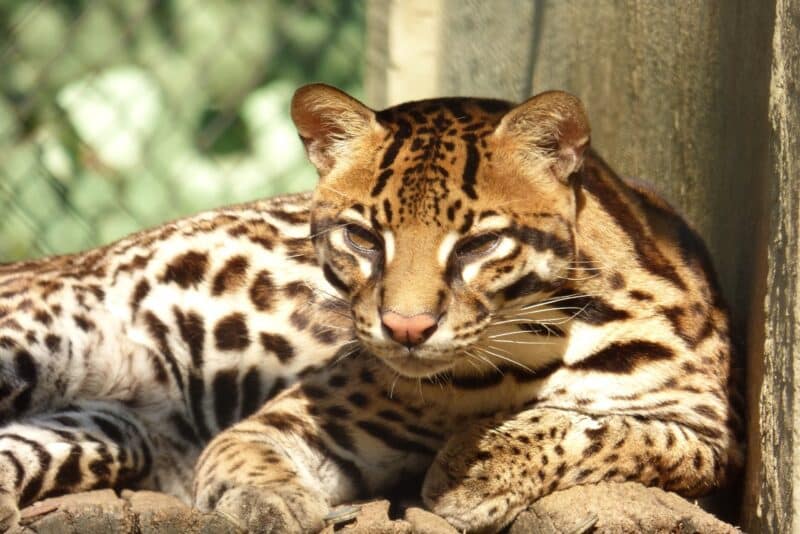
#25 Whooping Crane – One of the tallest North American birds, known for its conservation story
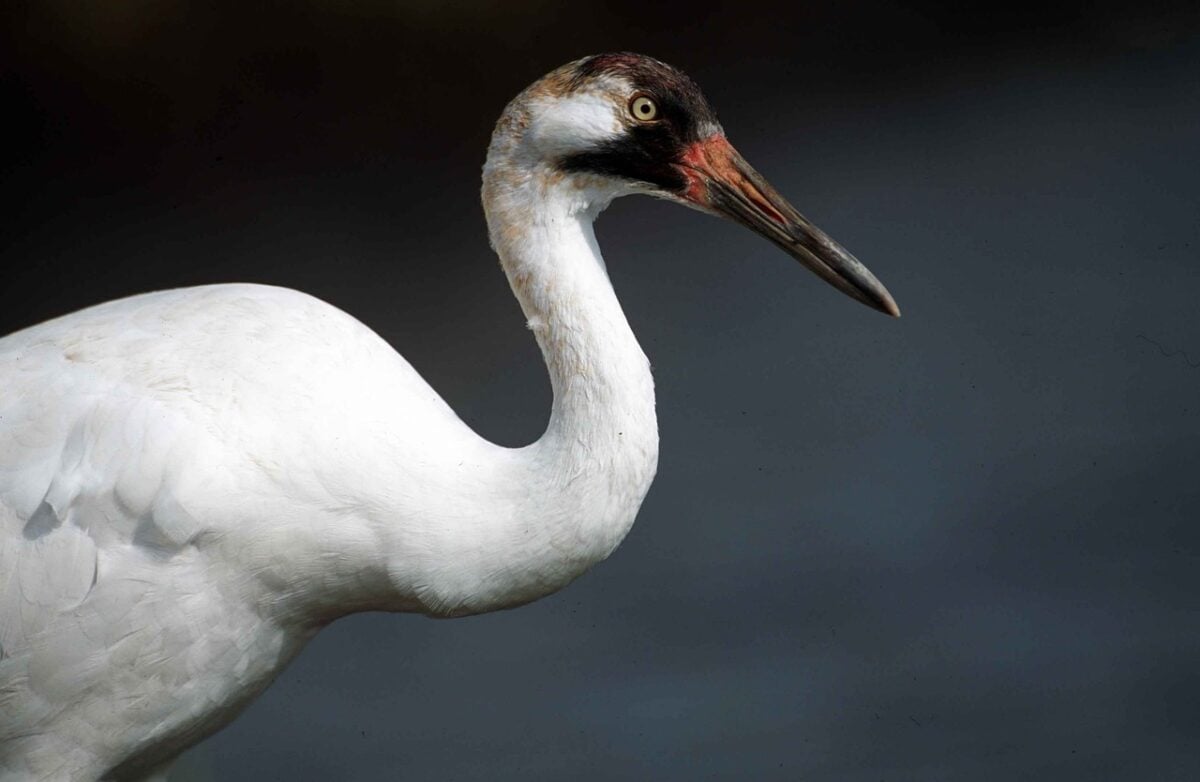
#26 Bighorn Sheep – Known for their large, curved horns and mountain climbing abilities
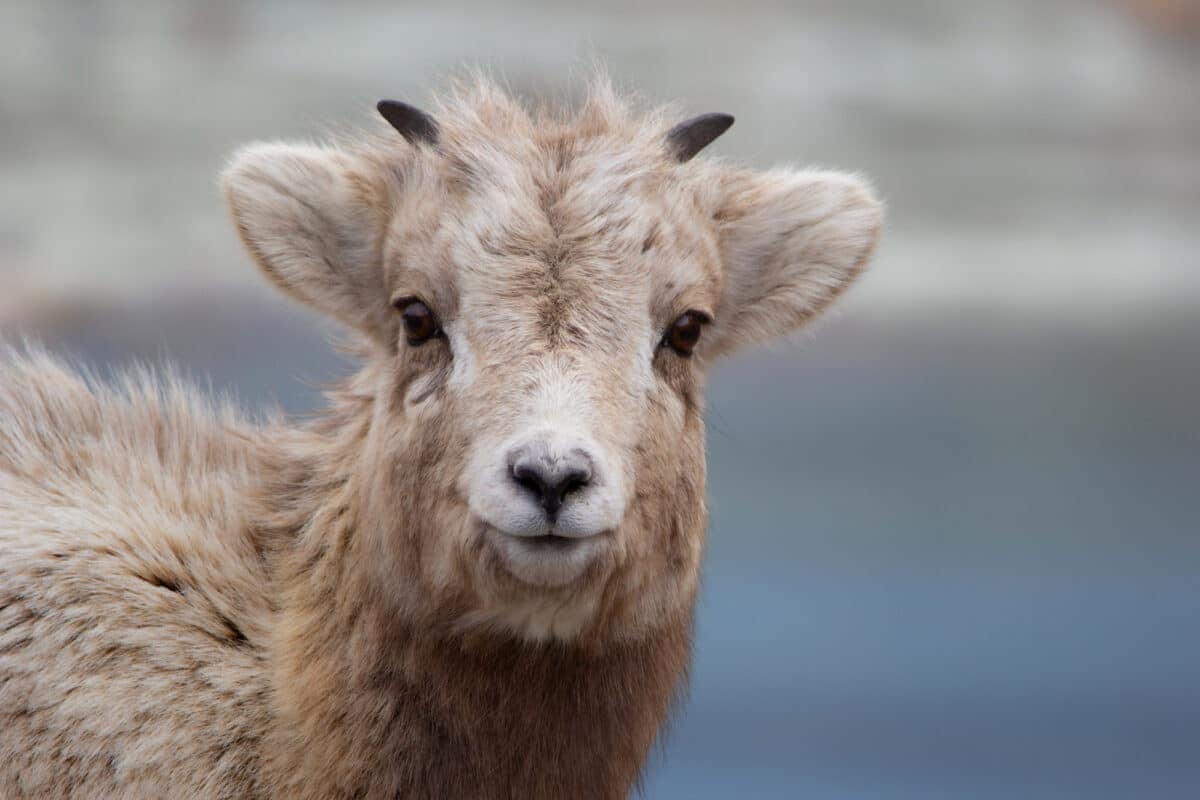
#27 Manatee – A gentle giant found in coastal waters and rivers
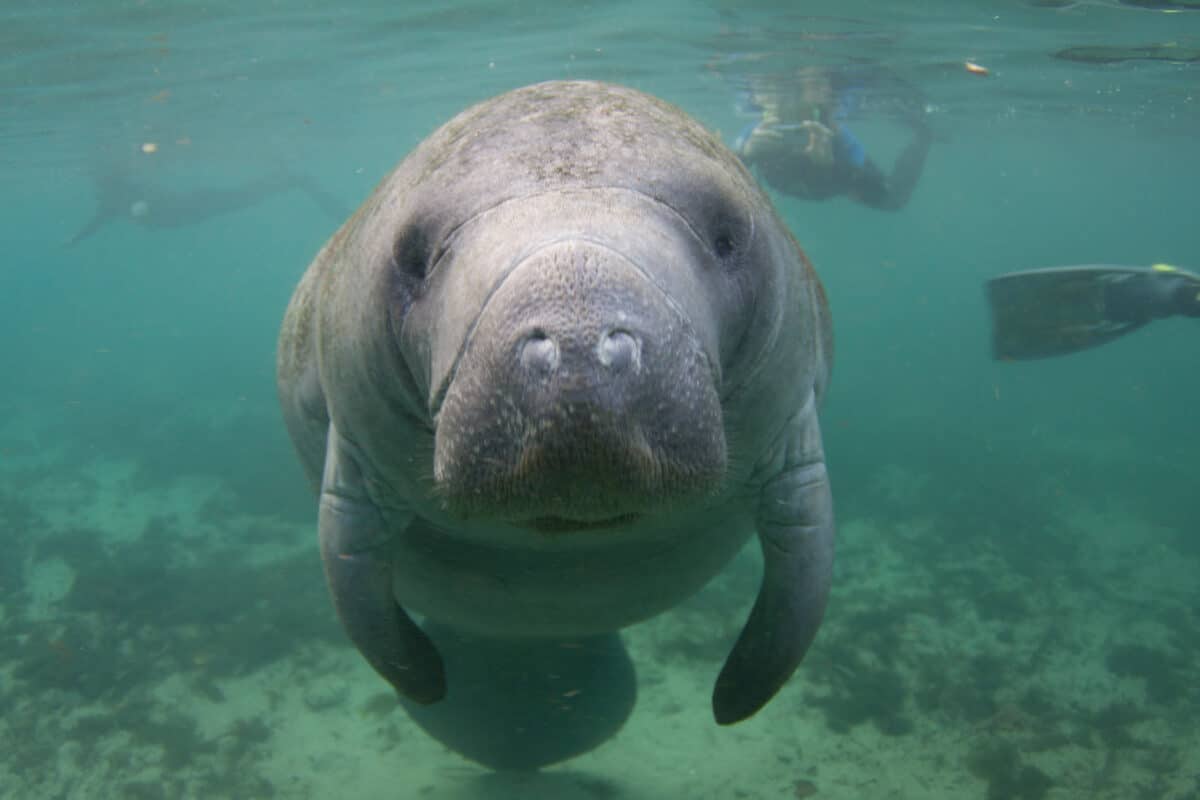
#28 Sea Otter – A marine mammal known for using tools to eat
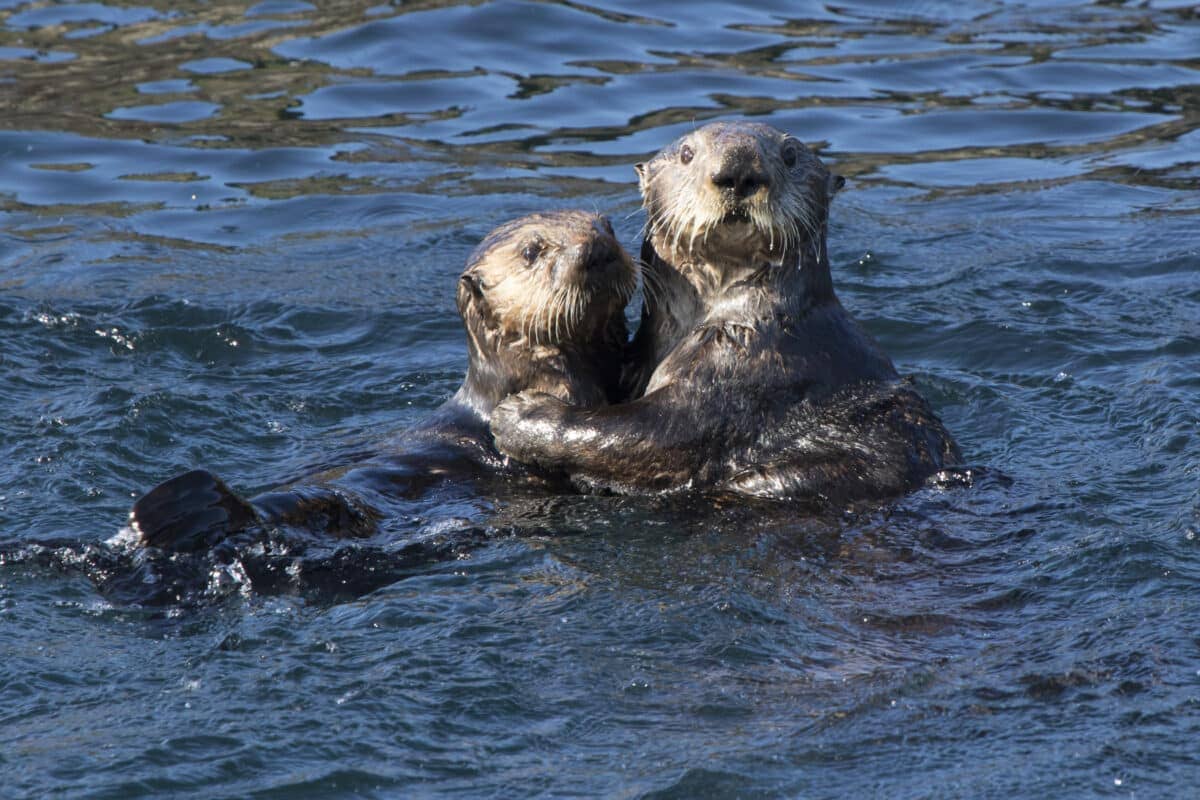
#29 Narwhal – The “unicorn of the sea” with its long, spiral tusk
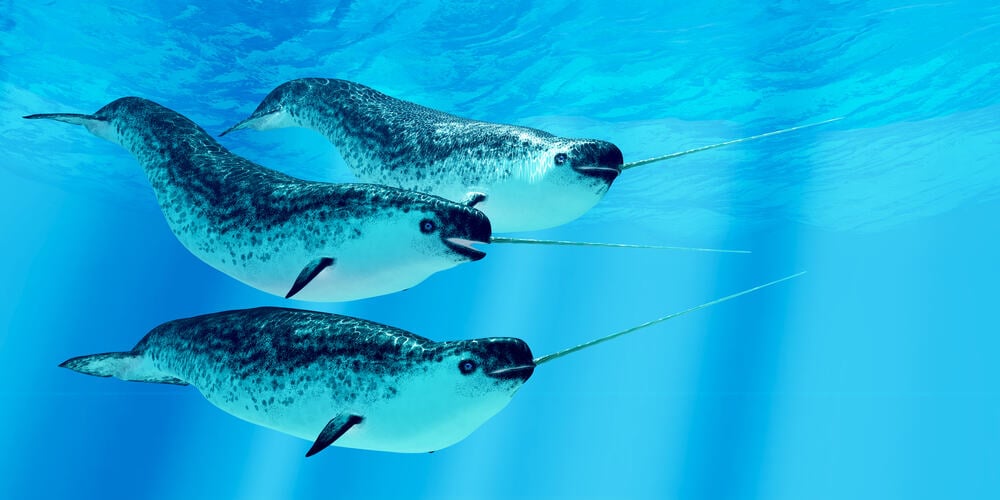
#30 Walrus – Recognizable for its tusks and bulk, adapted to Arctic life
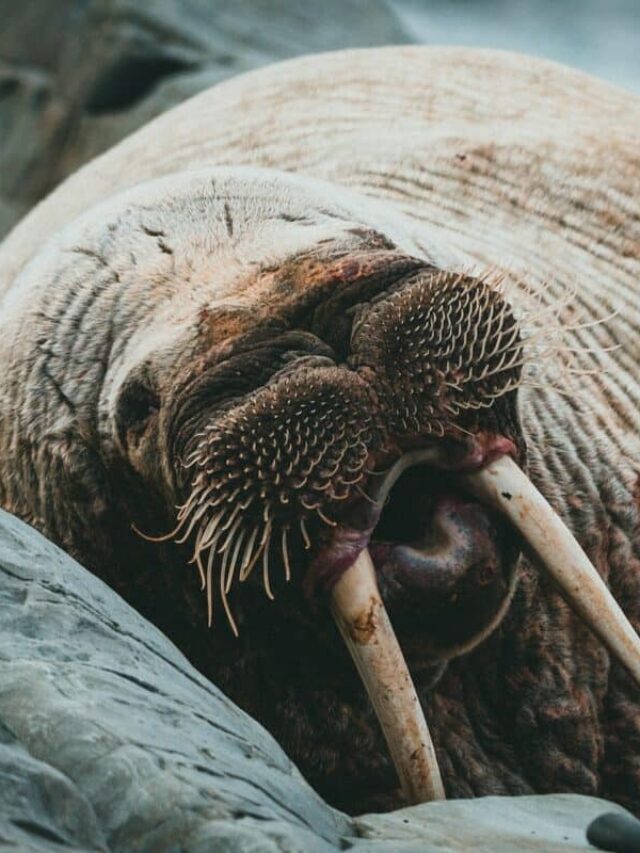
#31 Harp Seal – Known for its strikingly white pups and Arctic habitat
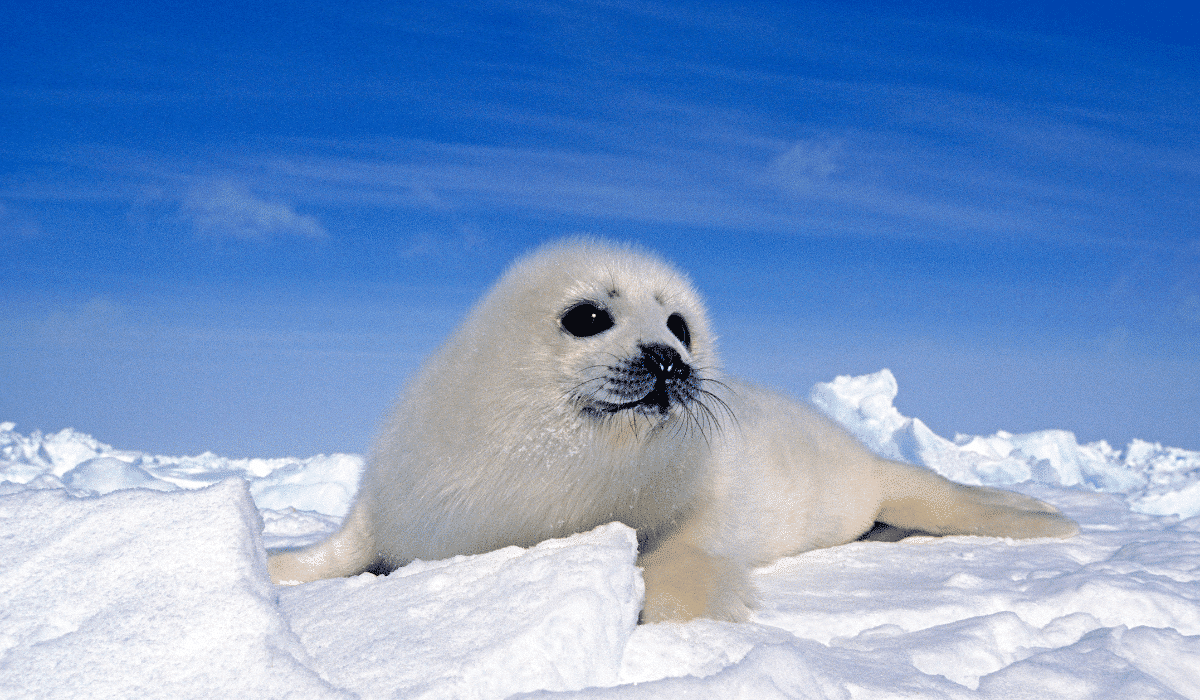
#32 American Bison (repeated for emphasis on its iconic status)
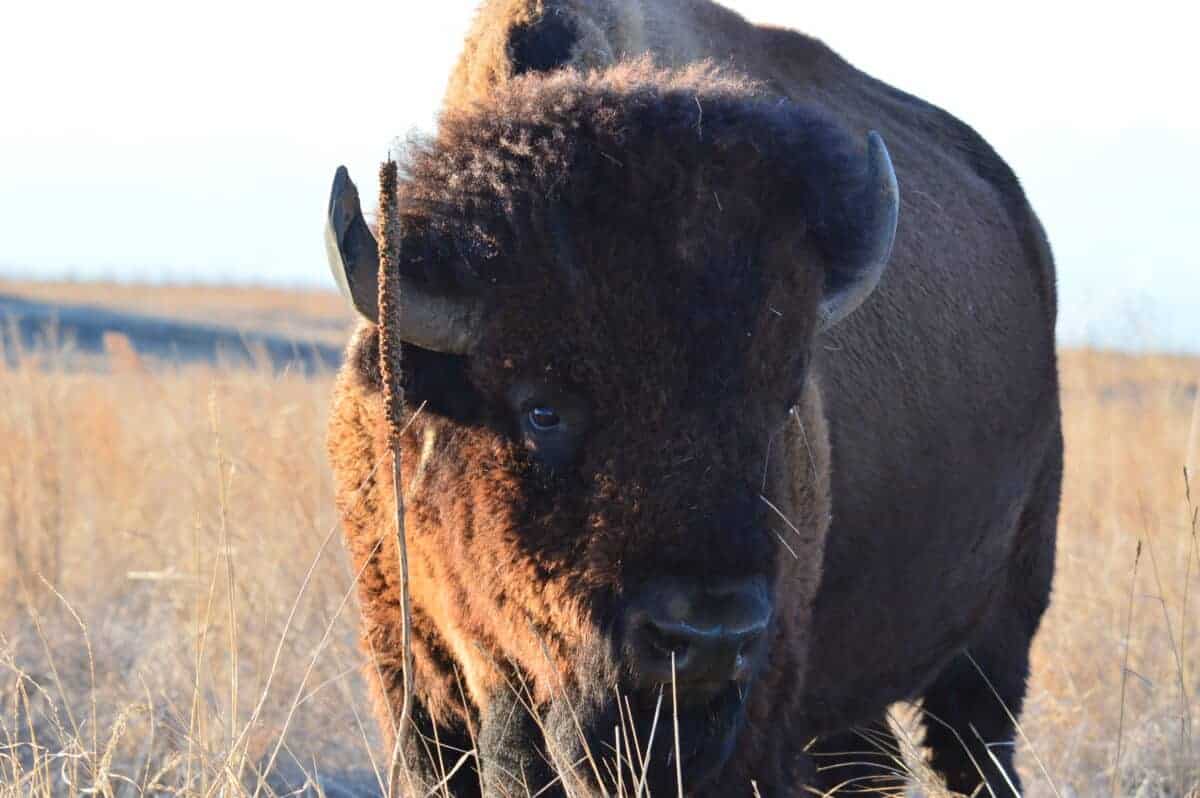
#33 Caribou (Reindeer) – Known for long migrations and antlers in both males and females
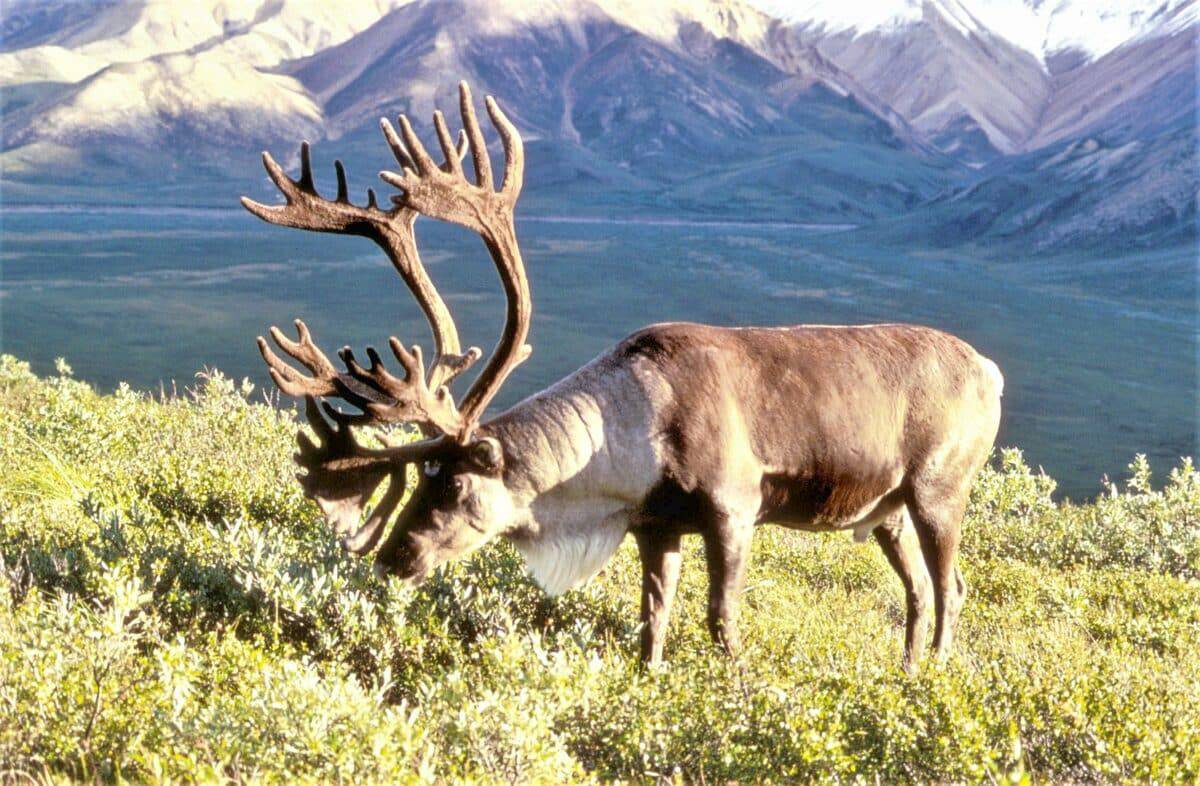
#34 Beluga Whale – Known for its white color and vocal communications
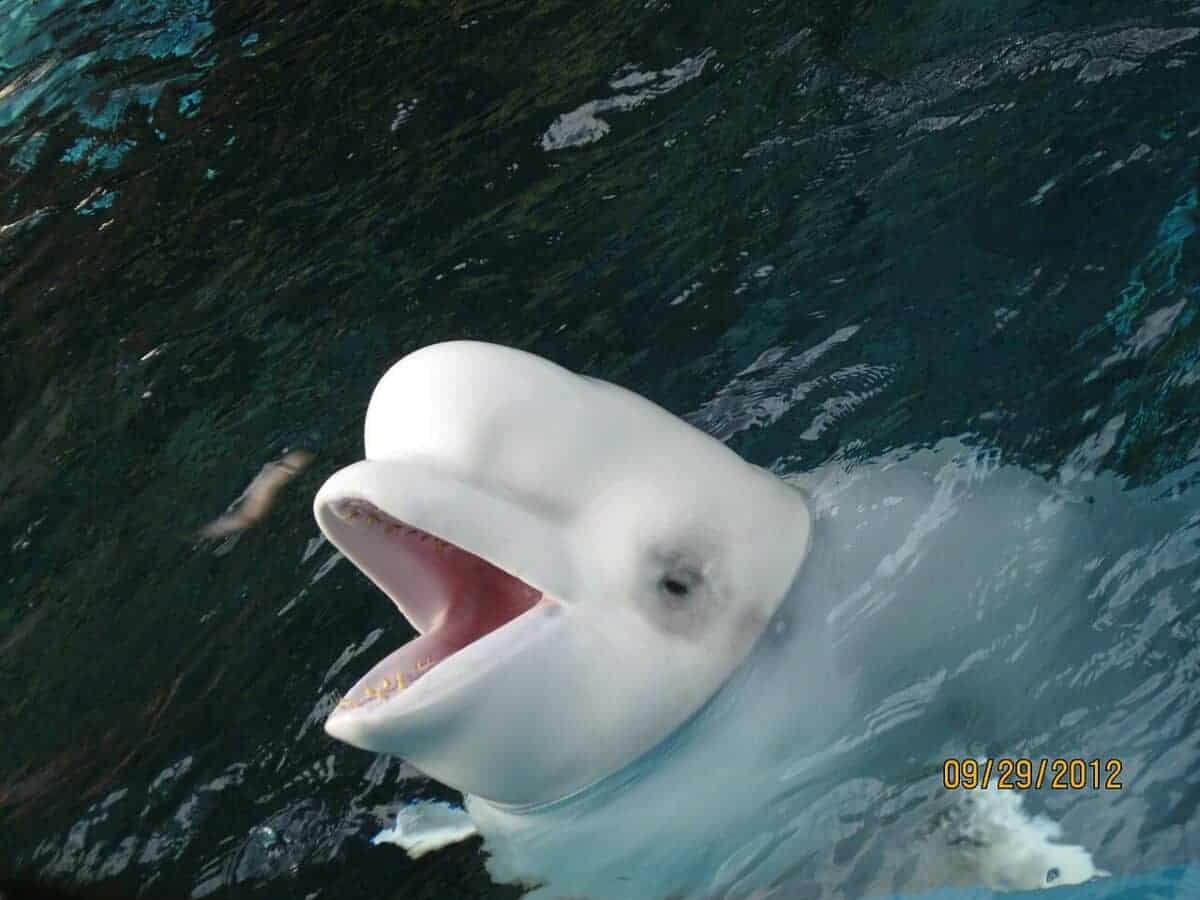
#35 Alaskan King Crab – Famous for its size and culinary value
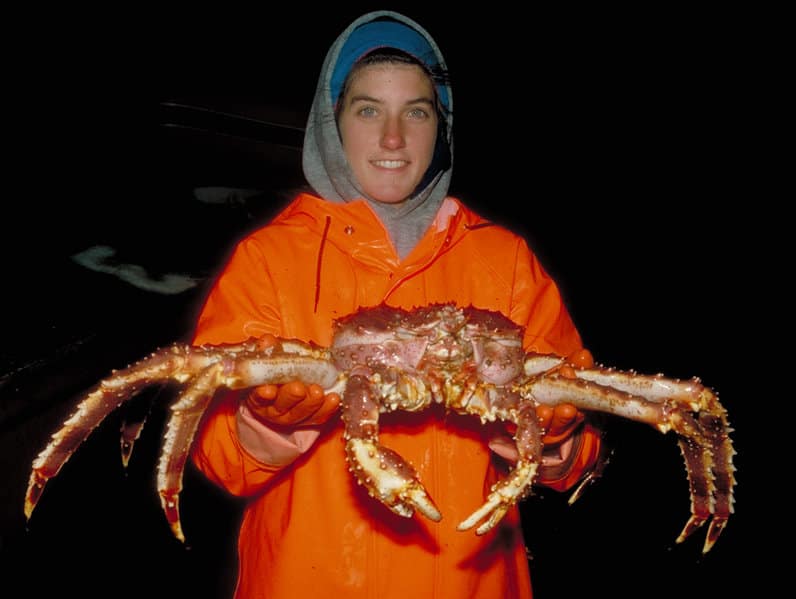
#36 Snowy Owl – A predator adapted to Arctic life with stunning white plumage
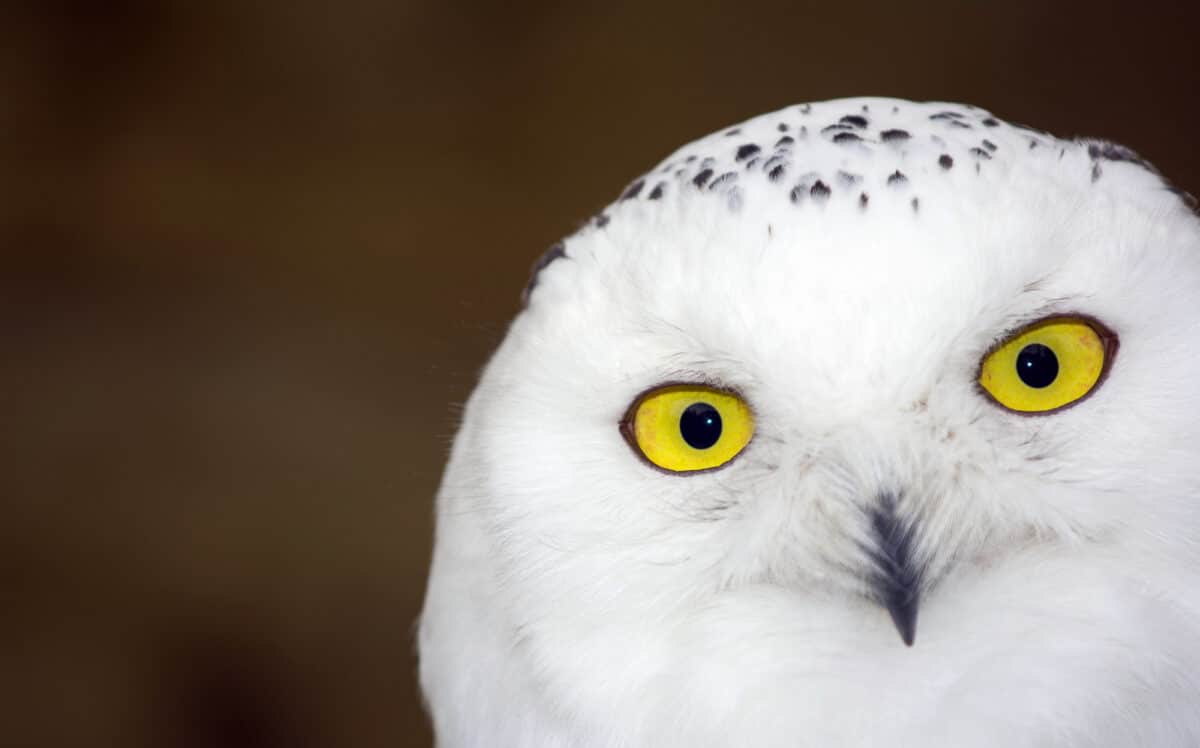
#37 Lynx – Adapted to snowy environments with large paws and keen hunting skills

#38 Electric Eel (in southern freshwater habitats) – Capable of generating electric shocks
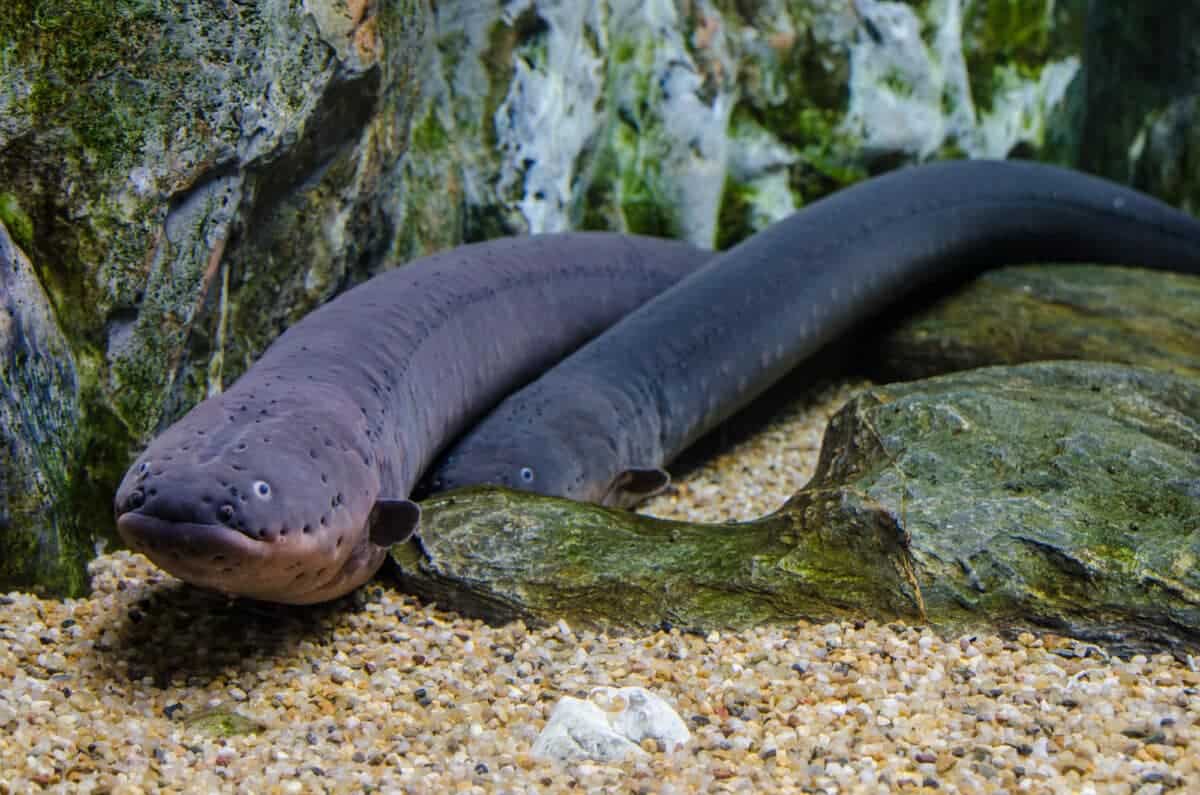
#39 Bobcat – A widespread predator known for its adaptability

#40 Greenland Shark – An Arctic predator, one of the longest-living vertebrates
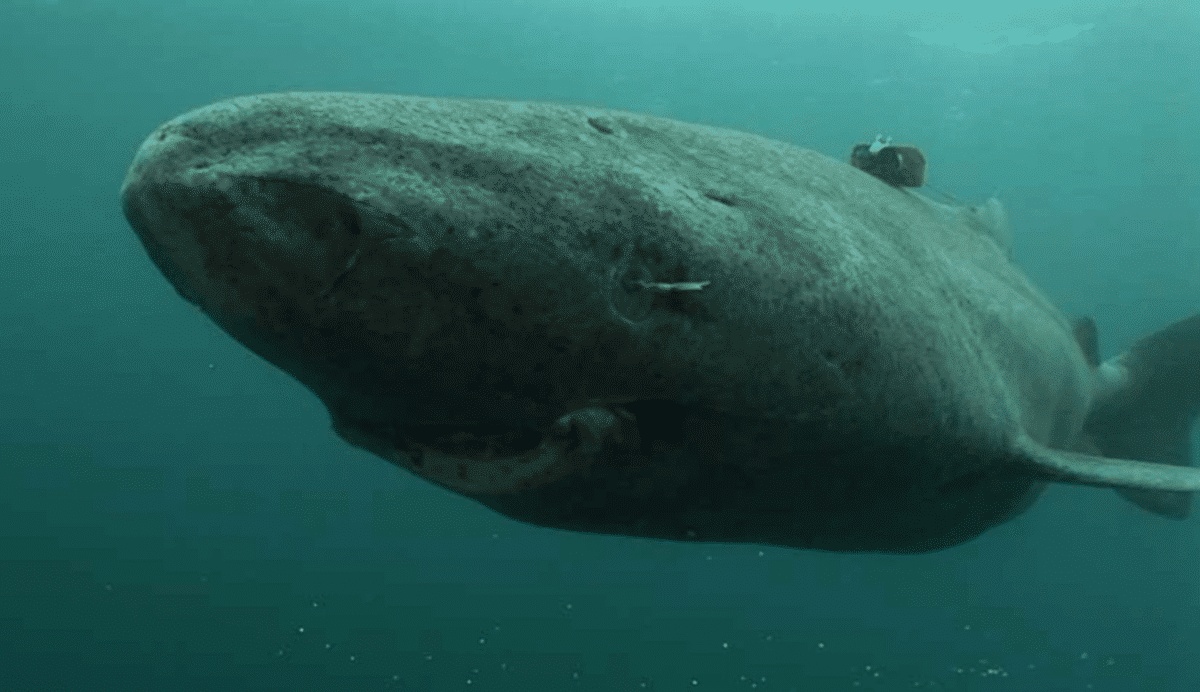
#41 Mexican Free-tailed Bat – Known for its speed and large colonies
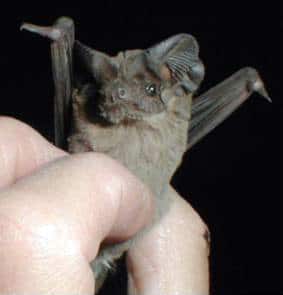
#42 Atlantic Puffin – A seabird with colorful beak and swimming ability
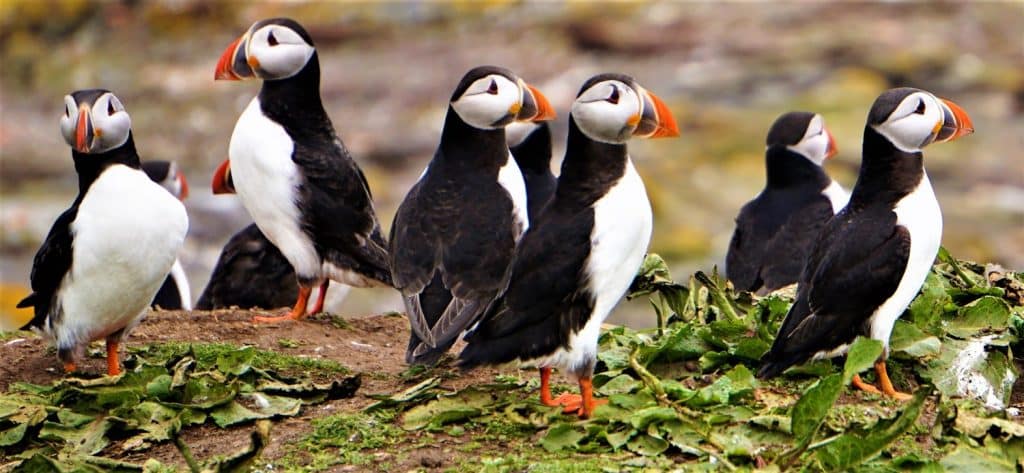
#43 Horseshoe Crab – An ancient species with a unique blue blood
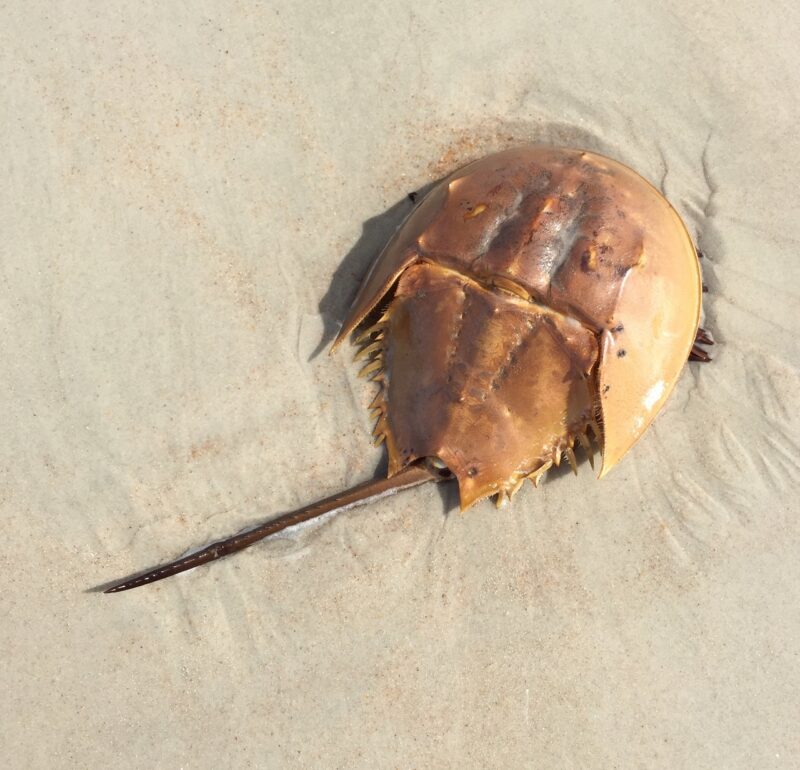
#44 Sperm Whale (off the coasts) – The largest toothed predator in the world
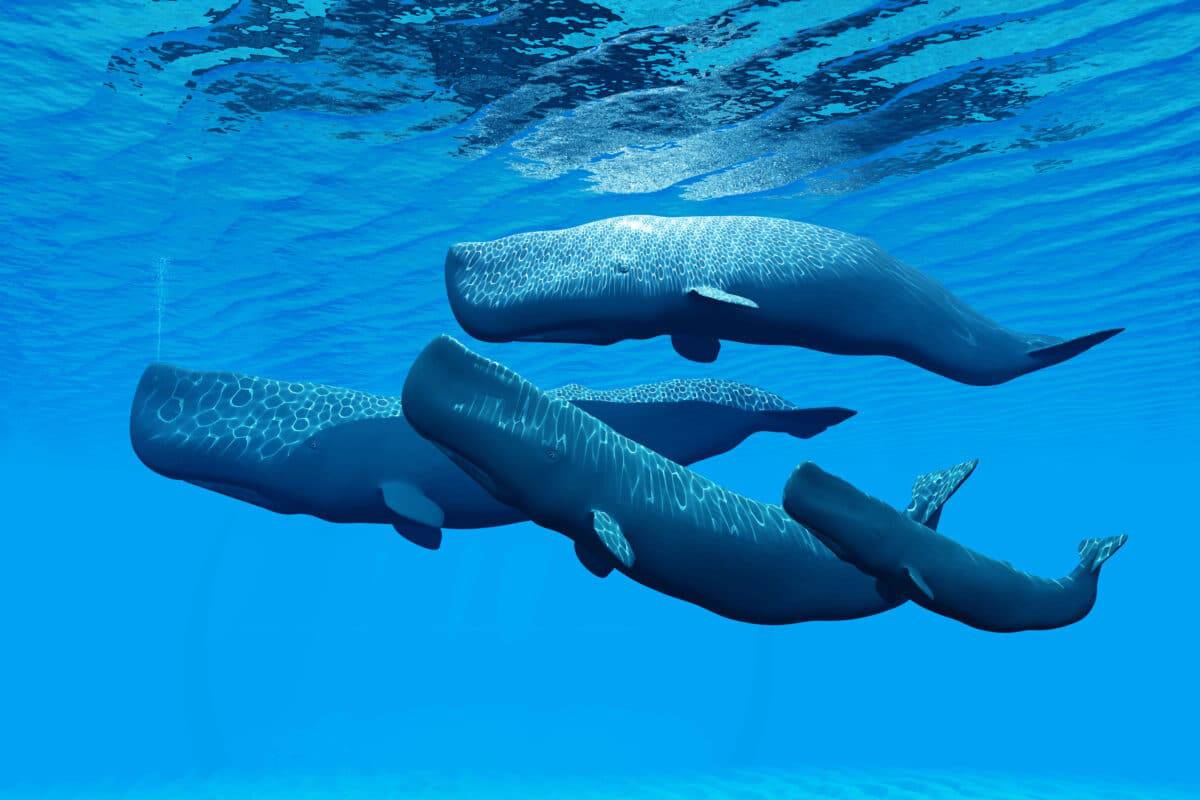
#45 Leatherback Sea Turtle – The largest sea turtle, known for its deep dives and long migrations
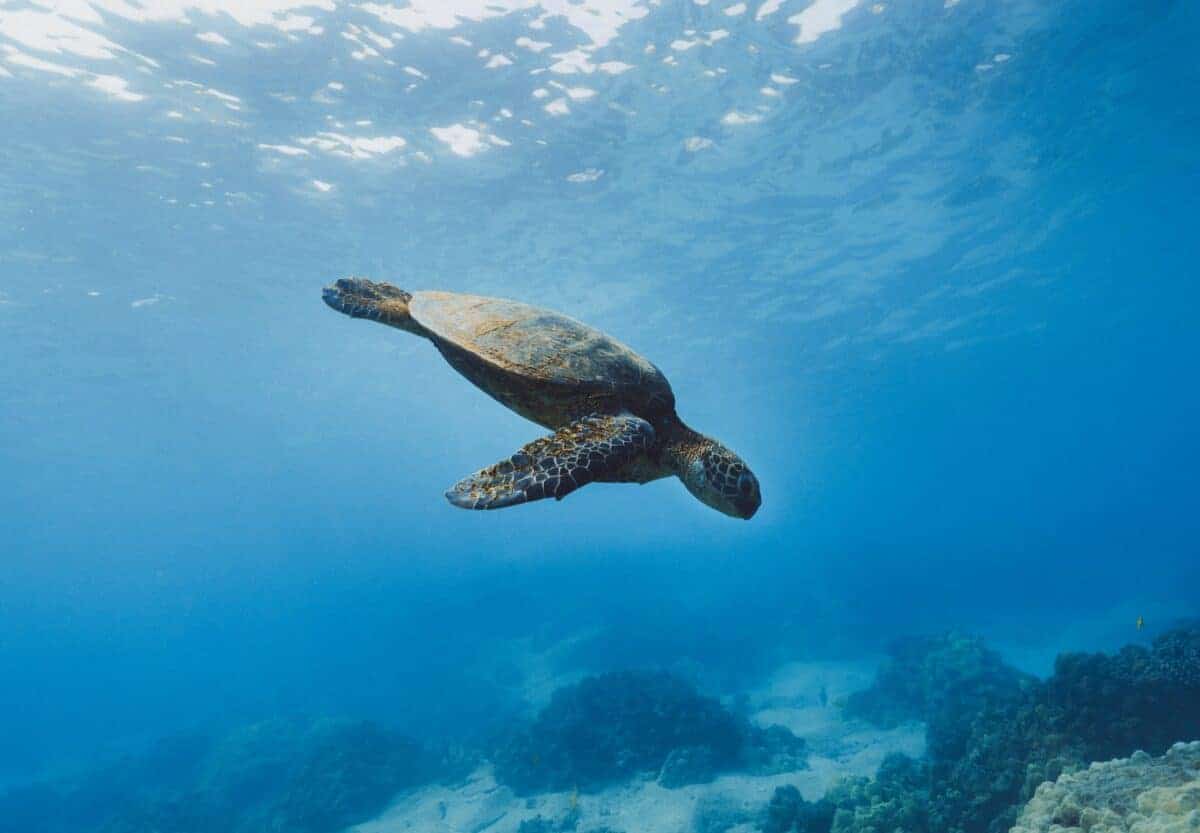
#46 Red Fox – A cunning and adaptable mammal found across various habitats in North America.
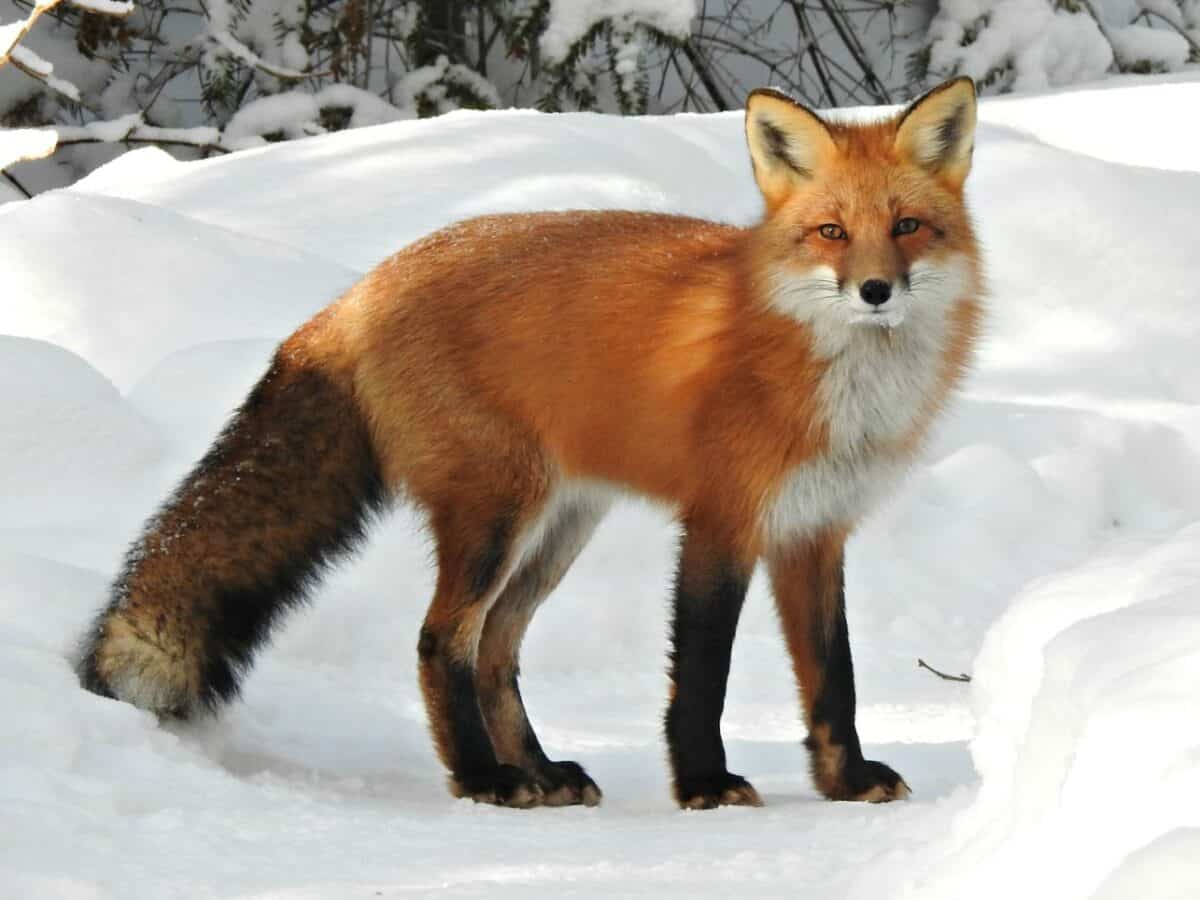
#47 Eastern Diamondback Rattlesnake – The largest rattlesnake species, known for its potent venom.
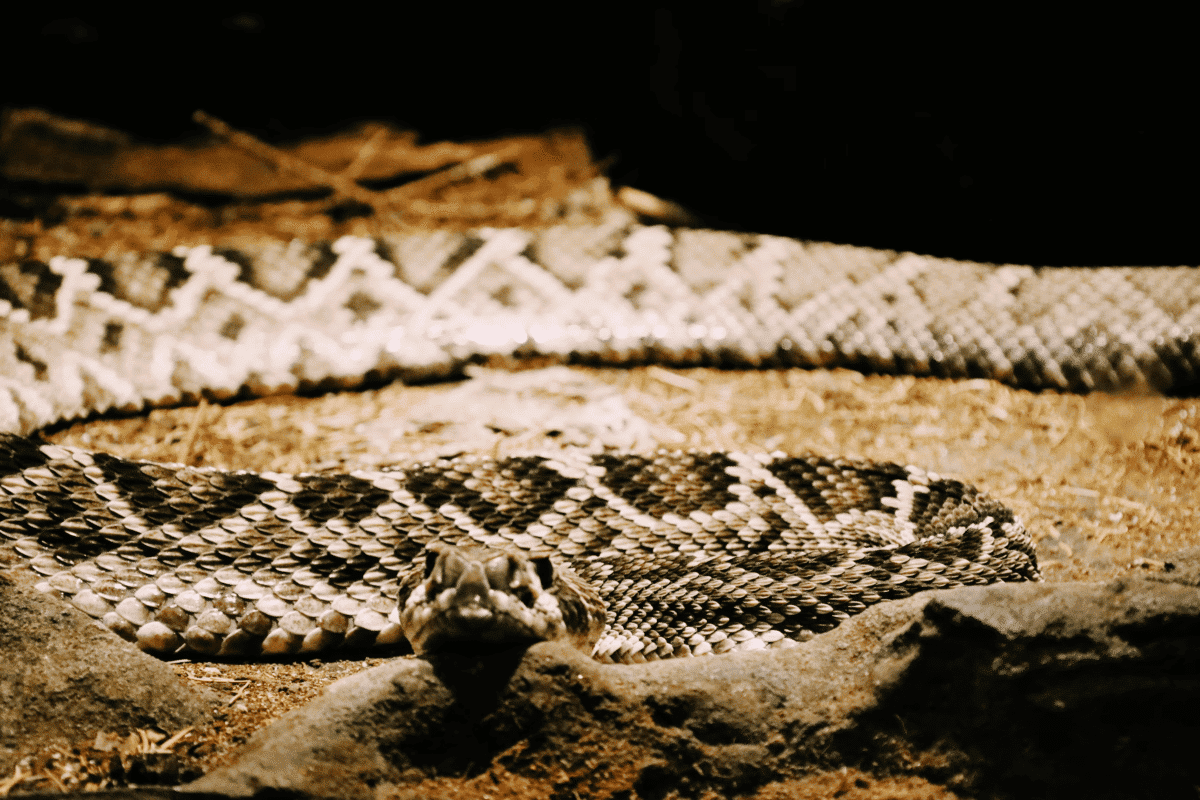
#48 American Marten – A small, agile predator of the northern forests, skilled in tree climbing.
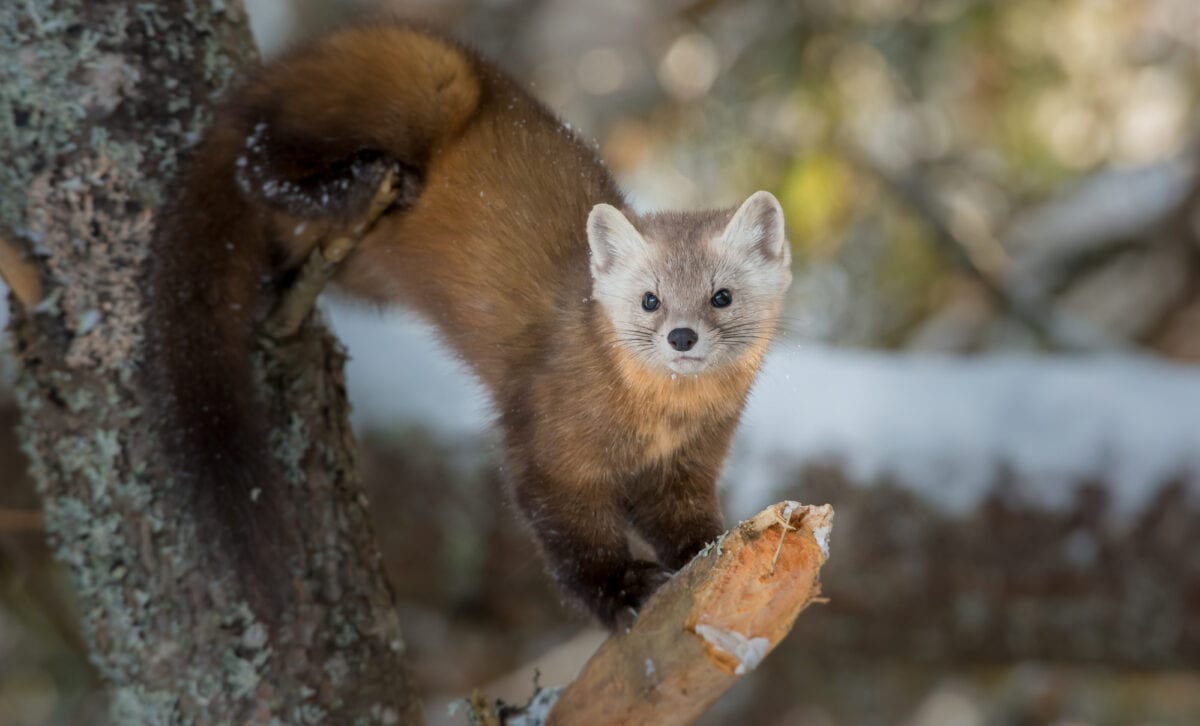
#49 Sandhill Crane – A tall bird, recognized by its red forehead and graceful migration patterns.
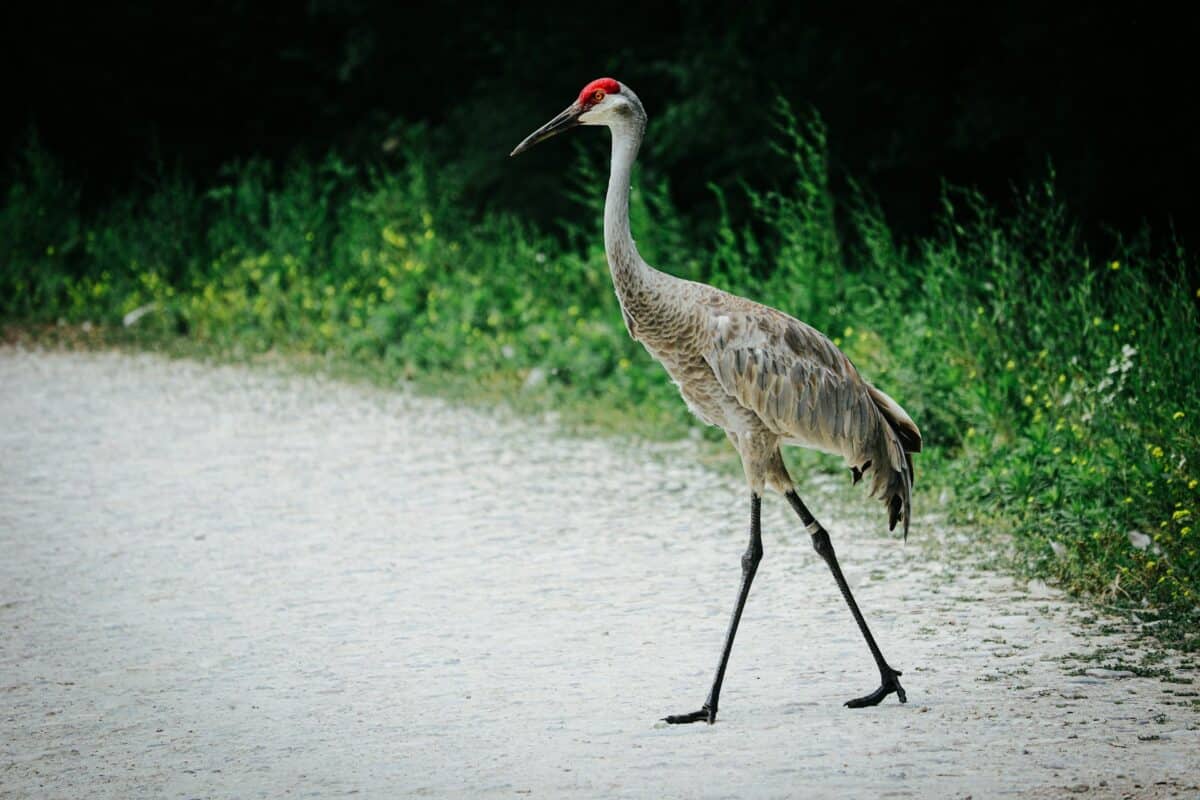
#50 Muskox – An Arctic mammal known for its thick coat and strong social structure.
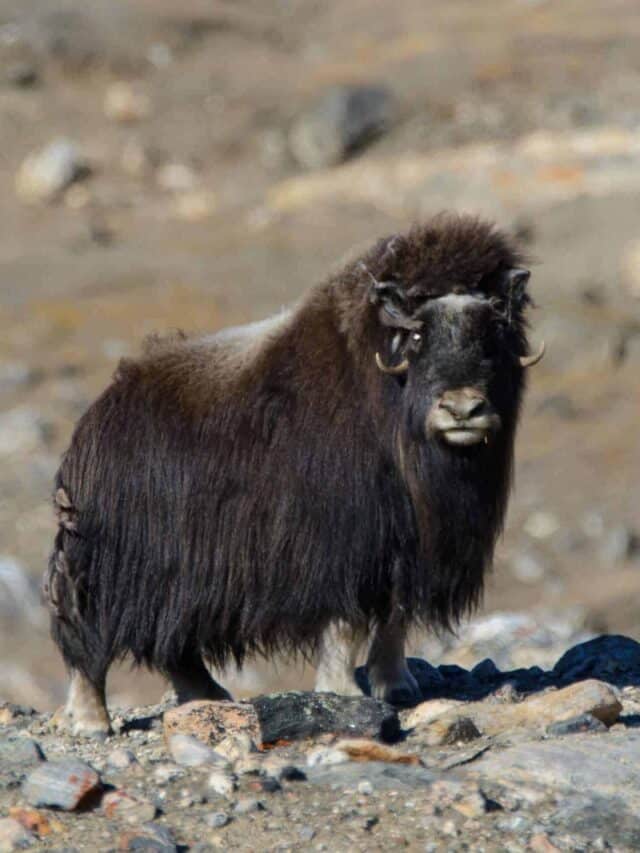
#51 Golden Eagle – A powerful bird of prey with a wide range across the continent.
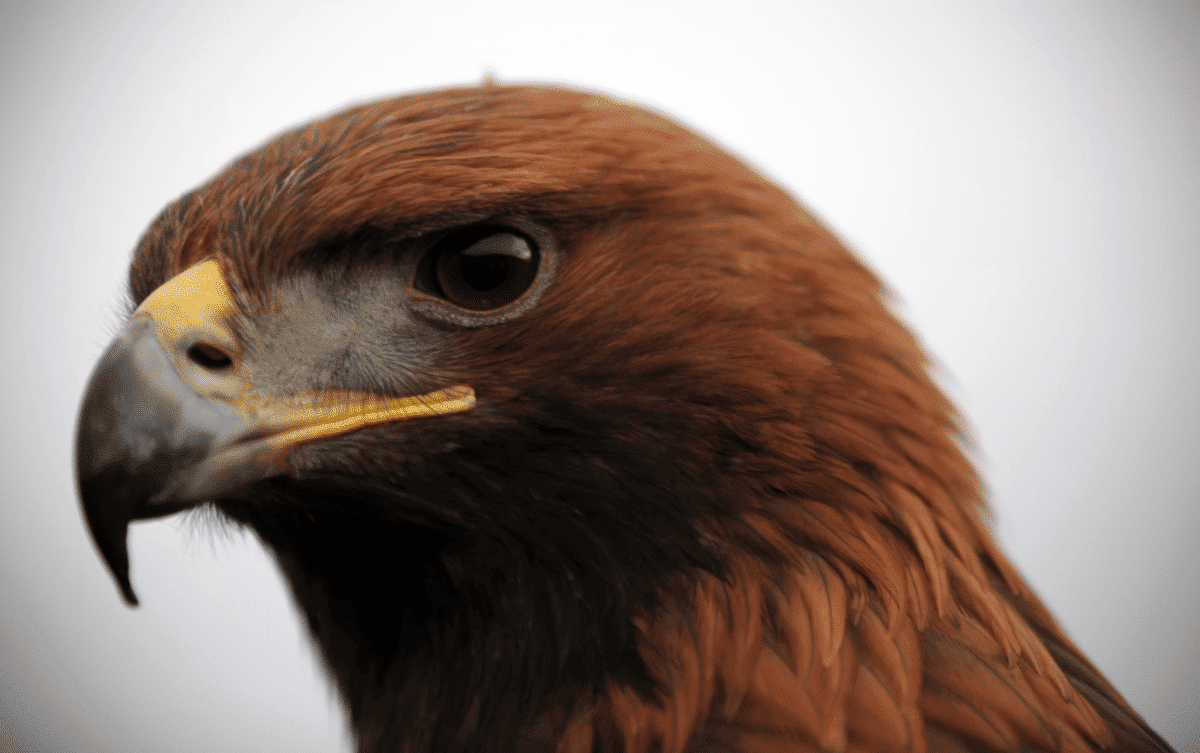
#52 Beaver – Known for its dam-building skills and significant impact on ecosystems.
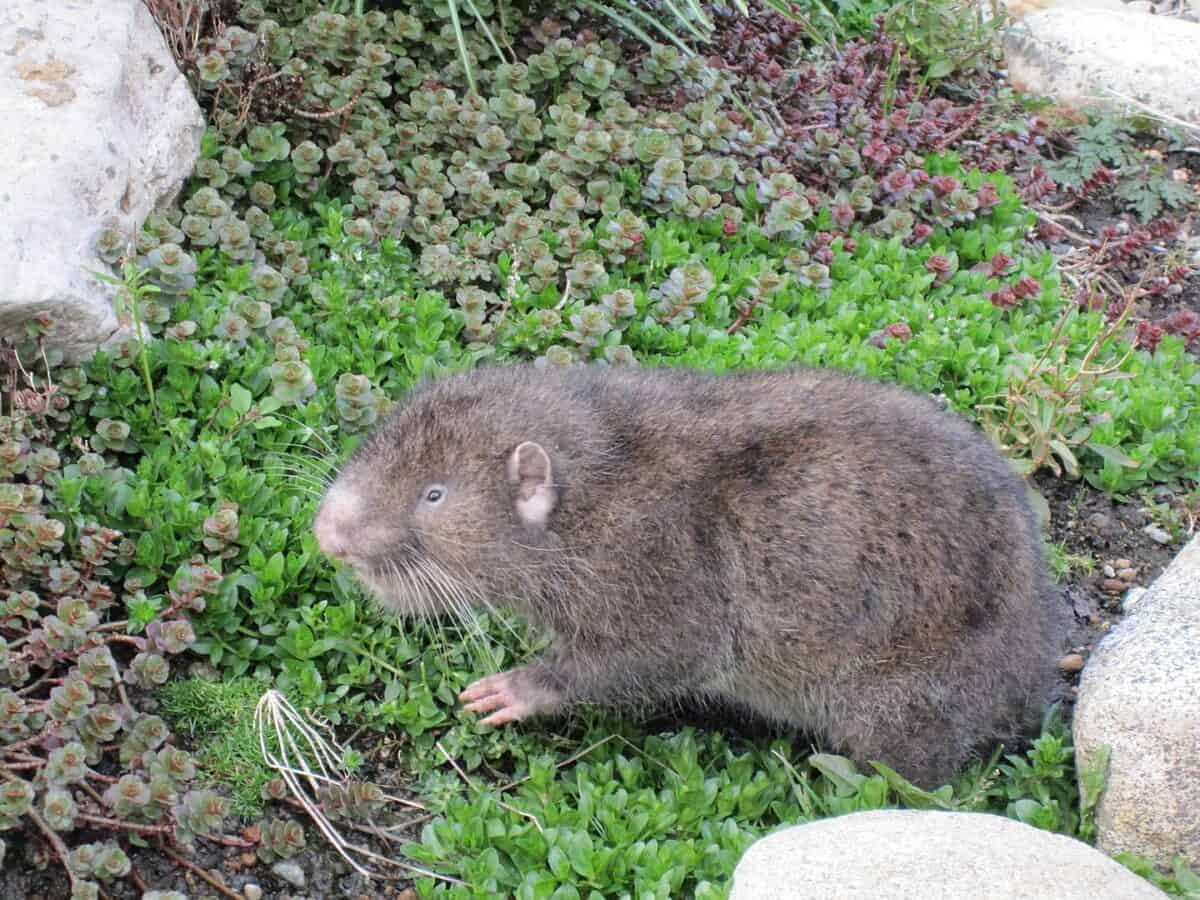
#53 Ring-tailed Cat – A nocturnal mammal with striking markings and a bushy tail, despite its name, it’s not a cat.
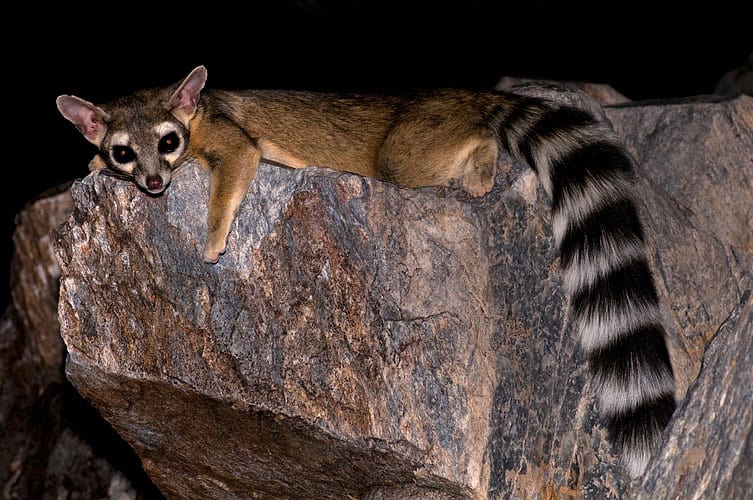
#54 American Pika – A small, mountain-dwelling mammal related to rabbits, known for its high-pitched calls.
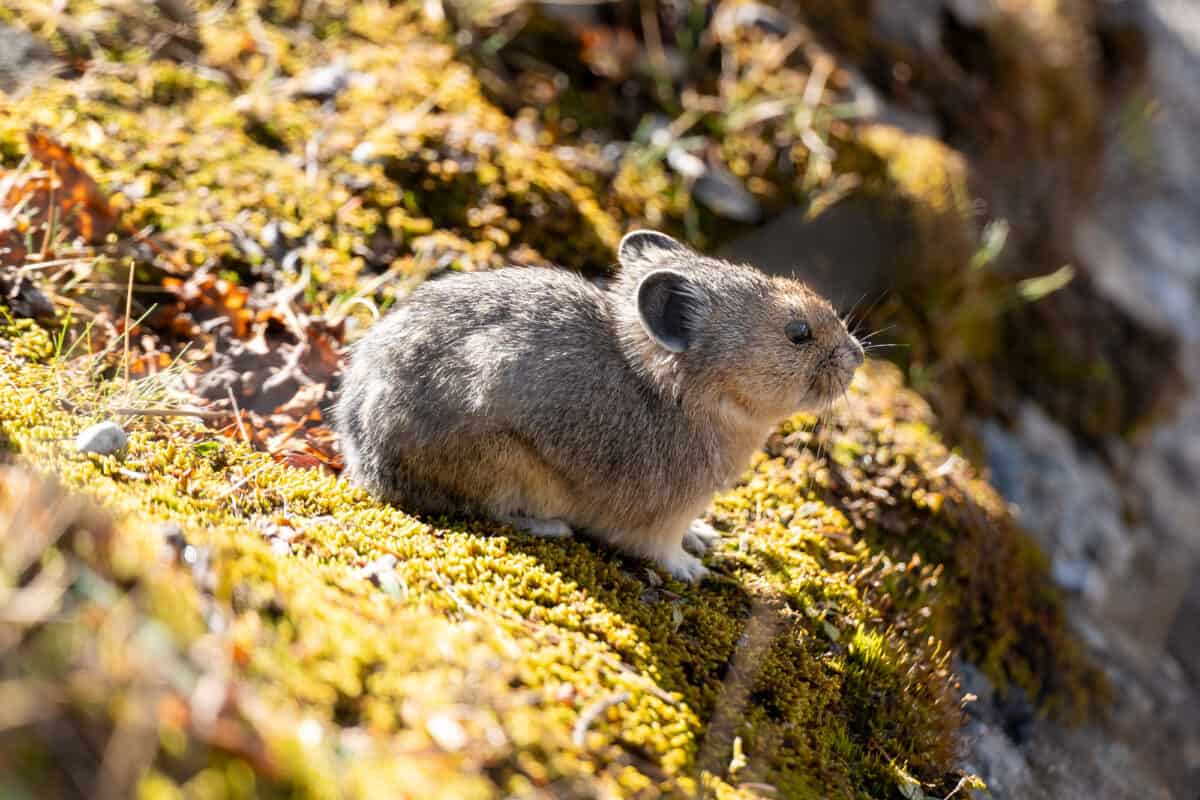
#55 Black-footed Ferret – Once thought extinct, now recovering, preys on prairie dogs.
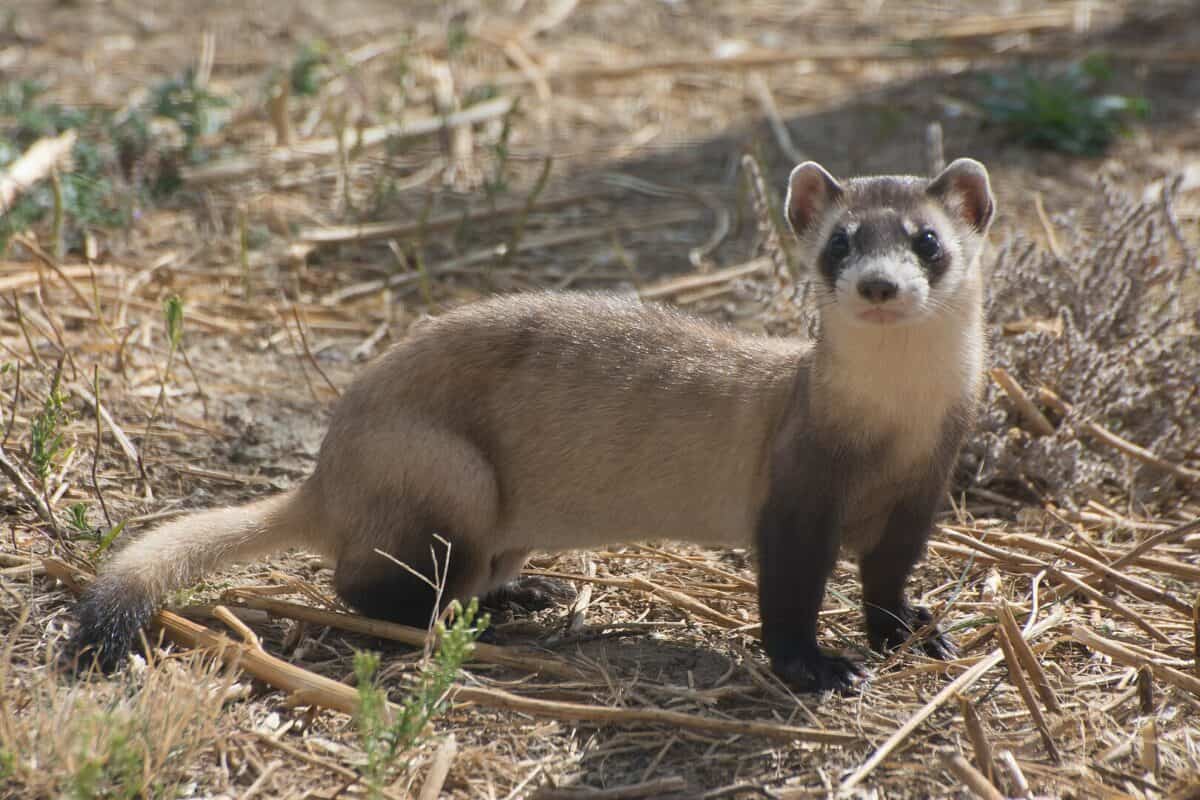
#56 Florida Panther – A rare subspecies of cougar, found in the swamps of southern Florida.
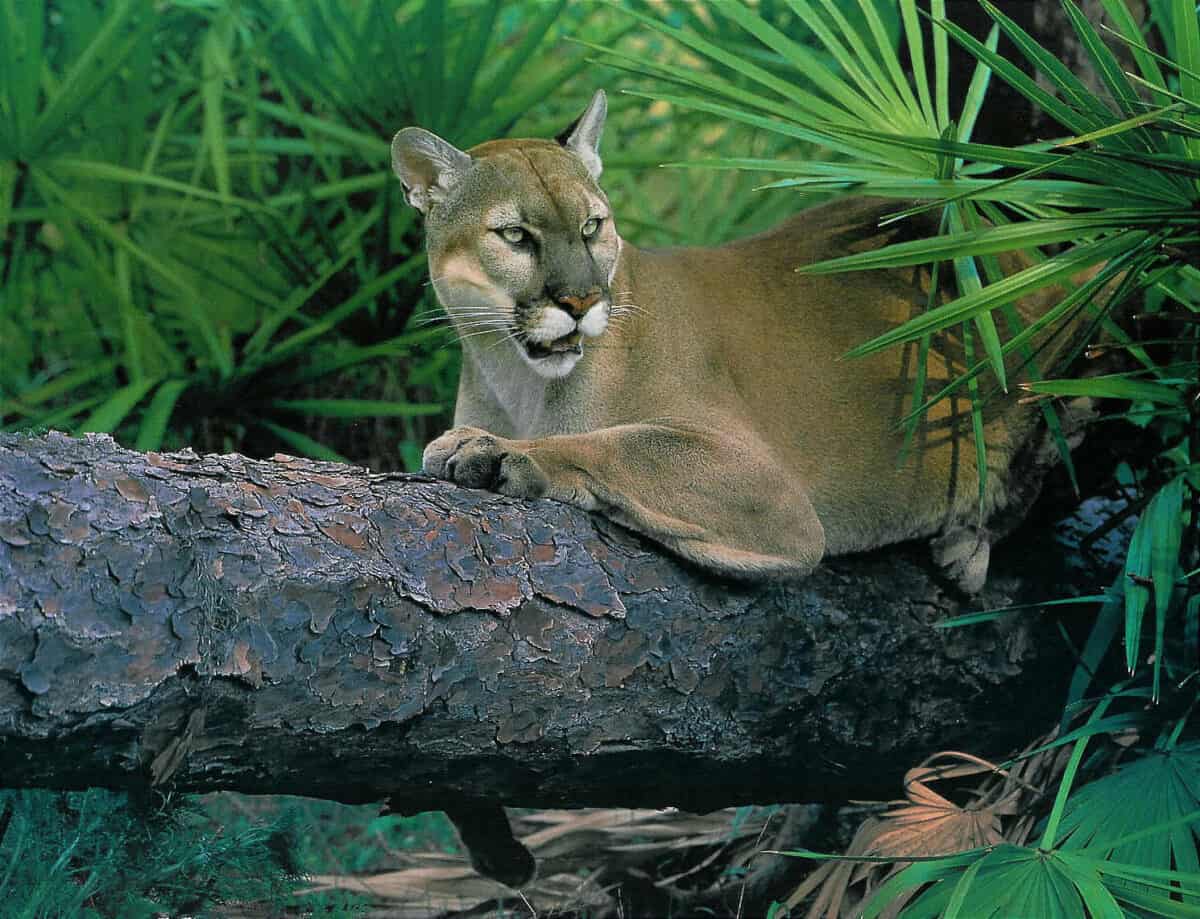
#57 Steller Sea Lion – The largest of the eared seals, found along the northern Pacific coast.
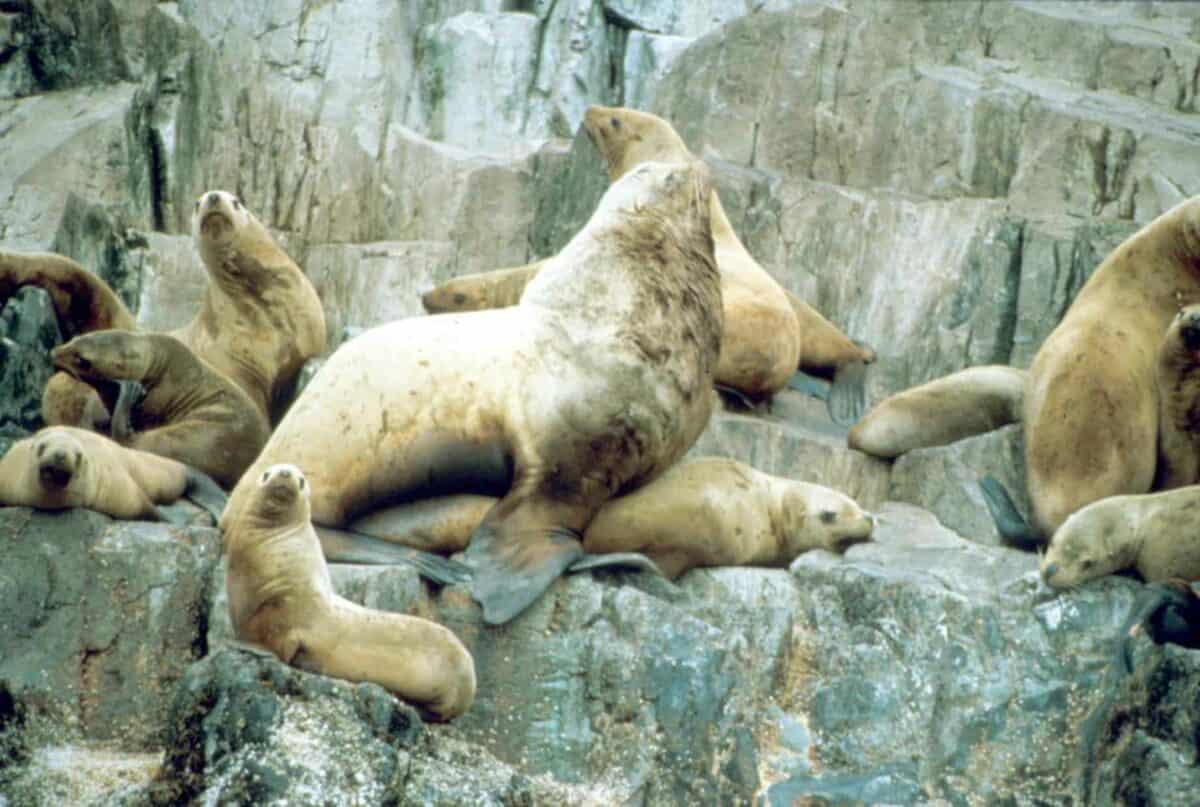
#58 White-tailed Deer – A widespread deer species known for the white underside of its tail.
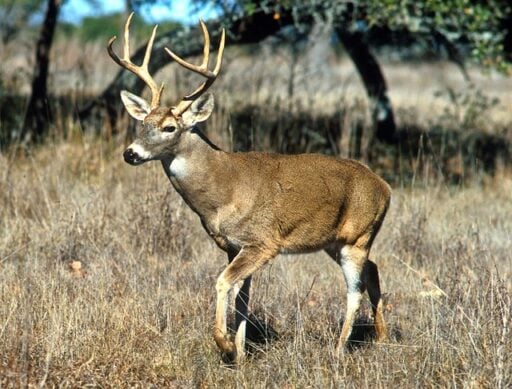
#59 Virginia Opossum – North America’s only marsupial, known for “playing dead.”
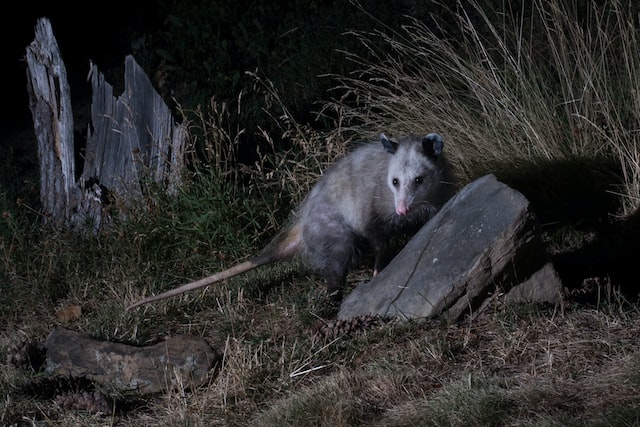
#60 Spotted Skunk – Smaller than their striped cousins, known for an acrobatic defense posture.
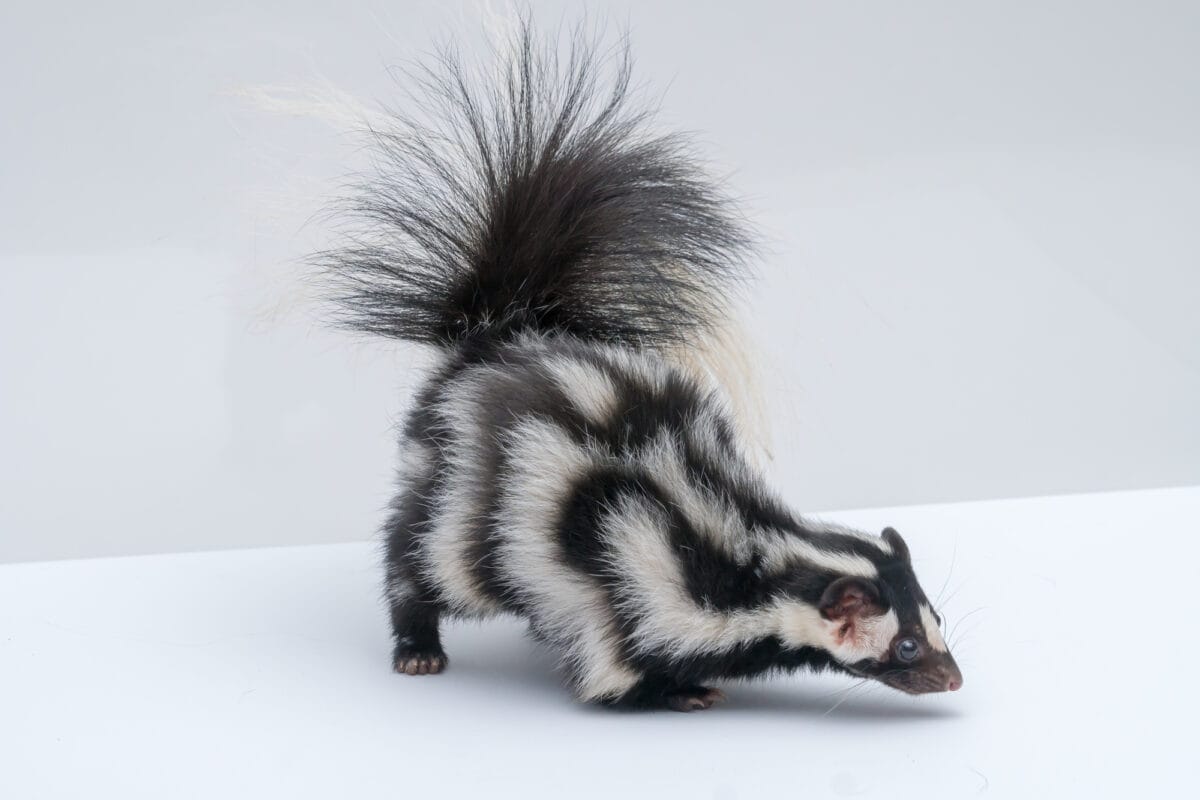
#61 Monarch Butterfly – Famous for its long migration across North America to Mexico.
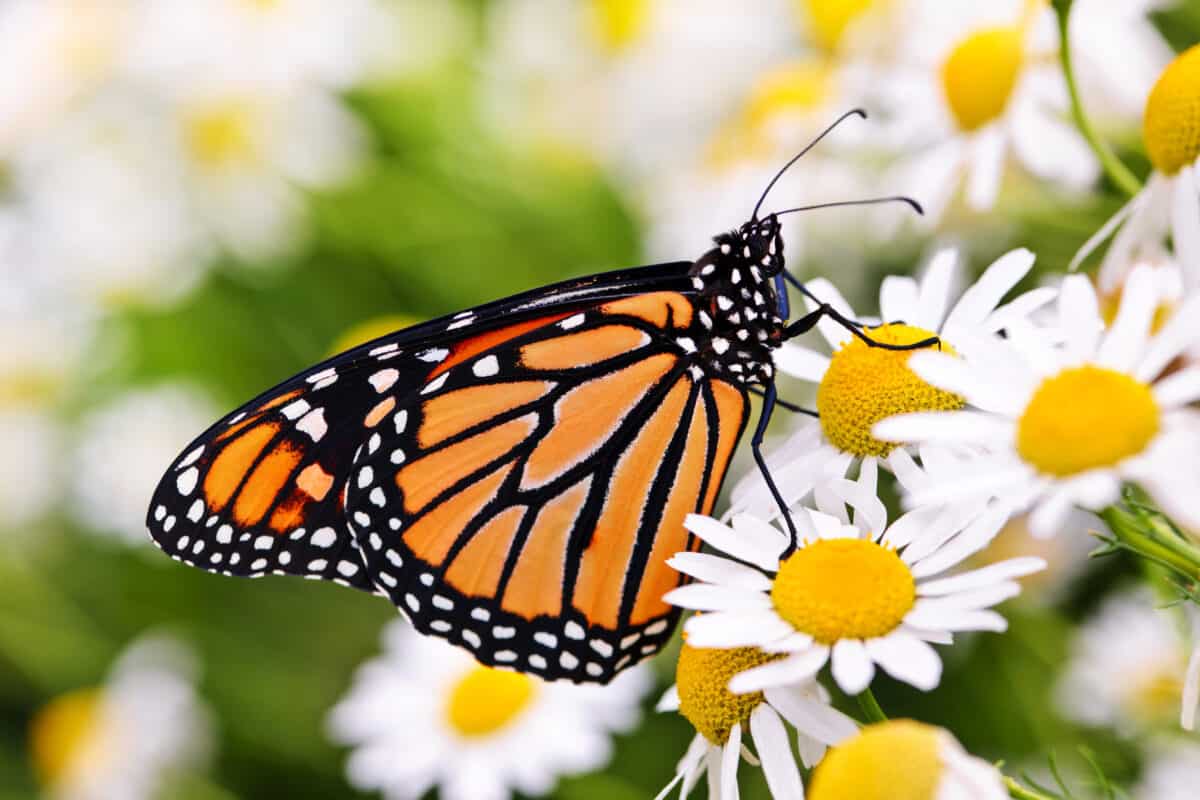
#62 Brown Pelican – A coastal bird known for its distinctive pouch and diving fishing technique.
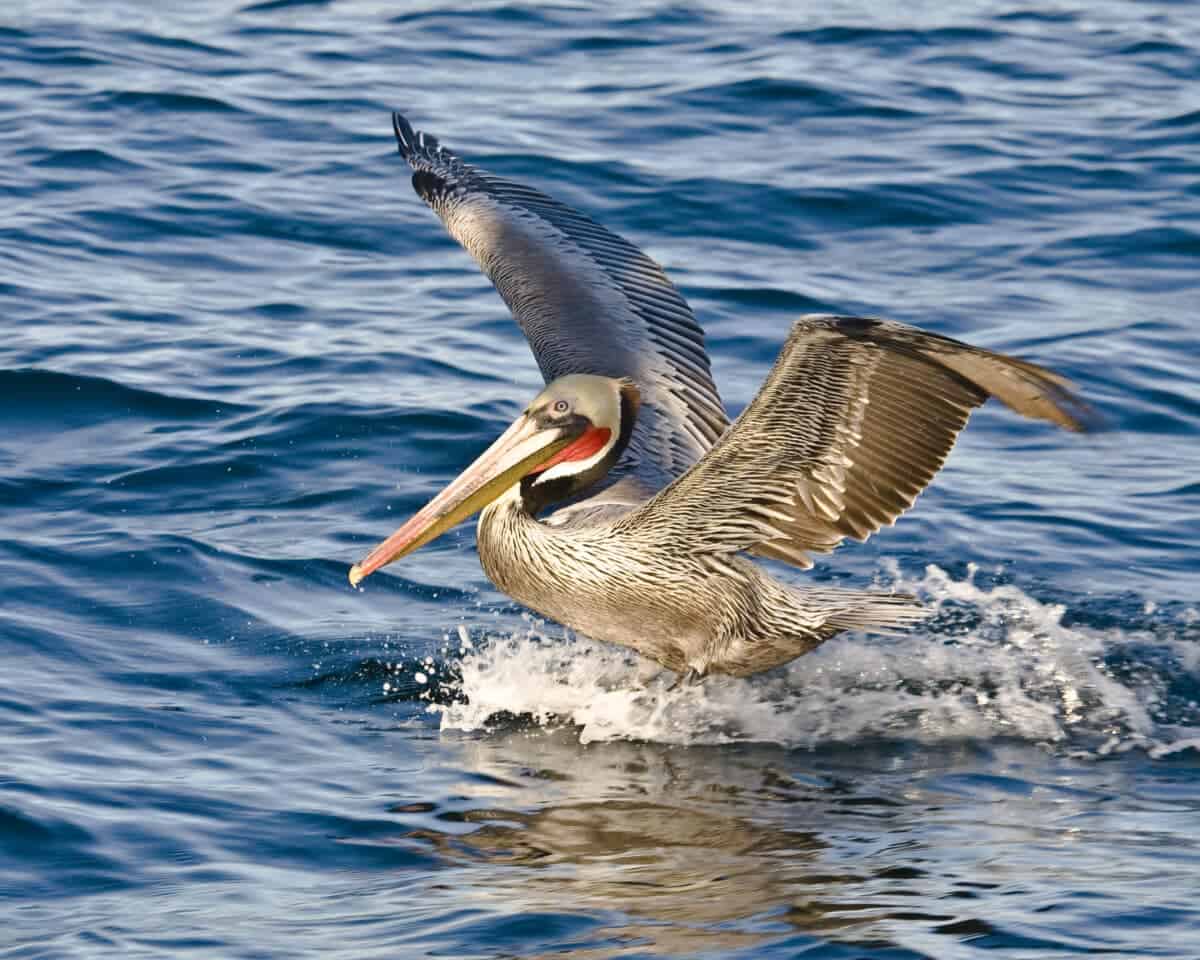
#63 American Bison (Bison bison) – Iconic of the Great Plains, notable for its role in Native American history and ecosystem restoration efforts.
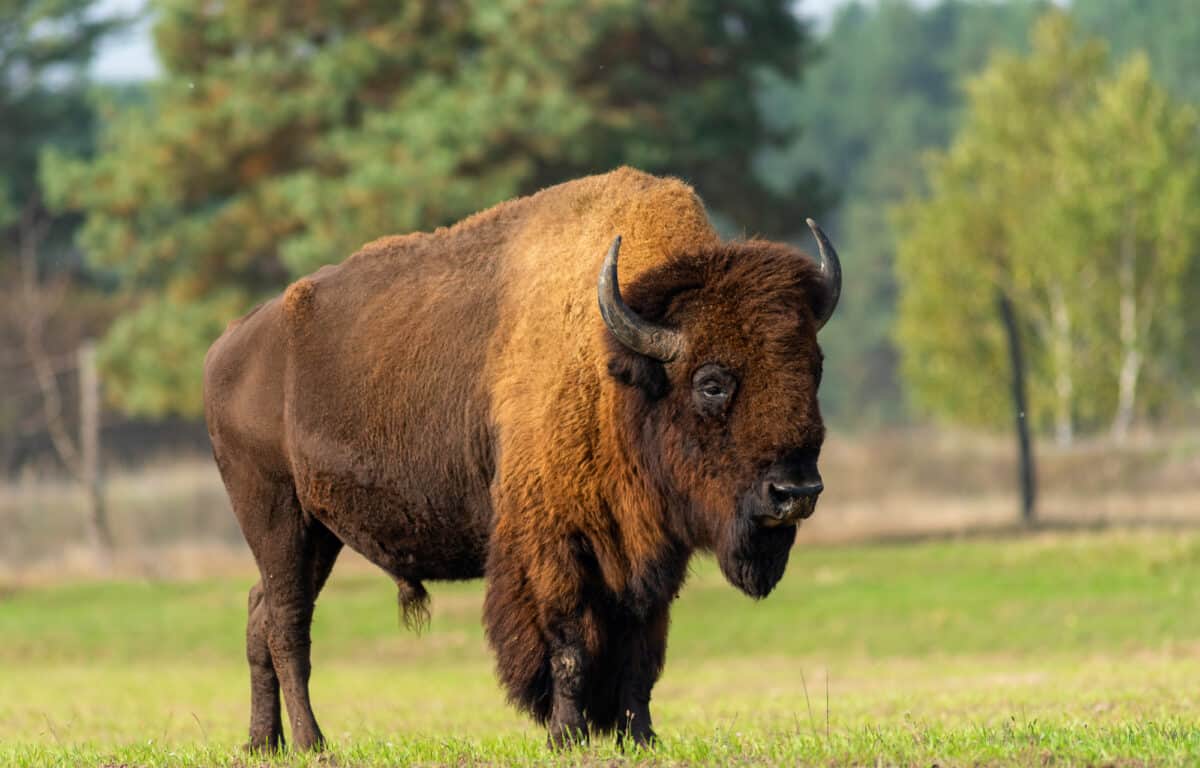
#64 Common Raccoon – Adaptable and intelligent, recognized by its masked face and ringed tail.
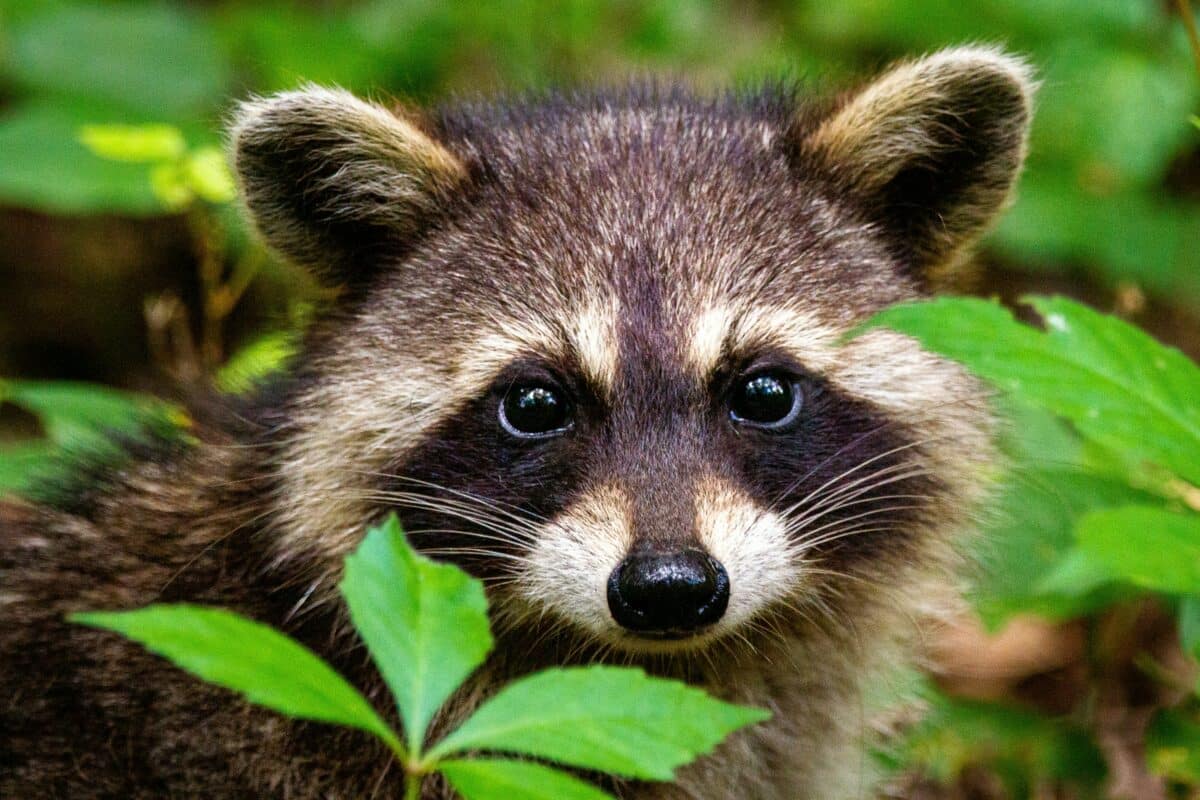
#65 Burrowing Owl – Small with long legs, lives in burrows often made by other animals.
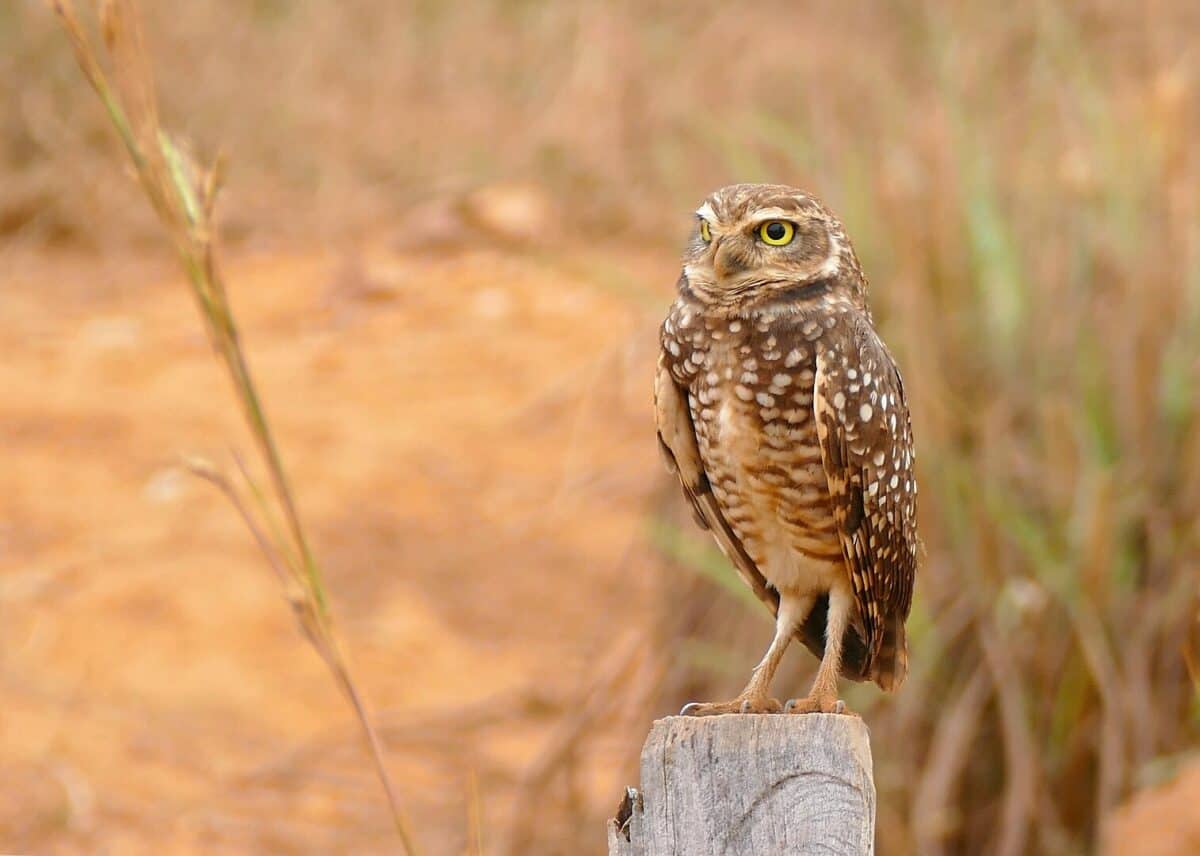
#66 Desert Tortoise – A resilient reptile adapted to the harsh conditions of the North American deserts.
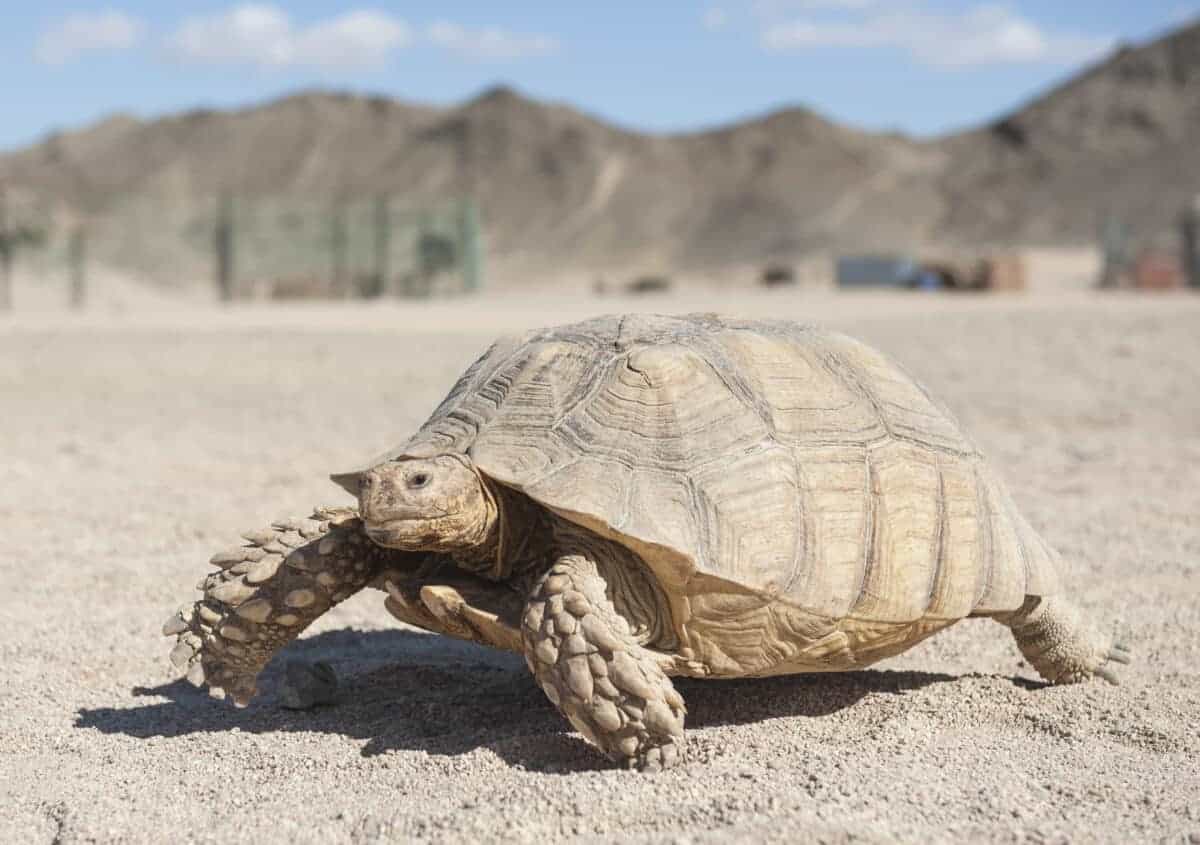
#67 Chuckwalla – A large, herbivorous lizard found in desert regions, known for its ability to inflate itself.
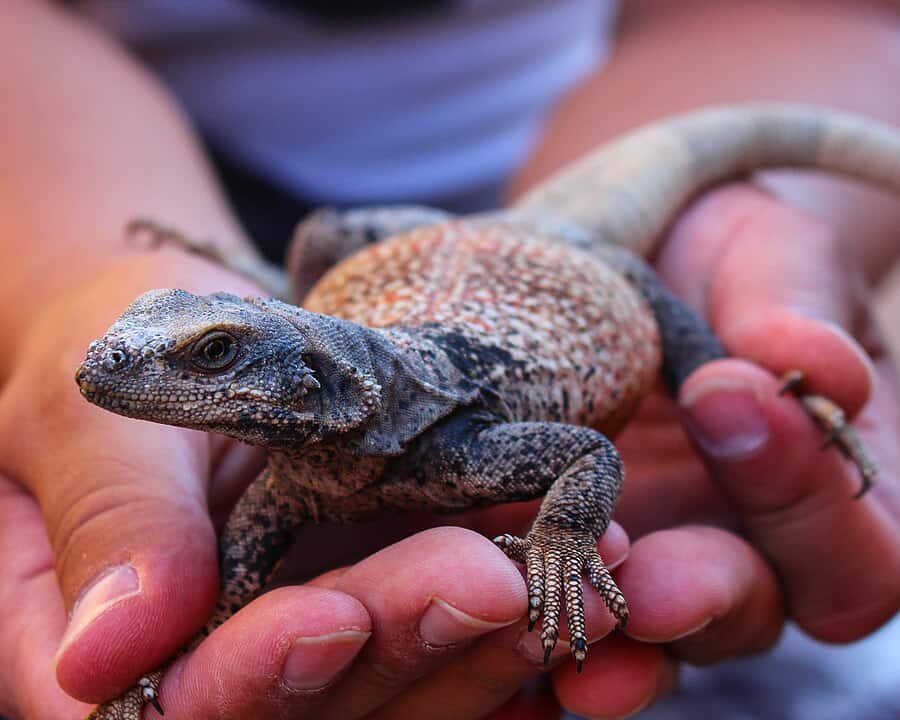
#68 American Kestrel – The smallest and most colorful falcon in North America.
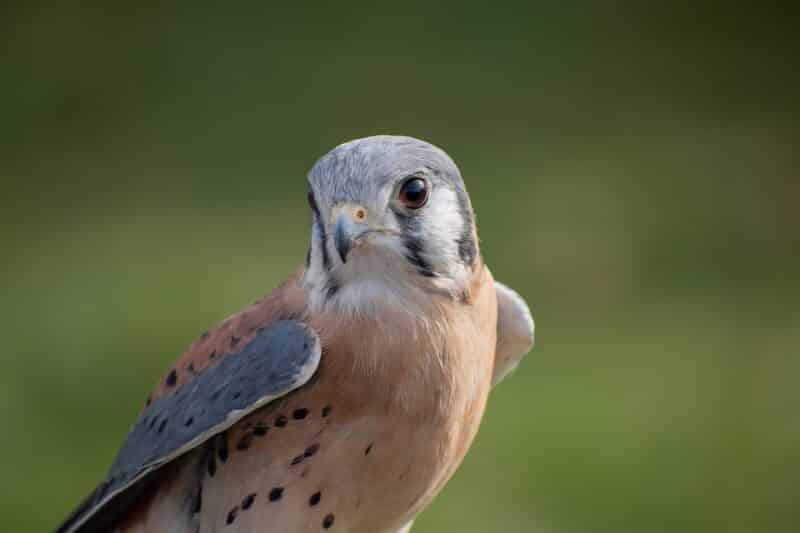
#69 Ruby-throated Hummingbird – Known for its dazzling flight skills and preference for nectar.
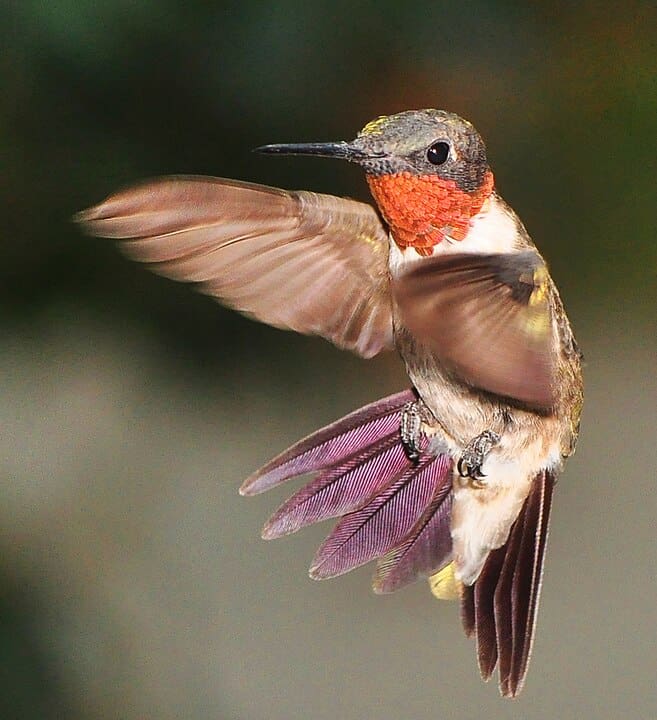
#70 American Bullfrog – The largest frog in North America, noted for its deep call.
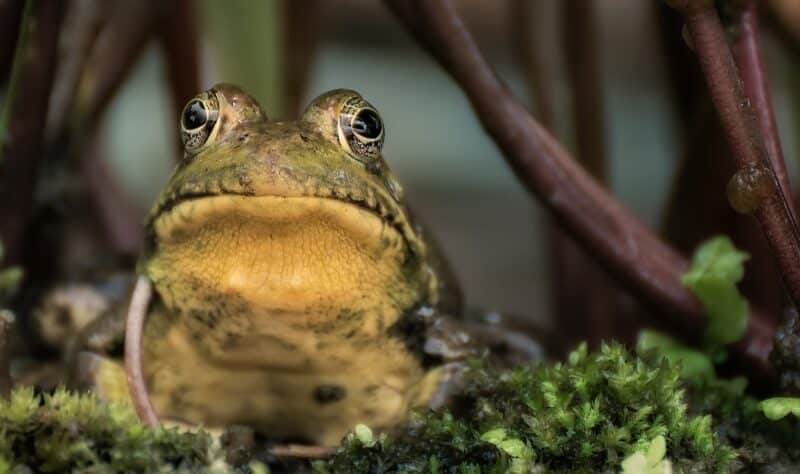
#71 Mountain Goat – Adapted to steep, rocky terrains with incredible climbing abilities.
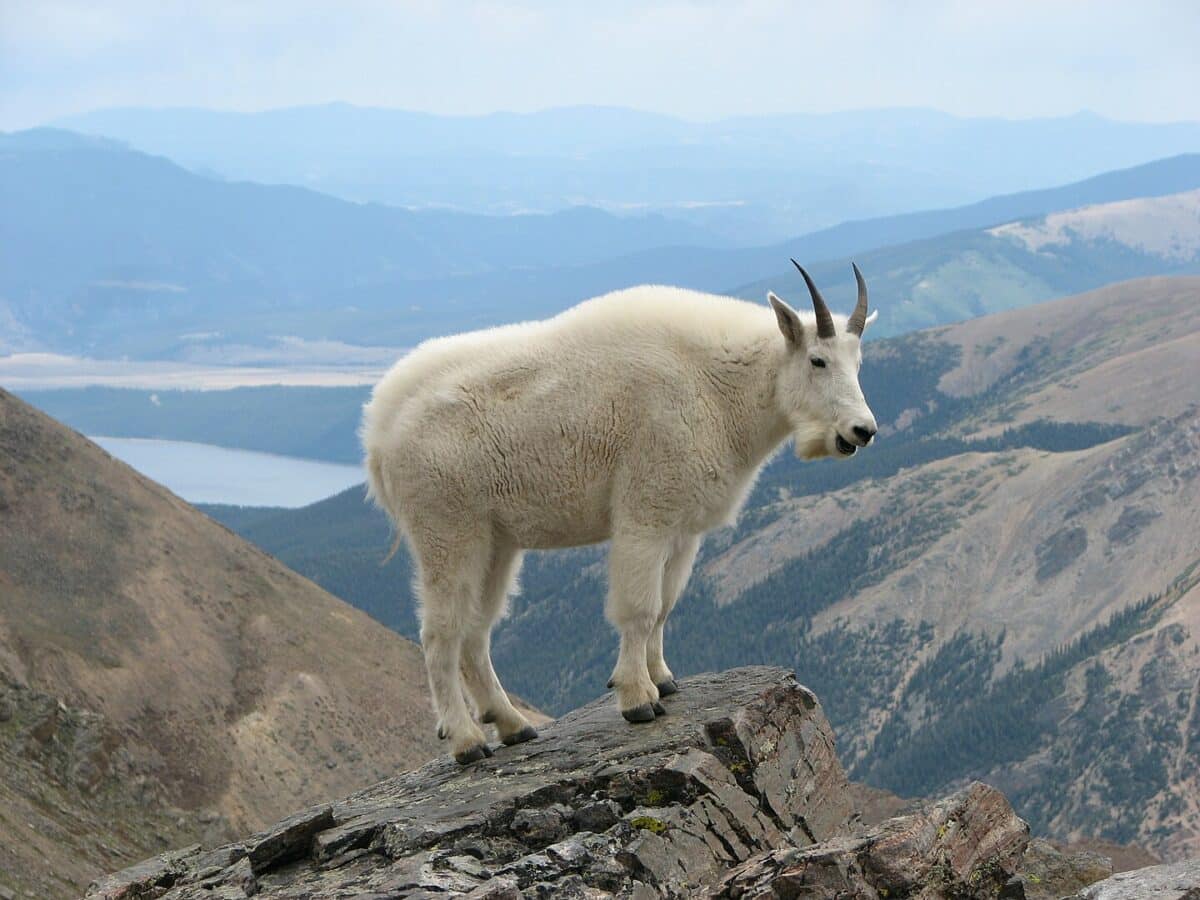
#72 North American River Otter – A playful and adept swimmer found in waterways across the continent.
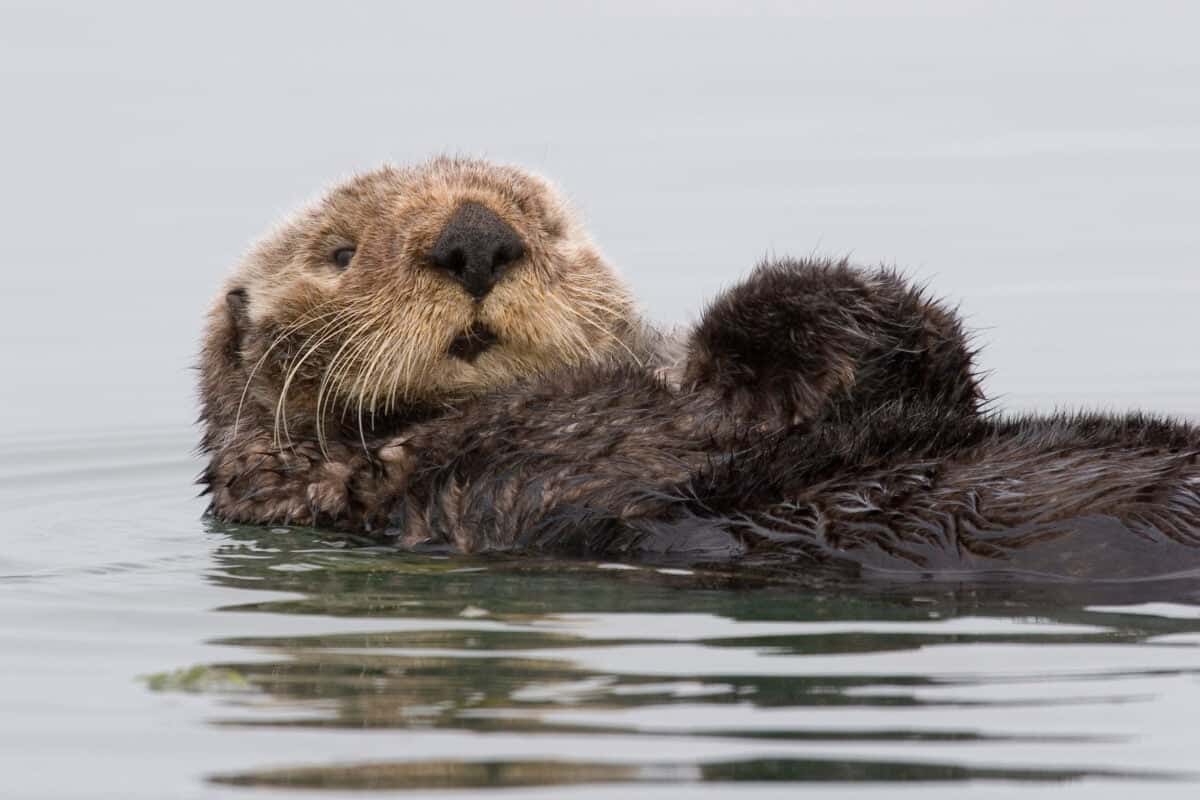
#73 Cooper’s Hawk – A nimble predator of the skies, adept at navigating through trees.
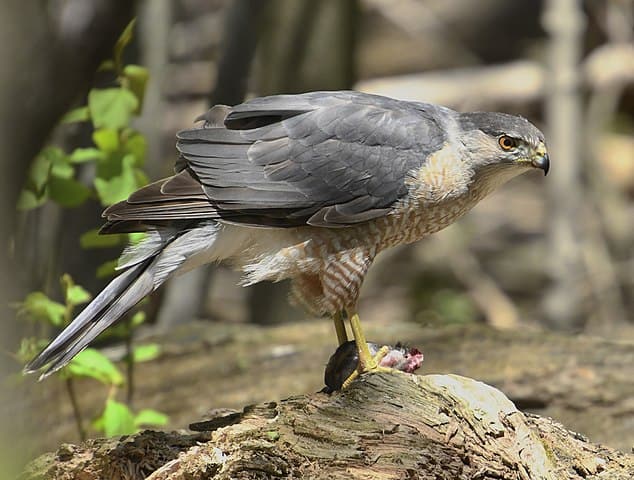
#74 Coyote – Highly adaptable canid found in nearly all habitats across North America.
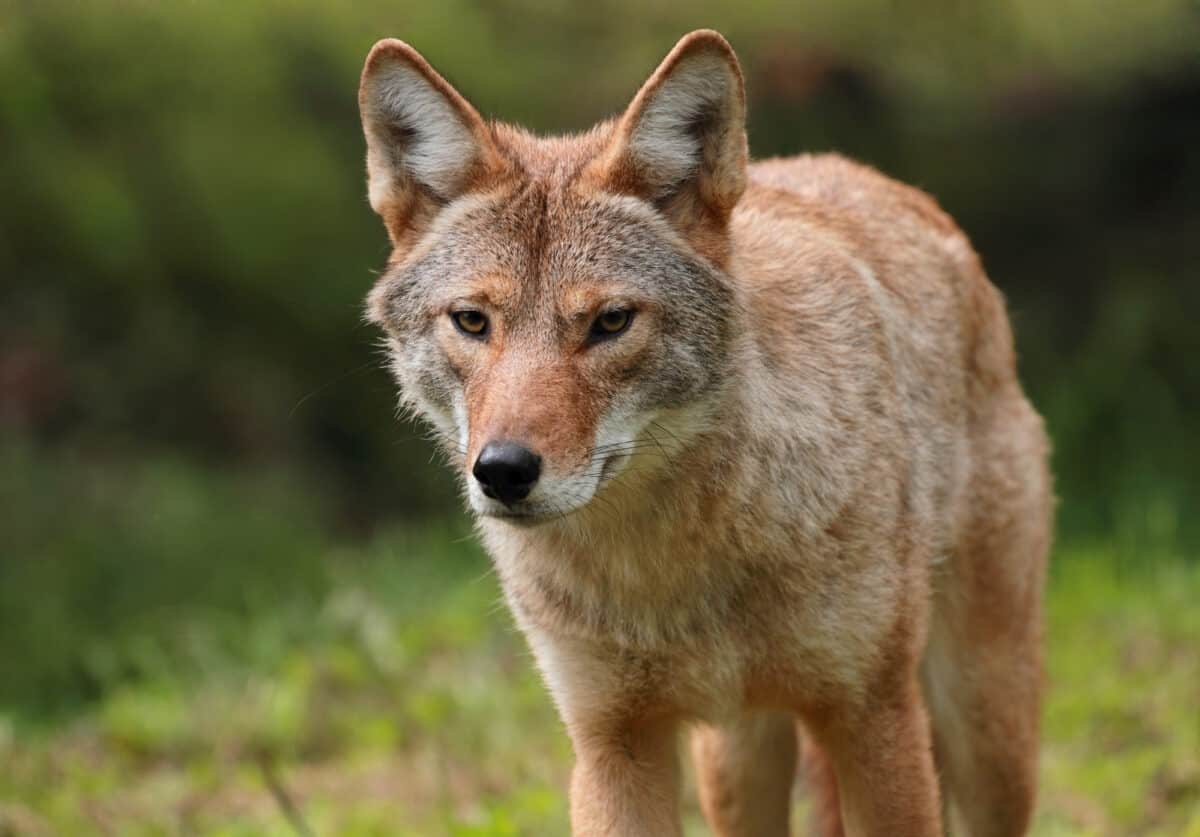
#75 Pacific Salmon – Includes several species crucial to both ecosystems and local economies.
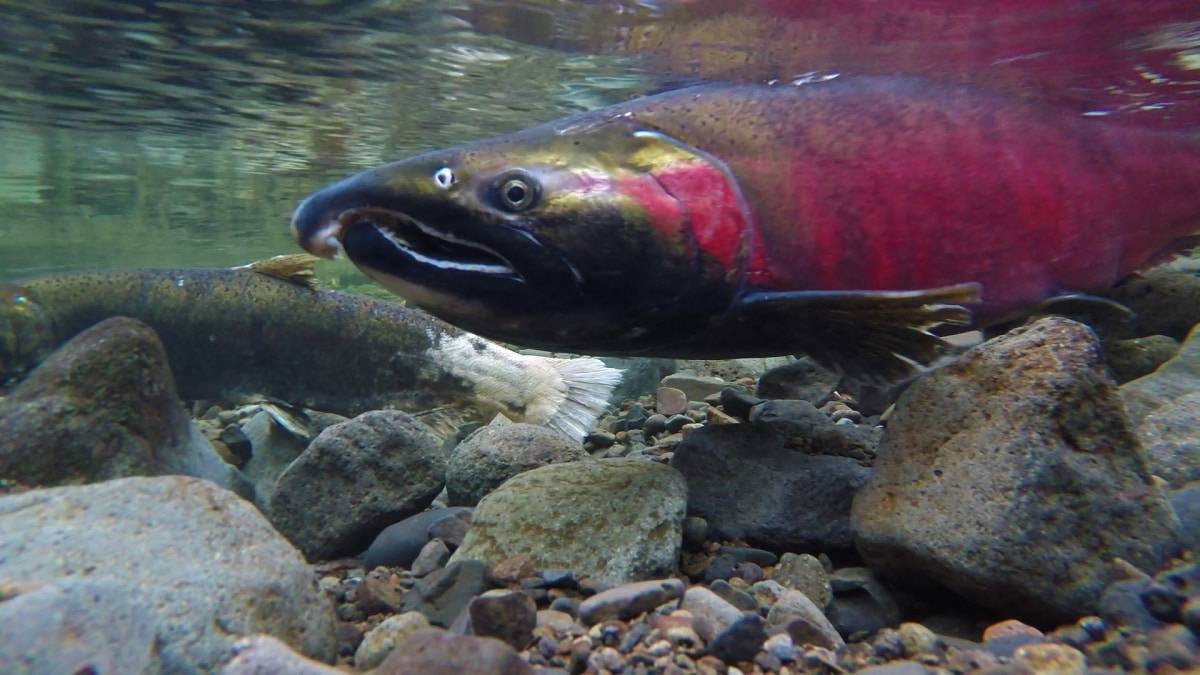
#76 Canada Lynx – A northern feline with tufted ears and large paws for snow.
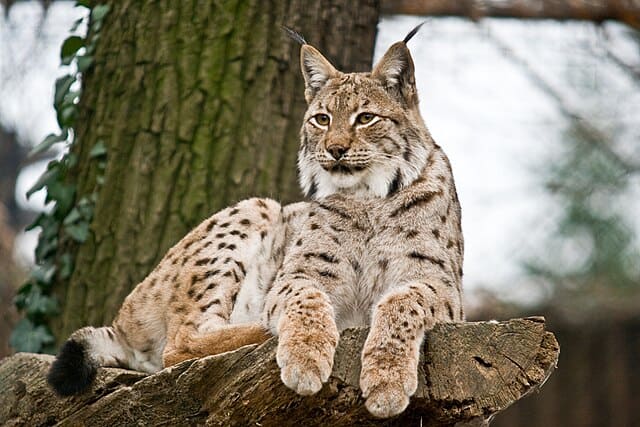
#77 American Woodcock – A ground-dwelling bird known for its unique “peent” sound and sky dance.
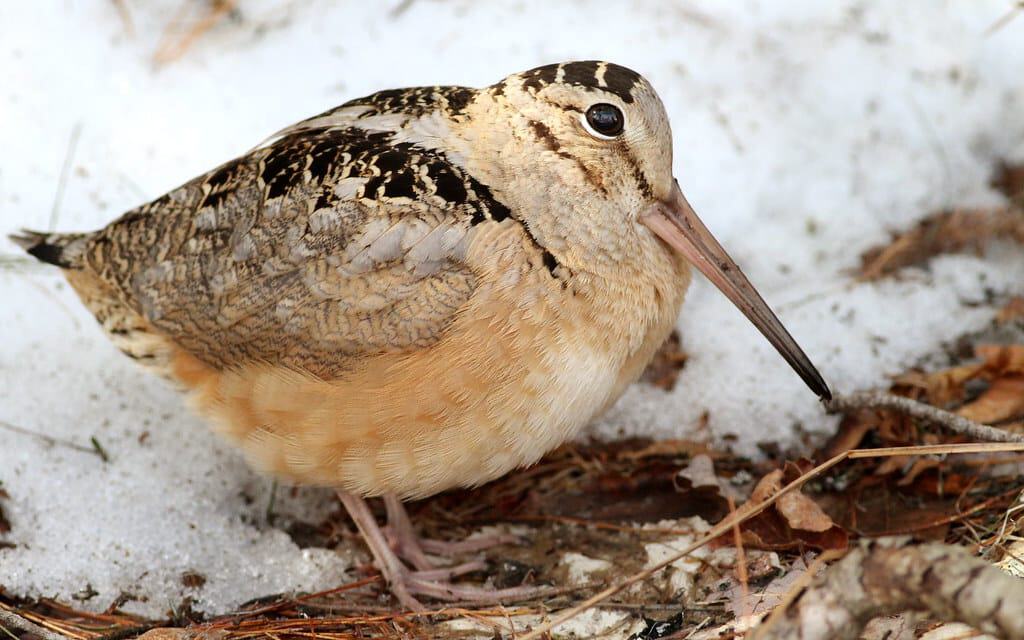
#78 Striped Skunk – Famous for its defensive spray, a common sight across the continent.
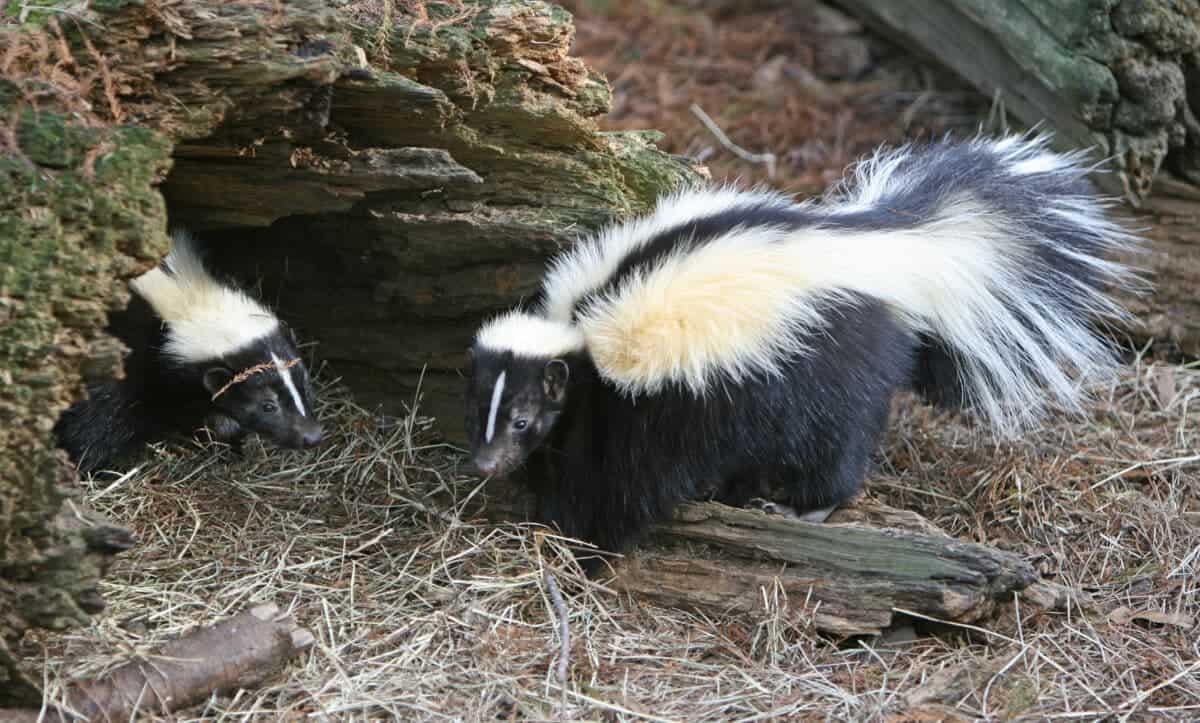
#79 Western Diamondback Rattlesnake – A venomous snake known for its striking pattern and aggressive defense.
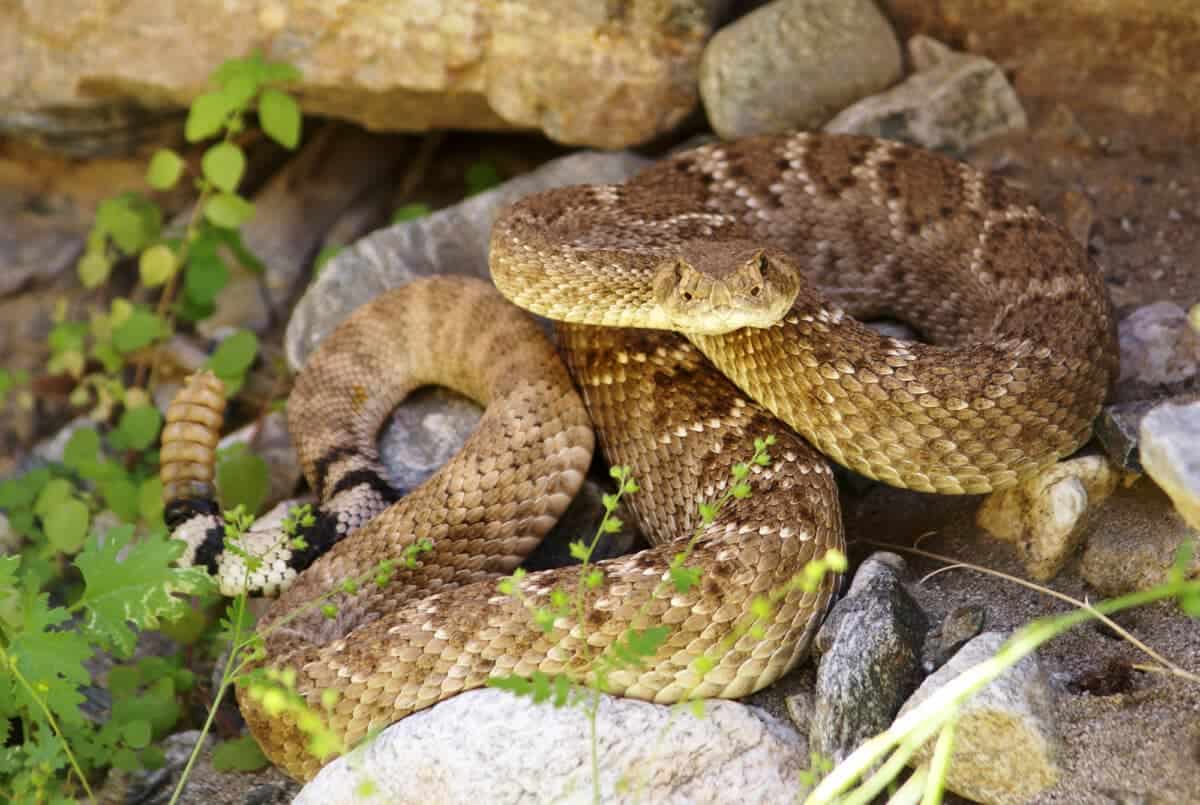
#80 North American Beaver – Renowned for its dam-building and ecosystem engineering capabilities.
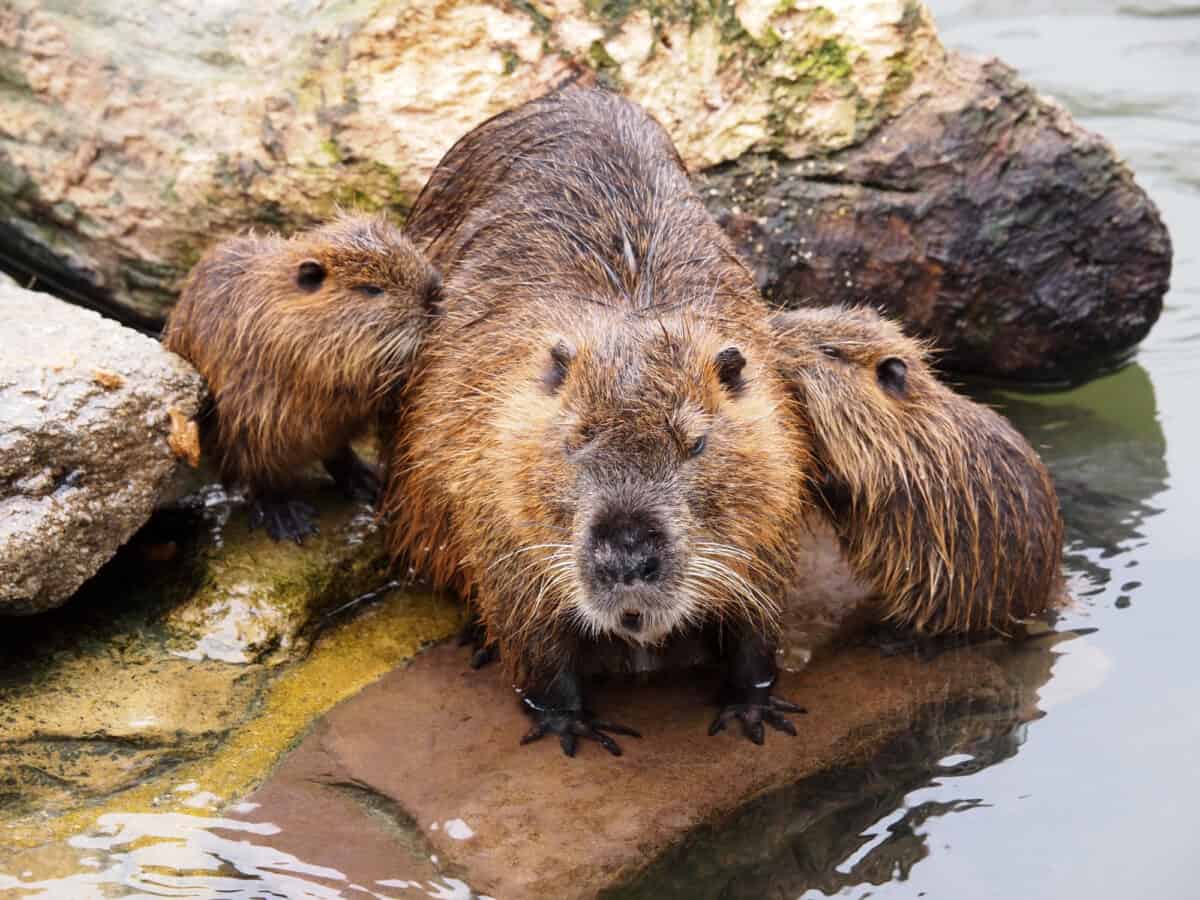
#81 Mourning Dove – A widespread bird with a distinctive, sorrowful call.
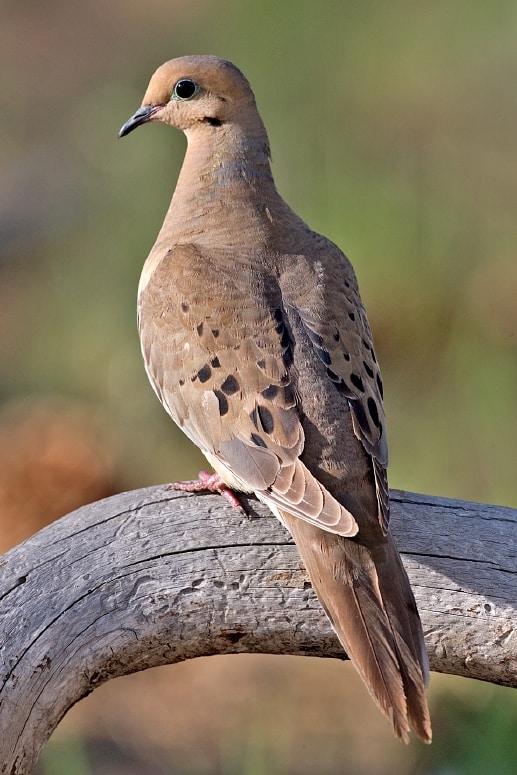
#82 Eastern Grey Squirrel – Ubiquitous in forests and urban areas, known for its agility and hoarding habits.
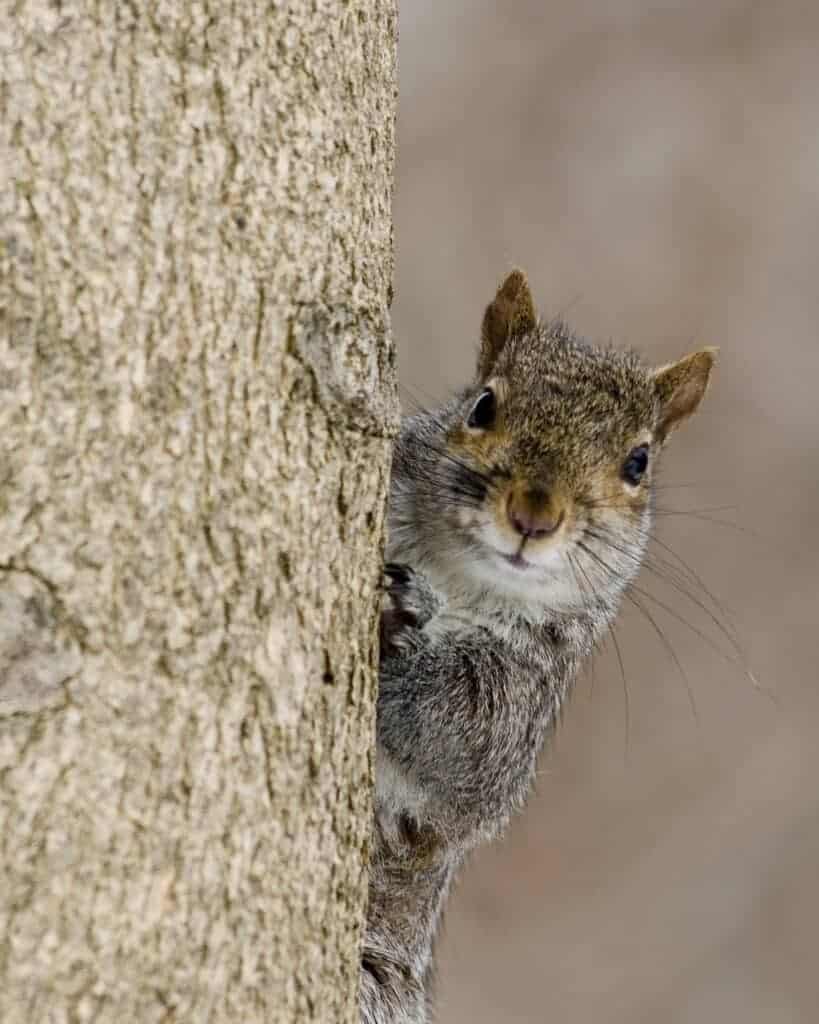
#83 Blue Jay – A brightly colored bird known for its intelligence and complex social systems.
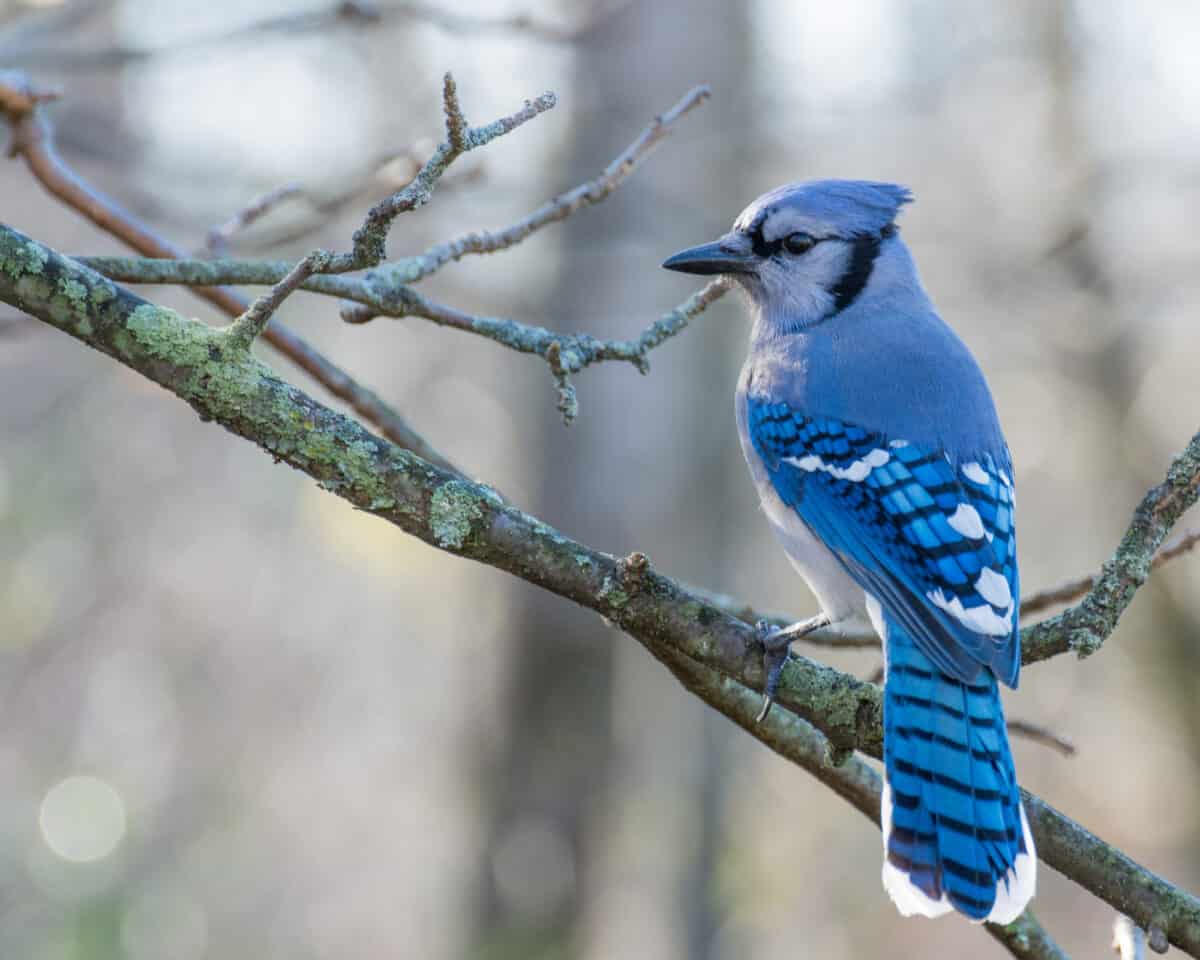
#84 American Goldfinch – Recognized by its vibrant yellow plumage during the breeding season.
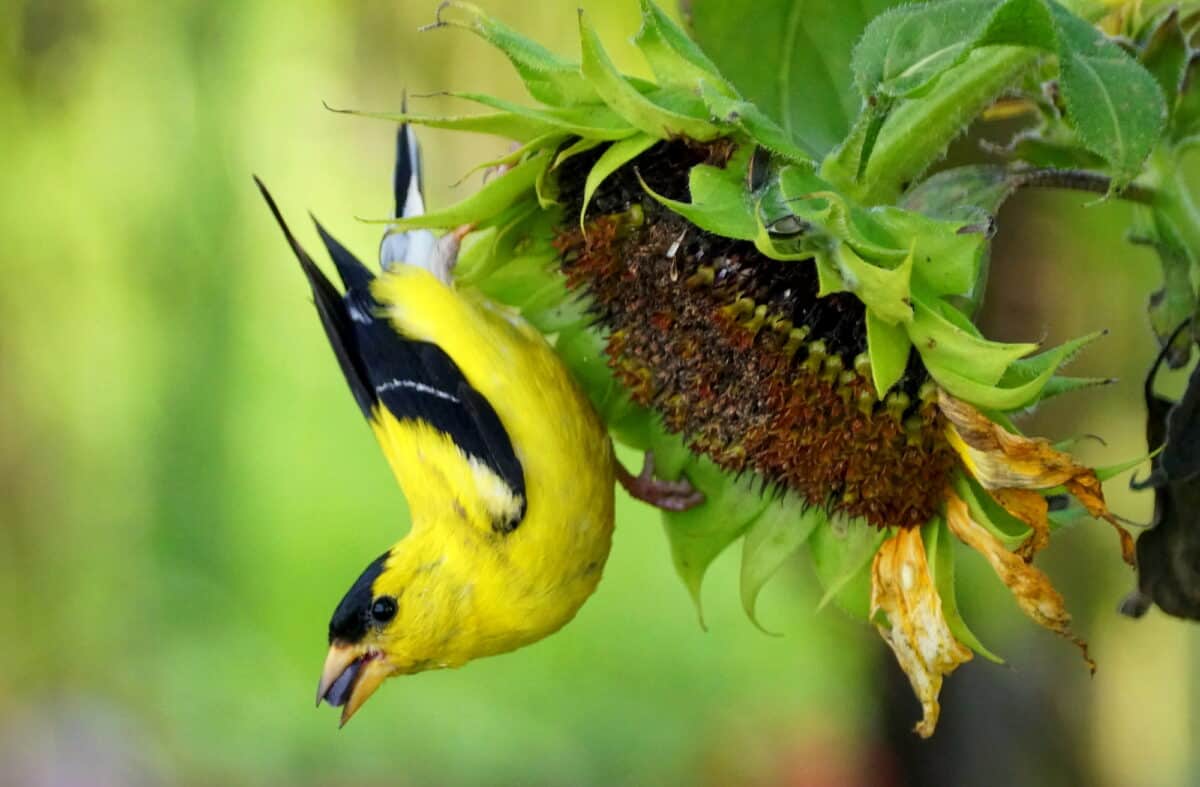
#85 Painted Turtle – A widespread freshwater turtle with a colorful, decorative shell.
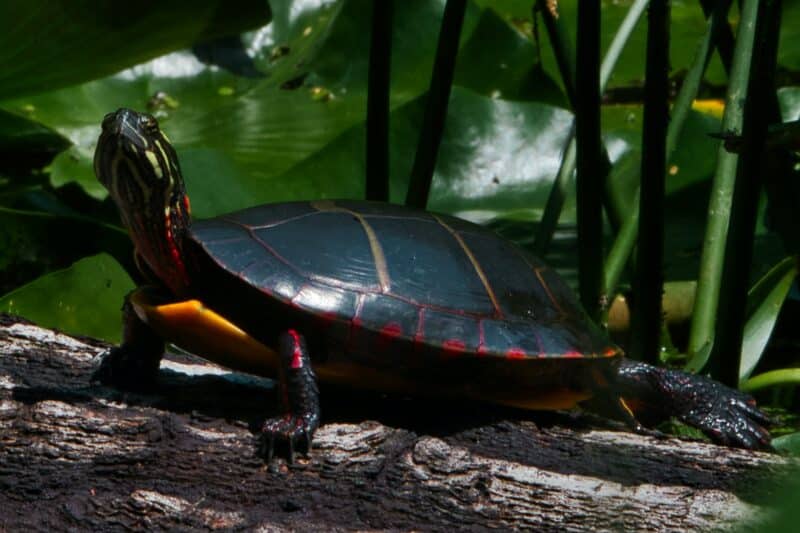
#86 Prairie Dog – A social, burrowing rodent, vital for grassland ecosystem health.
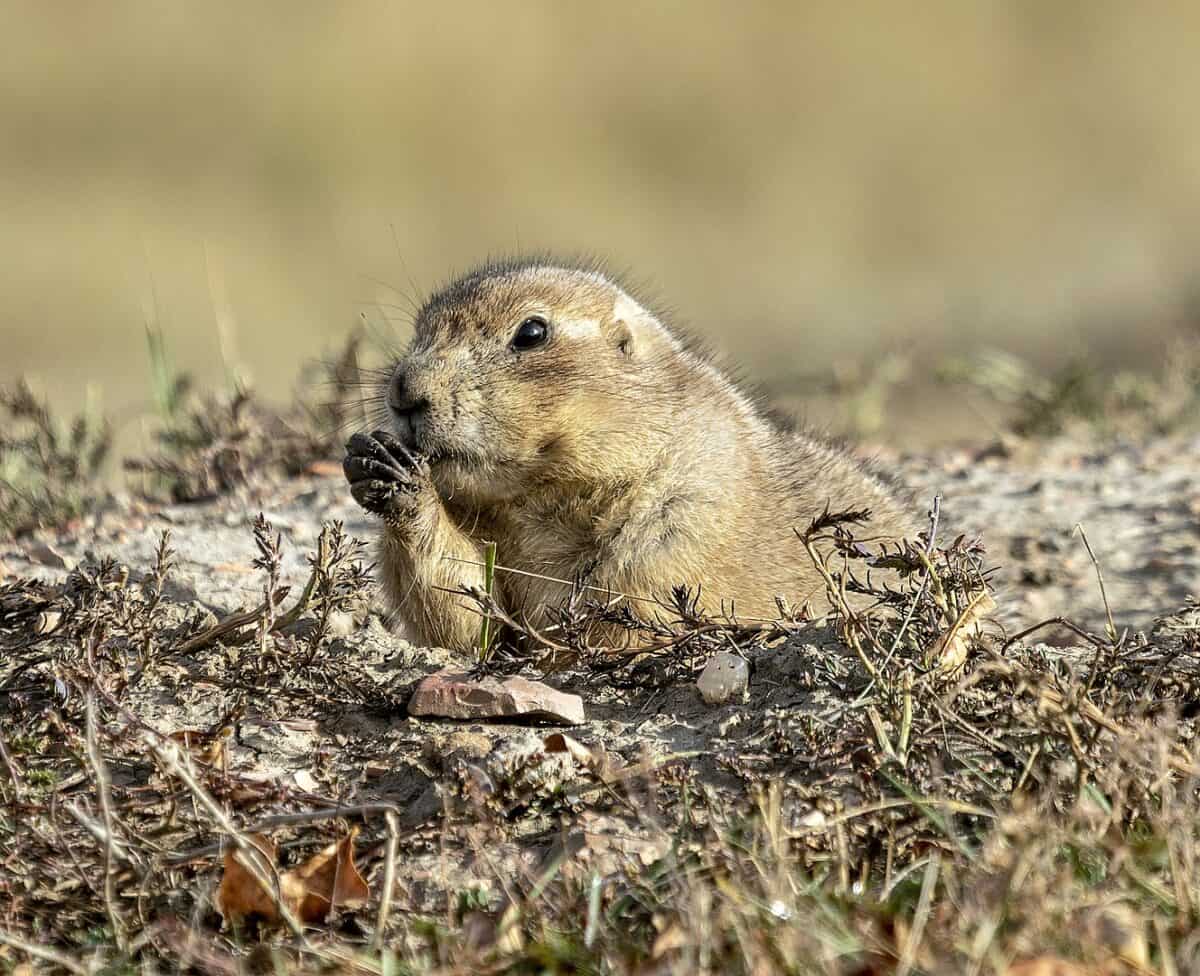
#87 Snowshoe Hare – Known for its large back feet and seasonal color change for camouflage.
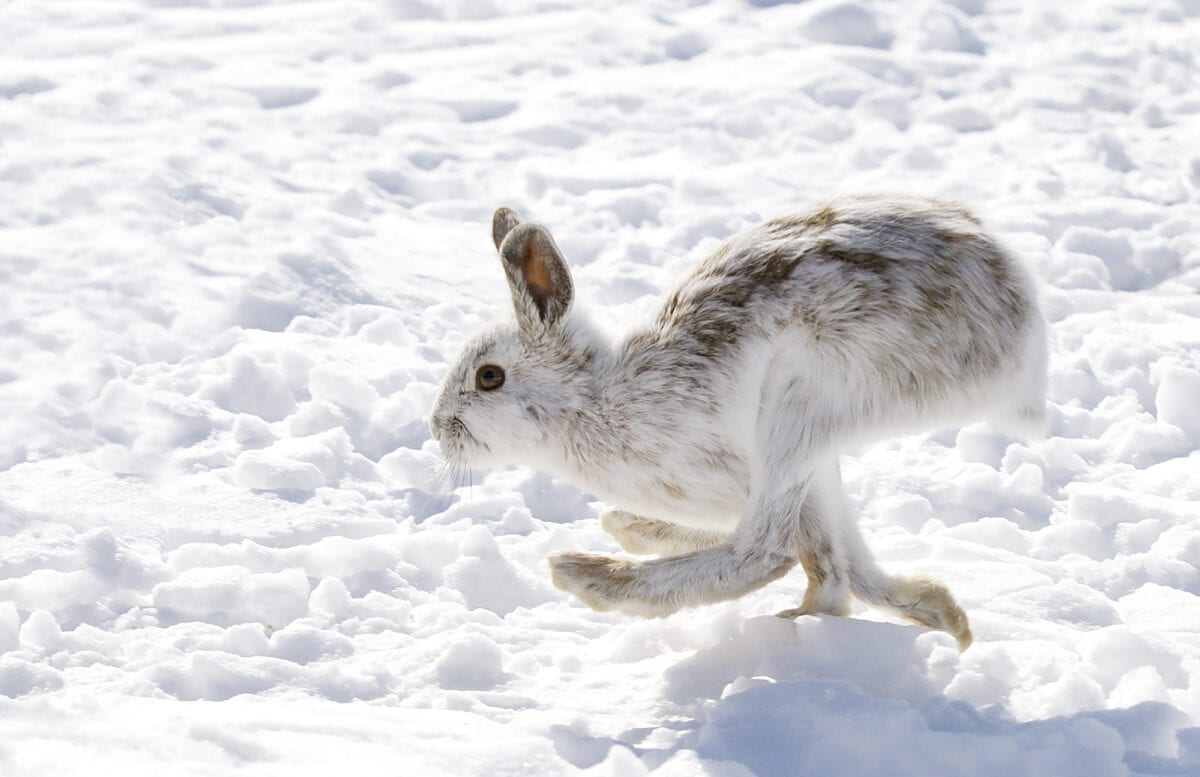
#88 Red-tailed Hawk – A common bird of prey, recognized by its reddish tail.
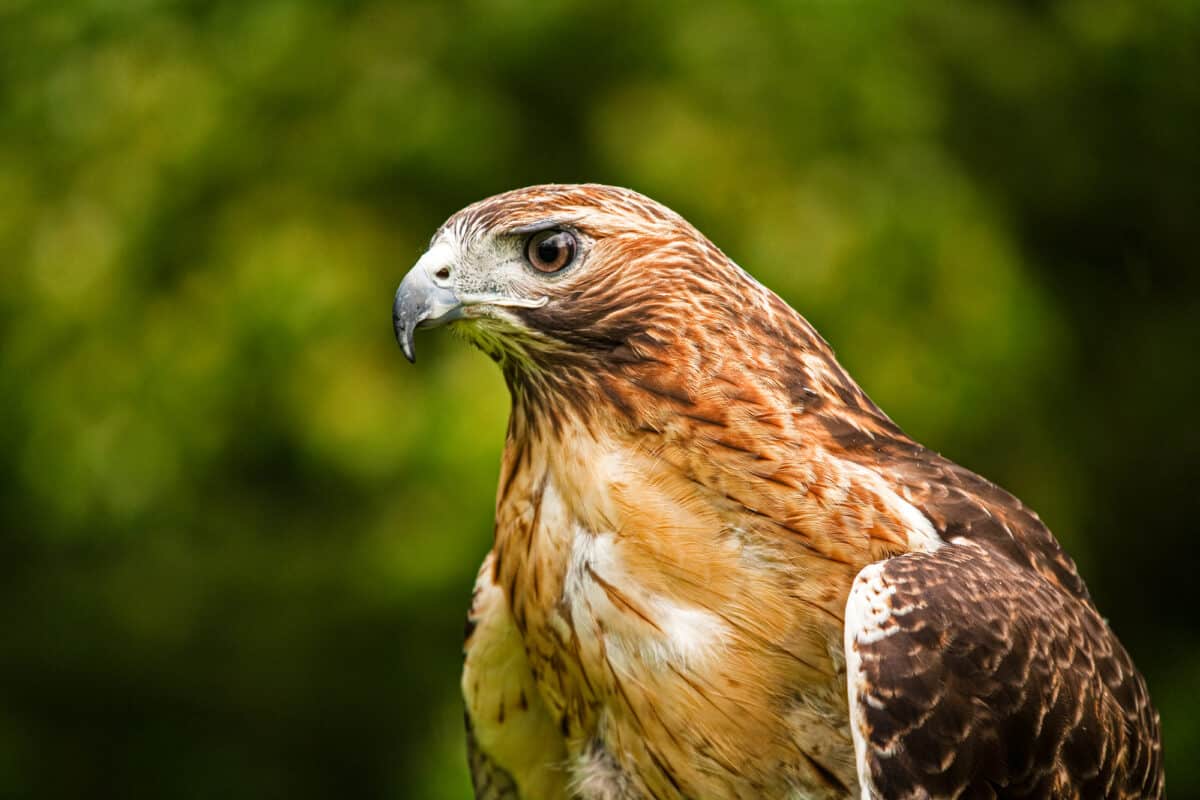
#89 Yellowstone Wolf – An adorable hunter
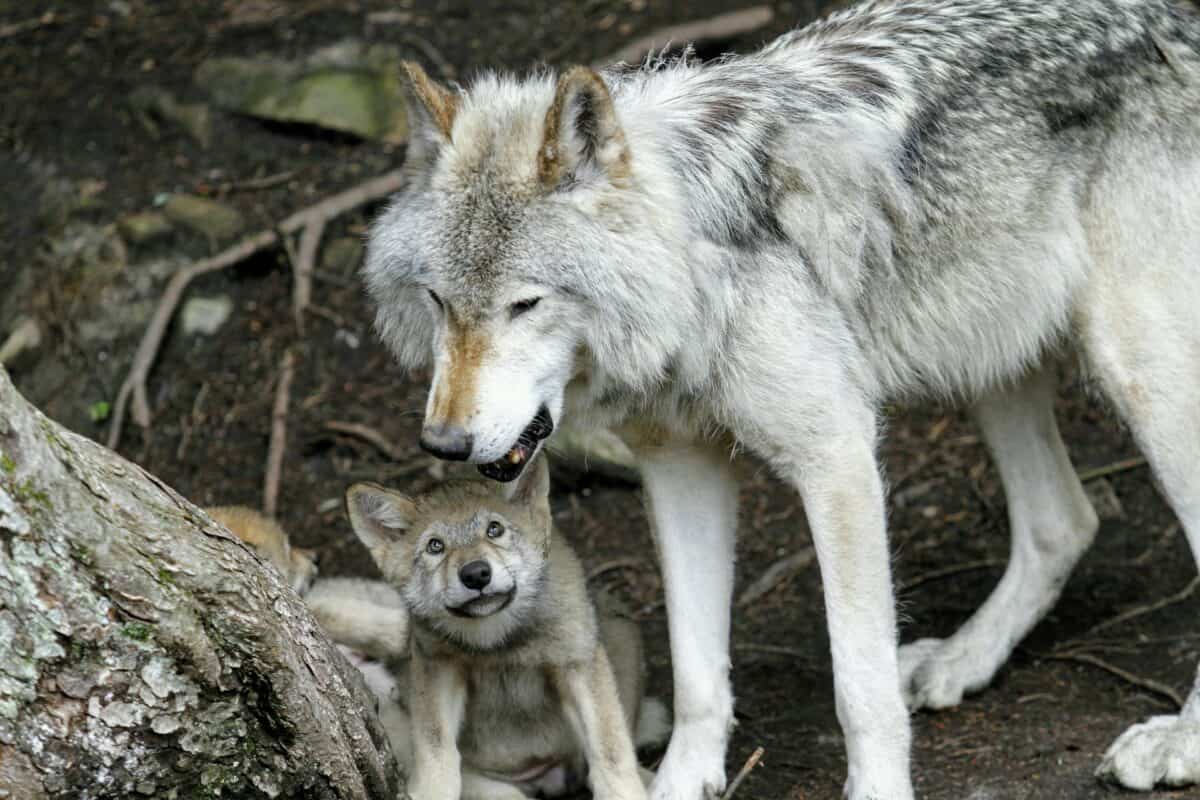
#90 Northern Goshawk – A formidable bird of prey known for its agility in dense forests.
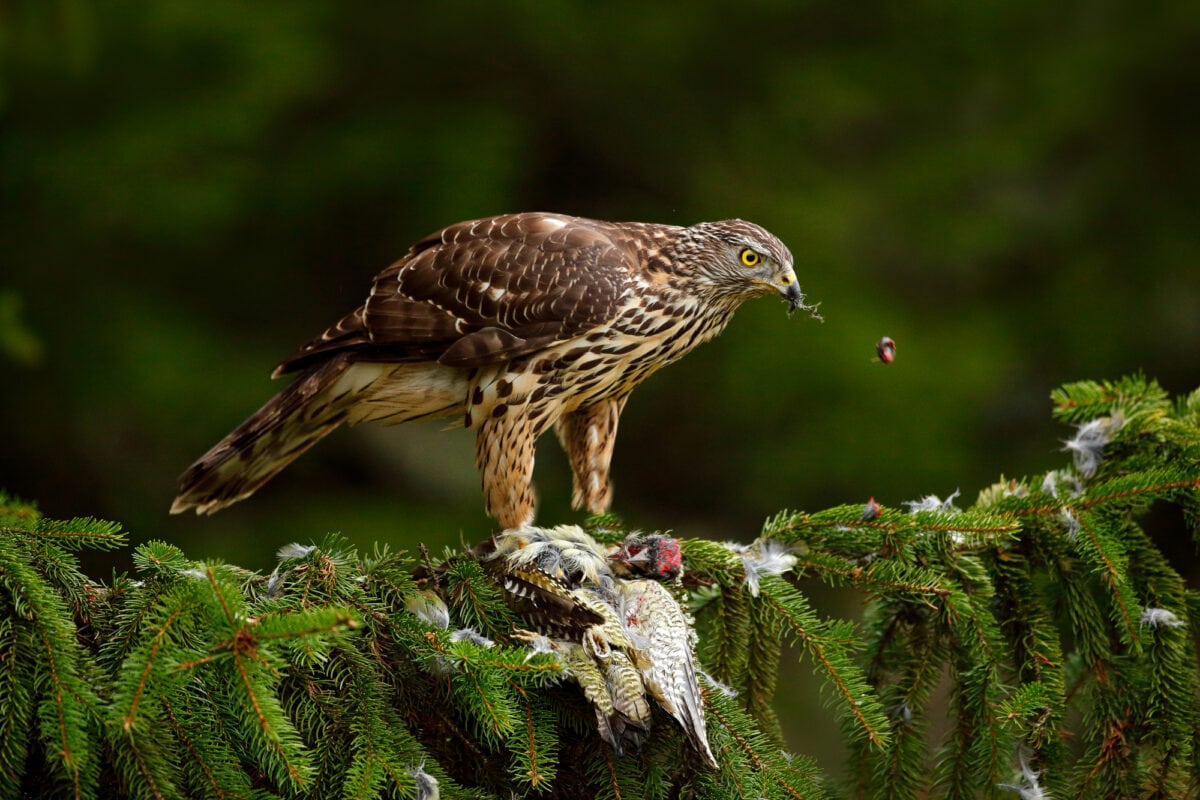
#91 Atlantic Cod – A key species in marine ecosystems, once the basis of New England’s economy.
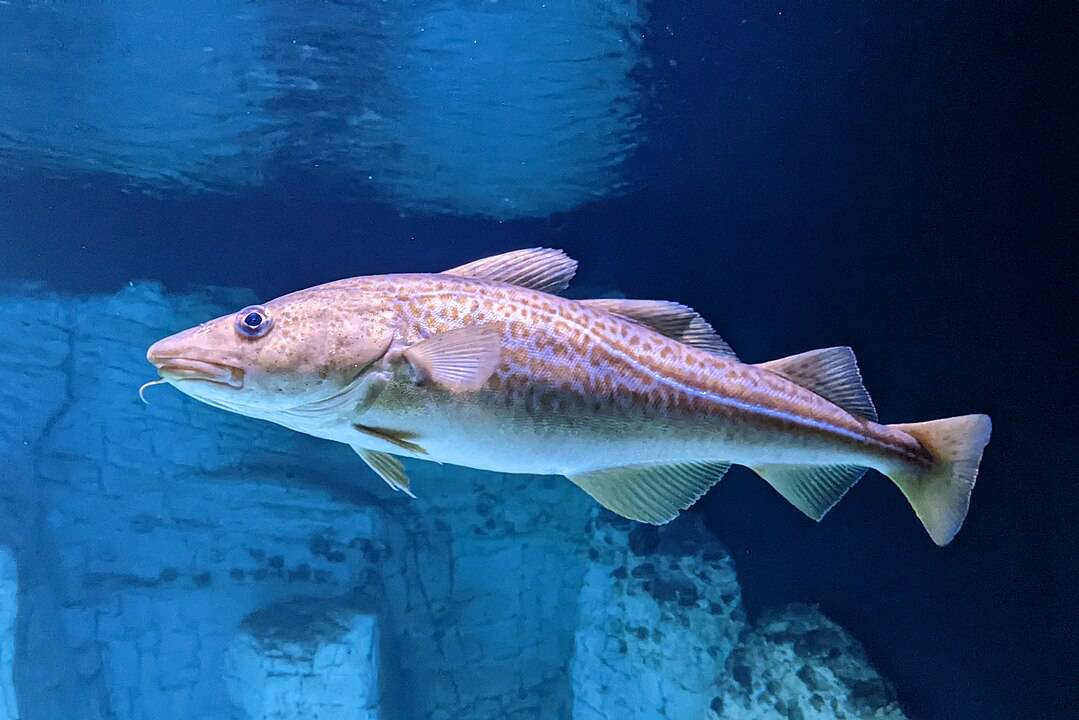
#92 Harlequin Duck – A colorful sea duck known for its unique patterns and swift river habitats.
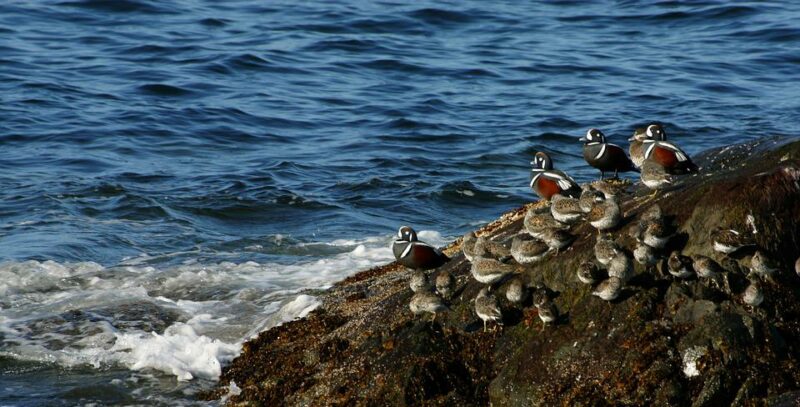
#93 Yellowstone Cutthroat Trout – A native fish critical to the ecosystem of Yellowstone, facing conservation challenges.
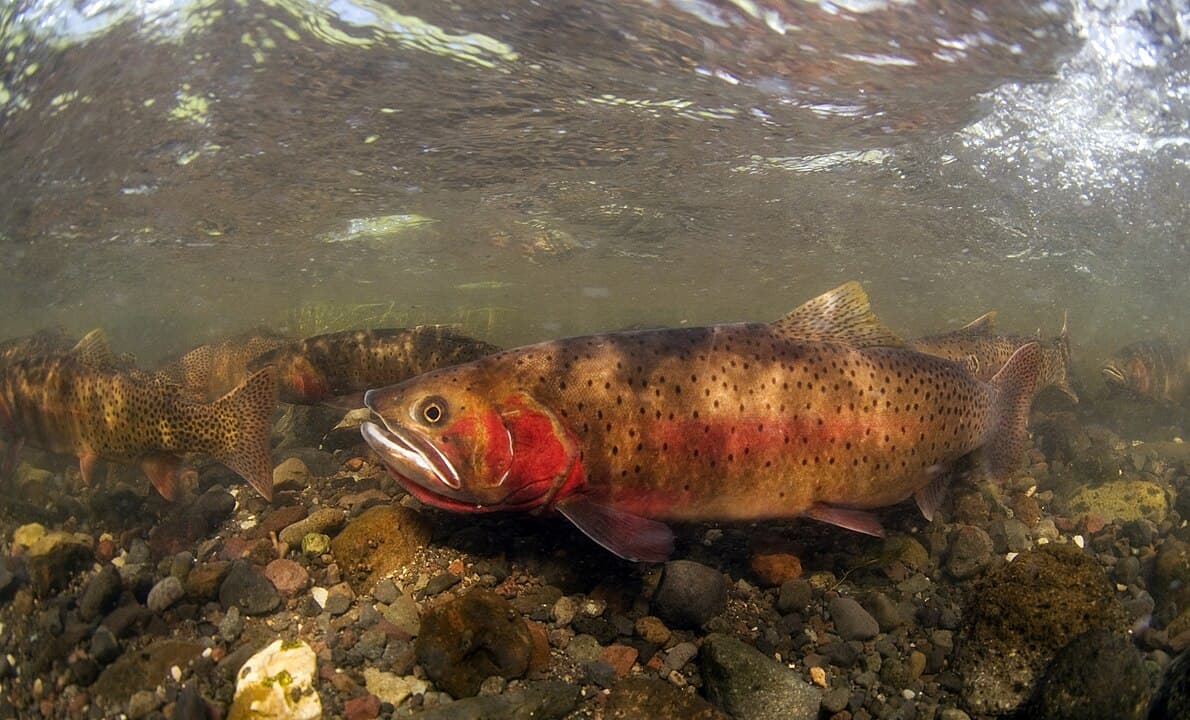
#94 Arctic Fox – A small, adaptable predator known for its white winter coat.
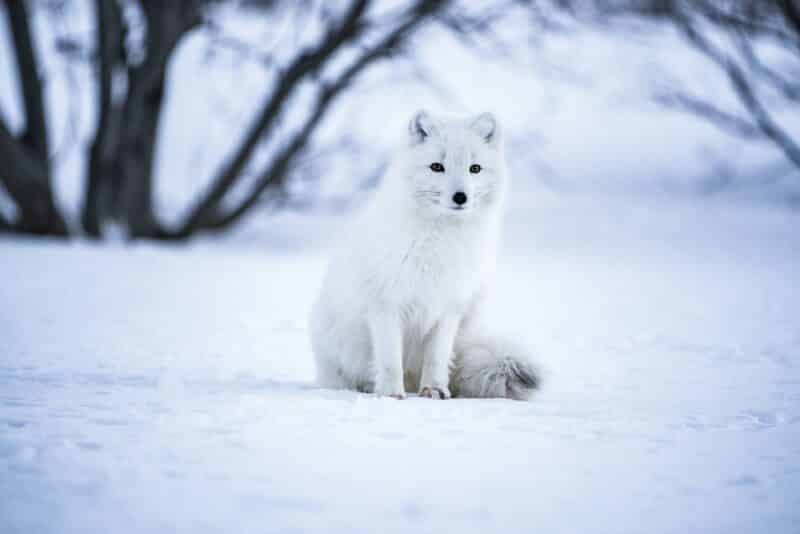
#95 Loggerhead Sea Turtle – A marine turtle known for its long migrations and critical role in ocean ecosystems.
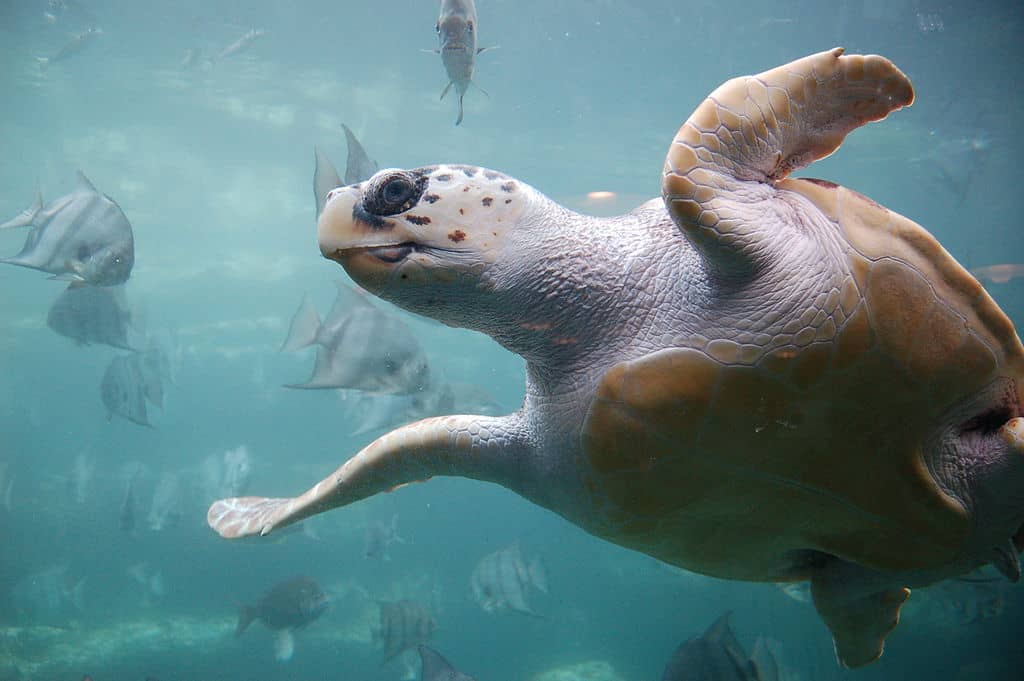
#96 Greater Sage-Grouse – A bird known for its elaborate mating dances and dependence on sagebrush habitats.
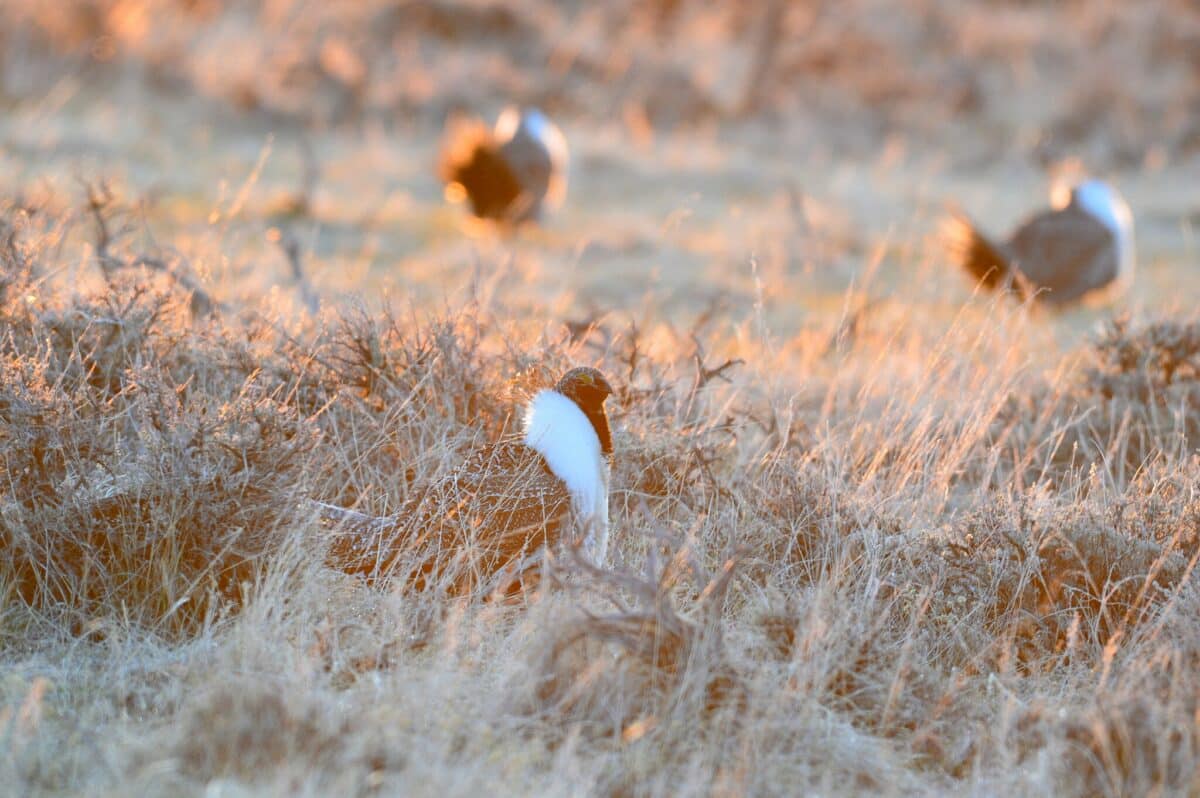
#97 Green Anaconda – Among the largest snakes in the world, found in wetlands and slow-moving streams.
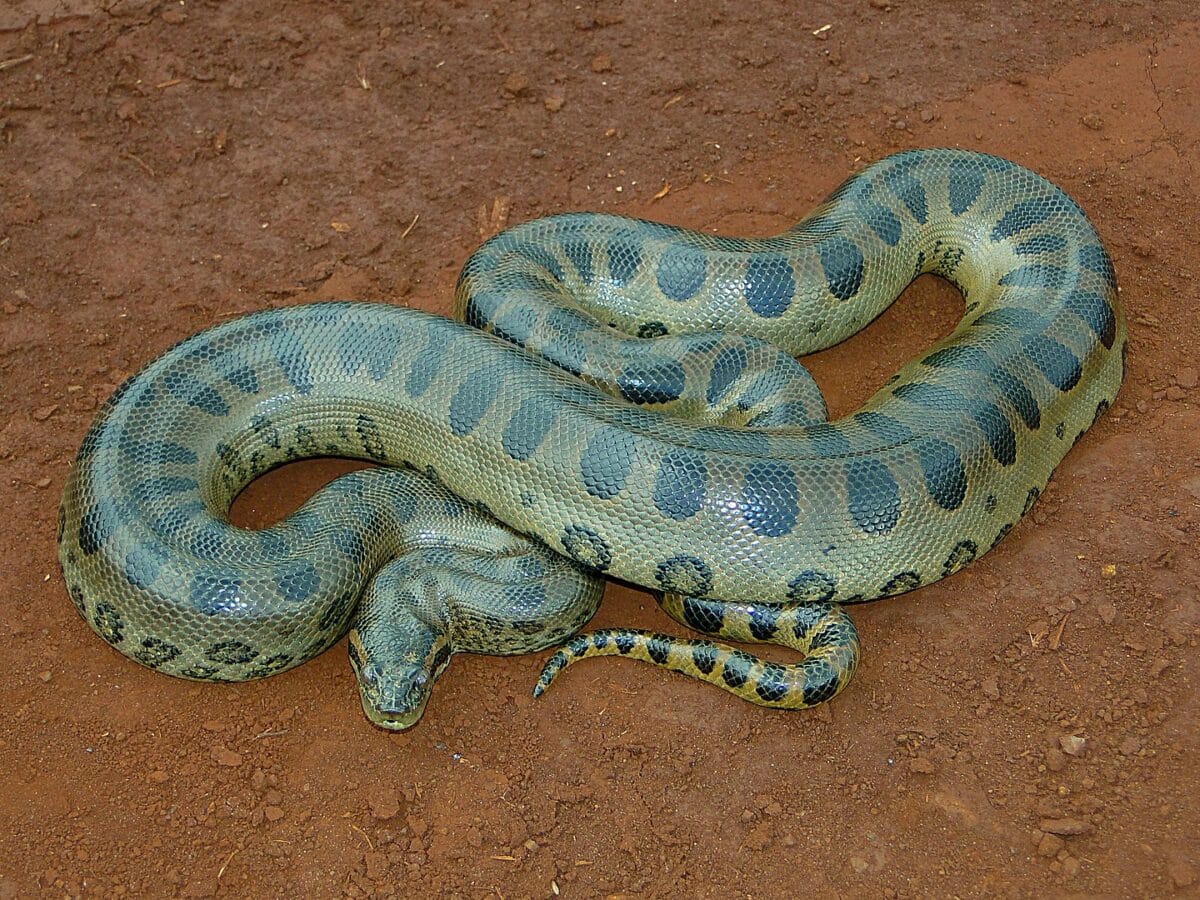
#98 Timber Rattlesnake – A venomous snake with a historical presence in American folklore.
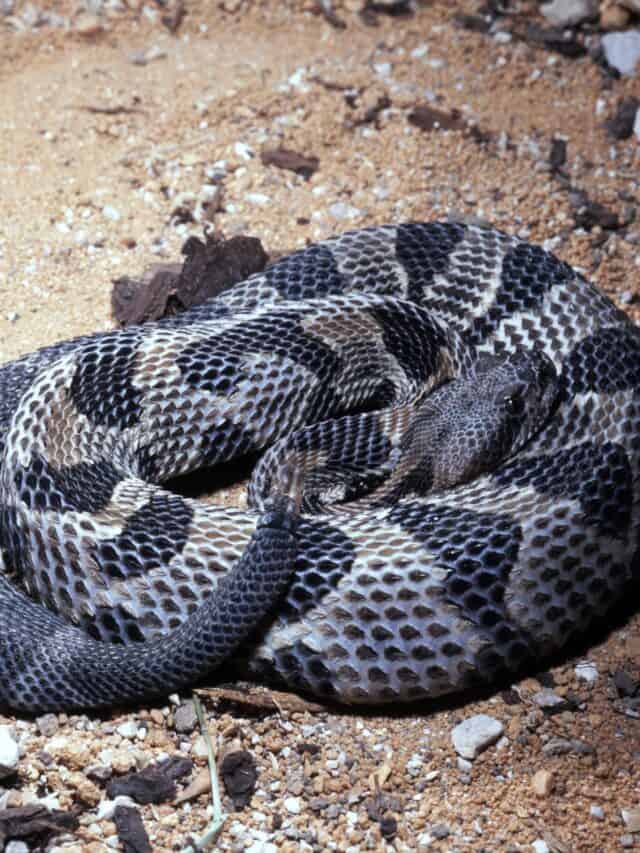
#99 American Blue Lobster – A significant species for the North Atlantic fishing industry, known for its large claws.
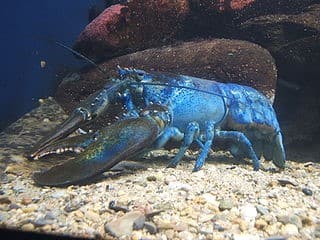
#100 Bald Eagle – can it get more iconic?
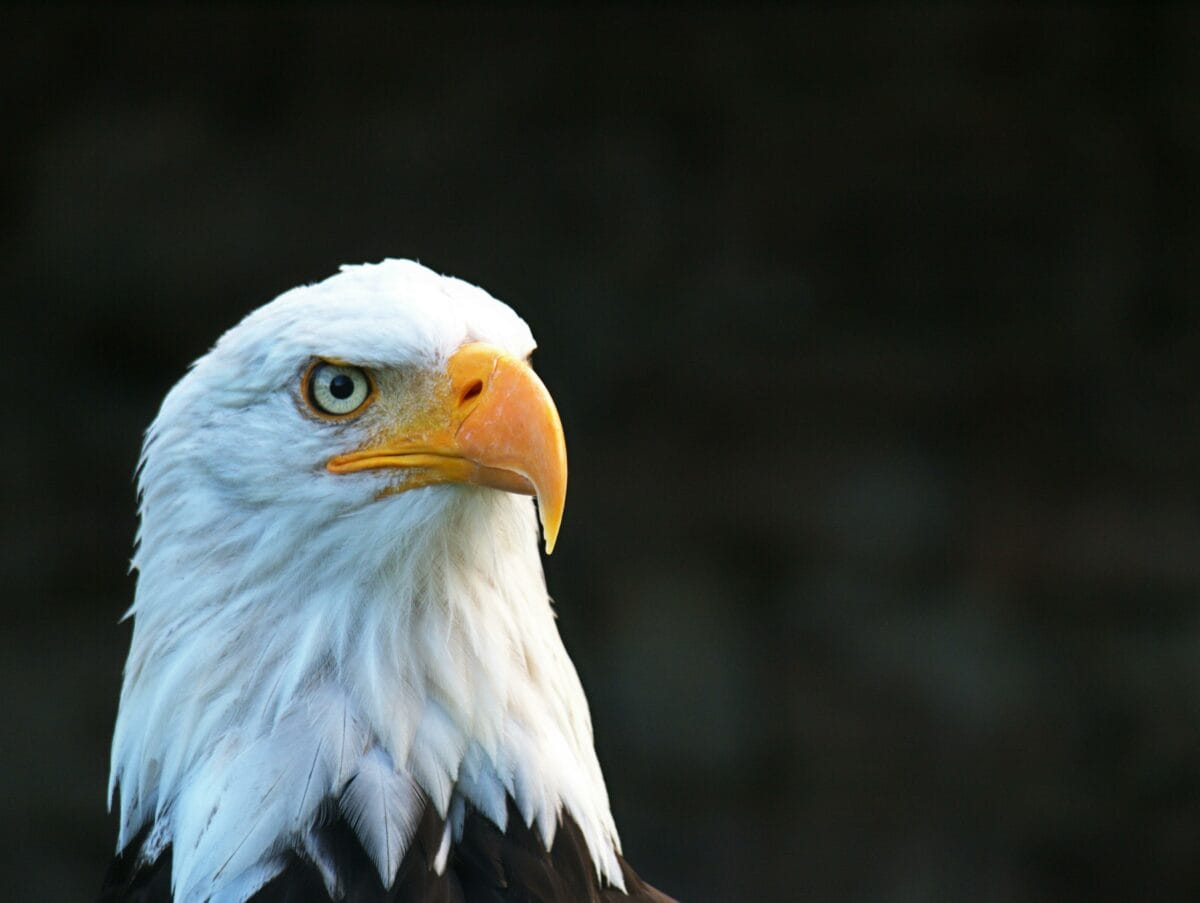
We hope you liked this list on the 100 Most Extreme Animals in the USA. Follow, like and share for more!
Any feedback? Use the comments.
Latest posts by Jan Otte (see all)
- Animals That Start With I - May 2, 2024
- Animals That Start With V - May 2, 2024
- Animals That Start With Y - May 2, 2024

